Off-season grades: Southeast Division

With most of the summer already in the books, SI.com is grading each team's off-season performance as well as examining their best and worst moves. Today, Rob Mahoney breaks down the Southeast Division.
Atlanta Hawks
Best move: Nabbing Tiago Splitter for an irrelevant, top-55 protected draft pick. It pays to have cap room at the right time—and to have a long-standing relationship with a franchise looking to unload the salary of a quality player.
Worst move: Bidding high to acquire Tim Hardaway Jr., a player with no discernible record of passing or defending at an NBA level.
Analysis: In a way, the Hawks became the victim of their own shrewd negotiating in past summers. Paul Millsap and DeMarre Carroll both entered the off-season as unrestricted free agents just two years after coming to Atlanta. Both had significantly outperformed their modest contracts (Millsap earned $19 million over two years and Carroll just $5 million) and proven their value to the organization. Yet Atlanta was faced with a complicated proposition: Due to the fact that Millsap and Carroll had only been with the team for two years, the Hawks didn’t have full Bird rights for either player and would thus need to dip into their cap space to re-sign them at competitive rates.
Off-season grades: Atlantic Division
There wasn’t the room. Signing two free agents of this caliber to market deals would have demanded breaking up the core of the team. Instead, the Hawks brought back the more indispensable player of the two (Millsap) after Carroll had committed to a contract elsewhere that would have been far out of their price range. One of the best, most prolific starting lineups in the league last season lost its go-to perimeter defender and beating heart.
Carroll won’t be easily replaced. Part of the effort to do so, however, came preemptively; weeks before Carroll agreed to join the Raptors, Hawks coach and newly named team president Mike Budenholzer traded the team’s first-round pick for Knicks wing Tim Hardaway Jr. You’d be hard-pressed to find a swingman less like Carroll. Hardaway is a problem defender who yearns to create and holds the ball much longer than he should. Carroll was effective for the Hawks precisely because he worked hard, channeled his energies well, and didn’t have any presumptions about role or touches. It’s going to take some serious developmental work before Hardaway looks like a piece that could fit comfortably in Budenholzer’s system, making him a strange acquisition even before considering that the Hawks gave up more to acquire him than most any other team would have.
• MORE NBA: Hawks players helped with color scheme
Whether Hardaway, Kent Bazemore, recent addition Justin Holiday, or a recovered Thabo Sefolosha ultimately winds up filling Caroll’s spot in the starting lineup, the Hawks know they’ll need to compensate for the difference elsewhere. Millsap, Al Horford, Kyle Korver, and Jeff Teague will all be integral in that effort. So, too, will Tiago Splitter— a quality two-way center on a bargain deal (Splitter will make $17.4 million over the next two seasons) who cost the Hawks no real asset to require. When San Antonio needed to clear Splitter’s salary from its books to make room for LaMarcus Aldridge, Atlanta jumped at the chance. Getting a player this good on a contract this friendly would likely not have been possible through other means. Only by way of the Spurs’ specific need could Atlanta land a third big who could support Millsap and Horford with stout defense in space and hard rolls to the rim.
Grade: B
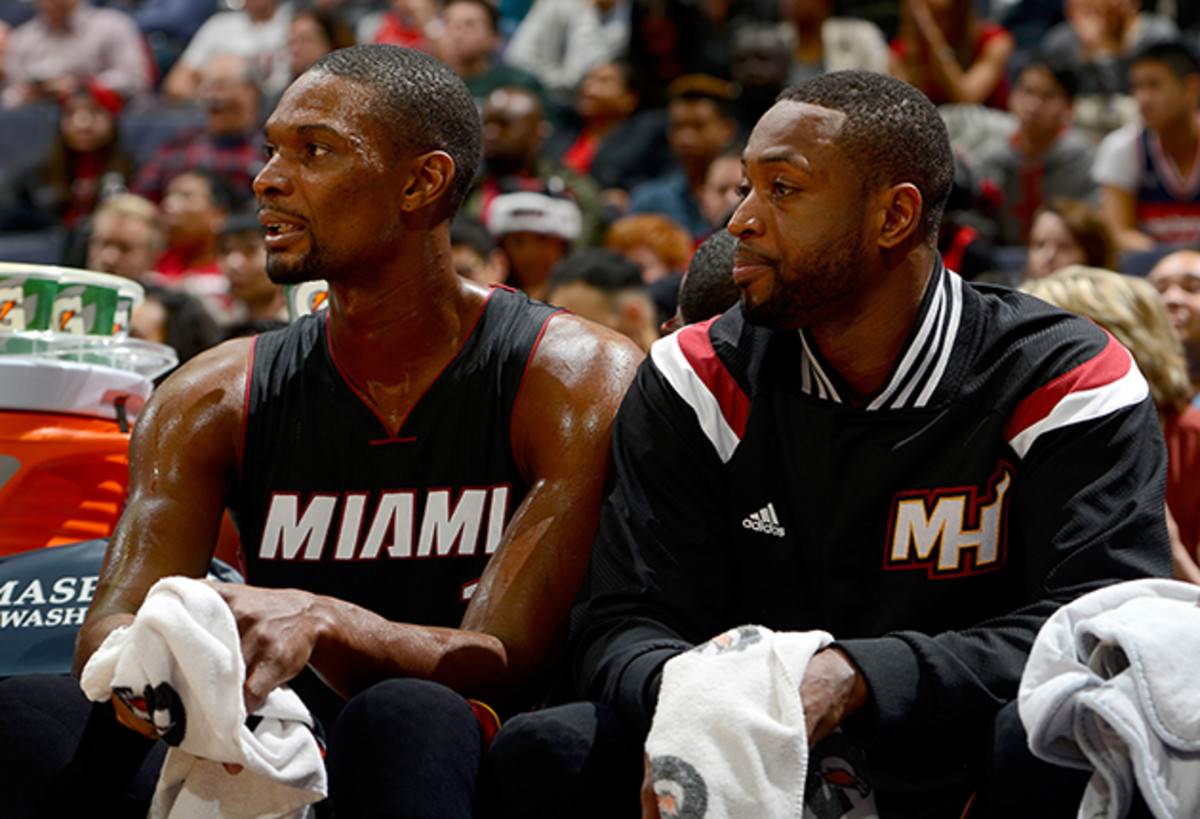
• MORE NBA: Heat's Chris Bosh: 'I'm ready to play'
Miami Heat
Best move: Maintaining their well-balanced starting lineup by re-signing Goran Dragic (whose exit would have been a sunk cost disaster) and Dwyane Wade (who has been the face of the franchise since 2003).
Worst move: Failing to unload other flotsam for luxury tax savings and instead bailing early on second-year guard Shabazz Napier.
Analysis: There is an alternate version of Miami’s off-season that ended in disaster. The potential for the departure of Goran Dragic after only a few months with the team, Dwyane Wade’s defection after 12 years in South Beach, Luol Deng declining his player option to sign elsewhere, and Chris Bosh’s health taking a turn for the worst put the Heat in a precarious place. All, instead, worked out for the best. Dragic didn’t just re-sign but did so at a relative bargain on the front end of his deal. Wade was made whole with a one-year, $20 million contract. Deng picked up his option without so much as a stir and Bosh appears to be well on his way to a full recovery after last season’s blood clot scare.
All of that broke right for Miami, as did draft night. Most well-sourced mock drafts had Duke wing Justise Winslow slotted to go somewhere between the fourth pick in the draft and the seventh. Miami landed him at No. 10—a coup of a selection from a value perspective and a means to bring youth to a veteran roster. Winslow might not play big minutes in his rookie season. That won’t be a problem in the slightest if he eventually turns out to be the kind of big-time player many scouts suspect he might. We can’t yet assume that Winslow will be a star, though there’s something to be said for giving a smart, well-run franchise the right kind of raw materials. Prospects of this caliber don’t often fall into the lap of a team sitting patiently at No. 10.
Dwyane Wade is an unstoppable dodgeball force
Regardless if Winslow plays a significant, immediate role, Miami stands to be a noticeably deeper team this season. Better health alone would go a long way in providing that; few teams could survive the rash of injuries that cost Bosh 38 games, Wade 20, Deng and Whiteside 10 apiece, and a fully functional Dragic. A new season brings that group a cleaner bill of health, the full-time return of 2014 signee Josh McRoberts, and a few other savvy additions. Amar’e Stoudemire is a bothersome defender but could make good sense for Miami on the minimum. Gerald Green fulfills every bit of the one-way-player archetype, though his value as a spot scorer should give the Heat some nice punch off the bench. Considering how cost-conscious Miami was made to be by its expensive roster, these are solid—if also implicitly imperfect—gets.
To offset their summer spending, the Heat attempted to find takers for Chris Andersen’s $5 million salary and/or Mario Chalmers’s $4.3 million salary. Both are quality players, still, yet more costly for Miami due to its luxury tax positioning than they would be to some other team. The Heat never found a taker. As a more desperate means of trimming its tax bill, Miami ended up trading 2014 draftee Shabazz Napier. This isn’t exactly a devastating loss. Napier is a 24-year-old point guard coming off a rookie season in which he showed little demonstrable value. What the Heat sacrifice, however, is the ability to see Napier’s development through—the luxury of discovering whether his shooting and confidence off the dribble could be translated into something lasting. That’s worth more than a season of Chalmers or Andersen in terms of absolute value. Yet the tax compelled Miami to bail on Napier in a deal that returned no real basketball assets.
Miami will live. This entire roster has been structured to make a run at the present, positioning the Heat to compete for the conference finals or better in the case that Cleveland falters. Napier, then, is a mere concession to appease the Heat’s need for both basketball immediacy and financial relief.
Grade: A-
Washington Wizards
Best move: Acquiring Jared Dudley, a valuable rotation piece, from the Bucks for virtually nothing.
Worst move: Losing Paul Pierce and the shot creation, lineup versatility, and leadership he provides.
Analysis: This was a relatively tame summer for the Wizards, who will return much of the same roster under revised guiding principles. We can expect more small ball now that head coach Randy Wittman seems finally to have relented to it; spacing the floor with shooters made the Wiz a different, more potent team in the playoffs, a jolt that should help this roster of shooters and athletes get where it has long needed to go.
The kink in that plan is the loss of Paul Pierce—the savvy wing-turned-stretch-four who made Washington’s transition possible. Pierce had the strength to make him a credible physical challenger to opposing bigs; bodying up Pierce is never as fruitful an endeavor as it might seem. Pierce also defends the floor well after years of employing zone principles in Boston, supporting his physical ability with conceptual understanding and learned rhythm. Many stretch fours do their teams a disservice by defending like a wing. Pierce was a clear and effective exception.
John Wall got a $20,000 portrait of himself for his birthday
Fortunately, Washington acquired a player who just last season fit that same, uncommon mold. Jared Dudley was a vital cog in the Bucks’ defense on similar grounds: Body type and know-how made Dudley a candidate to shift up, positionally, without suffering the kind of liability that would offset his floor-spacing value. In no way is Dudley the creator, the facilitator, or even the shot-maker that Pierce was. If you squint, though, you’ll find a player who occupies a similar space on the floor, fares even better defensively, and converted 38.5% of his three-pointers last season.
How healthy and effective Dudley will be this season is an open question. Washington acquired him via trade at no real cost but will have to endure his recovery from back surgery (still expected to sideline him another month or two) and any lingering pain or complications thereafter. If the procedure addressed Dudley’s herniated disc successfully, Washington should be positioned to continue apace with the former Buck and Otto Porter Jr. functioning as combo forwards. Otherwise, Washington might need to experiment with alternatives or revisit their more traditional alignment.
The signing of Alan Anderson and Gary Neal suggests that the Wizards would take the former option seriously. A team can’t go small on any kind of consistent basis without the necessary wing talent. Anderson and Neal (along with rookie Kelly Oubre) bolster those ranks with varying skills and positional flexibility. Bringing back Drew Gooden, who gave the Wizards serviceable minutes last season as a rebounder and perimeter-shooting big, also serves the same end. Washington was due for a conceptual update. Its roster now seems well on its way, even if the prospect of replacing Pierce with Dudley and co. is in itself a net loss.
Grade: B
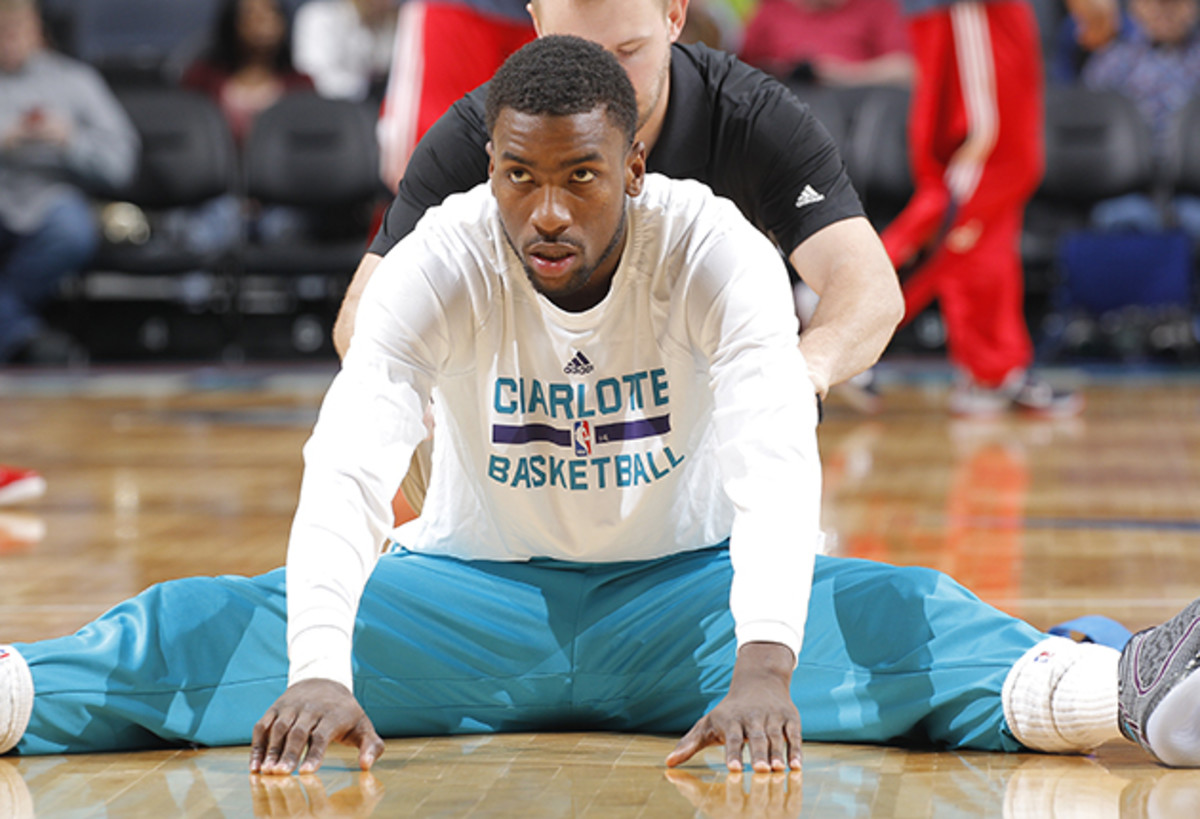
• MORE NBA: Hornets wisely lock up Kidd-Gilchrist
Charlotte Hornets
Best move: Moving on from Lance Stephenson, who had been an outright disaster in his single season as a Hornet.
Worst move: Drafting Frank Kaminsky at No. 9 when an offer of four first-round picks (No. 15, No. 16, and two future firsts) was reportedly on the table.
Analysis: Charlotte continues to scrap desperately—and at times too desperately—for the East’s eighth seed. Such is an ignoble aim in a championship-or-bust league, but it’s one the Hornets have chosen for themselves all the same. The approach isn’t without its merits; every unproven franchise has to start somewhere and most don’t have the luxury of playing the Sixers-style long game. Playoff qualification is as reasonable a goal as any for a franchise looking to make gradual, distinguishable improvement in season over season.
Where matters get more debatable are in the Hornets’ specific methods. Committing to be competitive here and now is all well and good until it leads a franchise to draft a purportedly NBA-ready big man rather than accept a lucrative offer of future draft picks. The equation gets dicey, too, when dealing away the team’s own 2014 lottery pick (Noah Vonleh) and a quality young player (Gerald Henderson) in exchange for a quality wing contributor (Nicolas Batum) on an expiring deal. Now, not only does Charlotte have a burden of proof to its ownership and its fans, but also to Batum in light of his impending free agency. Giving up lasting assets to acquire a player like Batum creates the expectation of his retention. That can manifest in overpaying or short-order departure if all doesn’t go according to plan—an unfortunate reality for many teams in Charlotte’s position.
Lance Stephenson says he was ‘humbled’ by experience with Hornets
More clear was the need to trade Lance Stephenson as soon as possible for the health of the locker room. The literal return for Stephenson wasn’t terribly important; Matt Barnes was flipped for the interesting but unproven Jeremy Lamb and Spencer Hawes, while potentially useful, is by no means a significant get. Benefit comes, instead, through absence. Stephenson’s play and body language had become a drag that the Hornets couldn’t bear. To shuffle him along the way is a release in itself that could help Charlotte to regain its quiet, unassuming competence. Adding Tyler Hansbrough and Jeremy Lin in supporting roles works toward that same ideal.
Locking in Michael Kidd-Gilchrist to a four-year extension, too, feeds into that ethos. Some will get hung up on Charlotte paying $52 million to a minimal scorer without fully realizing the many ways that Kidd-Gilchrist has made himself indispensable. Defenders like him don’t come around often. Persistence, athleticism, and spatial intelligence make MKG one of the best all-around defenders working—a preferred counter to elite scorers with an ability to guard (and rebound) bigger than his default position. That’s a player worth building around and, given Kidd-Gilchrist’s commitment to building out his game, one worth investing in.
Grade: C+
Orlando Magic
Best move: Hiring Scott Skiles to sort out a disorganized defense.
Worst move: Passing on a reasonable deal to bring back then-restricted free agent Kyle O’Quinn and facilitating his exit via sign-and-trade without getting back any assets beyond a modest trade exception.
Analysis: Over the last three seasons, the Magic have collected a mess of young talent without much sense of internal order. Any fit thus far has been shaky; Orlando’s players haven’t yet learned to apply their skills in a cohesive way, yielding the fourth-worst offense and sixth-worst defense in the league last season. Intrigue, on its own, doesn’t guarantee wins.
This is why the Magic have entrusted the next stage of their development as a team to taskmaster coach Scott Skiles. It took all of one season for Skiles to elevate Chicago’s defense from league-average to league-elite in the mid-2000s. Ditto for his near-identical impact in Milwaukee over his first two years at the helm. Skiles has a way of instilling a young team with a sense of defensive responsibility and identity—both of which are very much needed in Orlando.
It should be especially interesting to see what Skiles makes of an offense short on standout defenders in its frontcourt. Nikola Vucevic returns as does a re-signed Tobias Harris—neither of whom has been in any way an effective NBA defender to this point in their careers. Aaron Gordon, athletically gifted and intuitive though he may be, has just 47 games under his belt and a malleable defensive skill set. Elfrid Payton, Victor Oladipo, and veteran addition C.J. Watson give the Magic a nice trio of pressure guards, though few defensive systems can be anchored sufficiently from the outside in.
Best NBA Players by Jersey Number
00 — Robert Parish
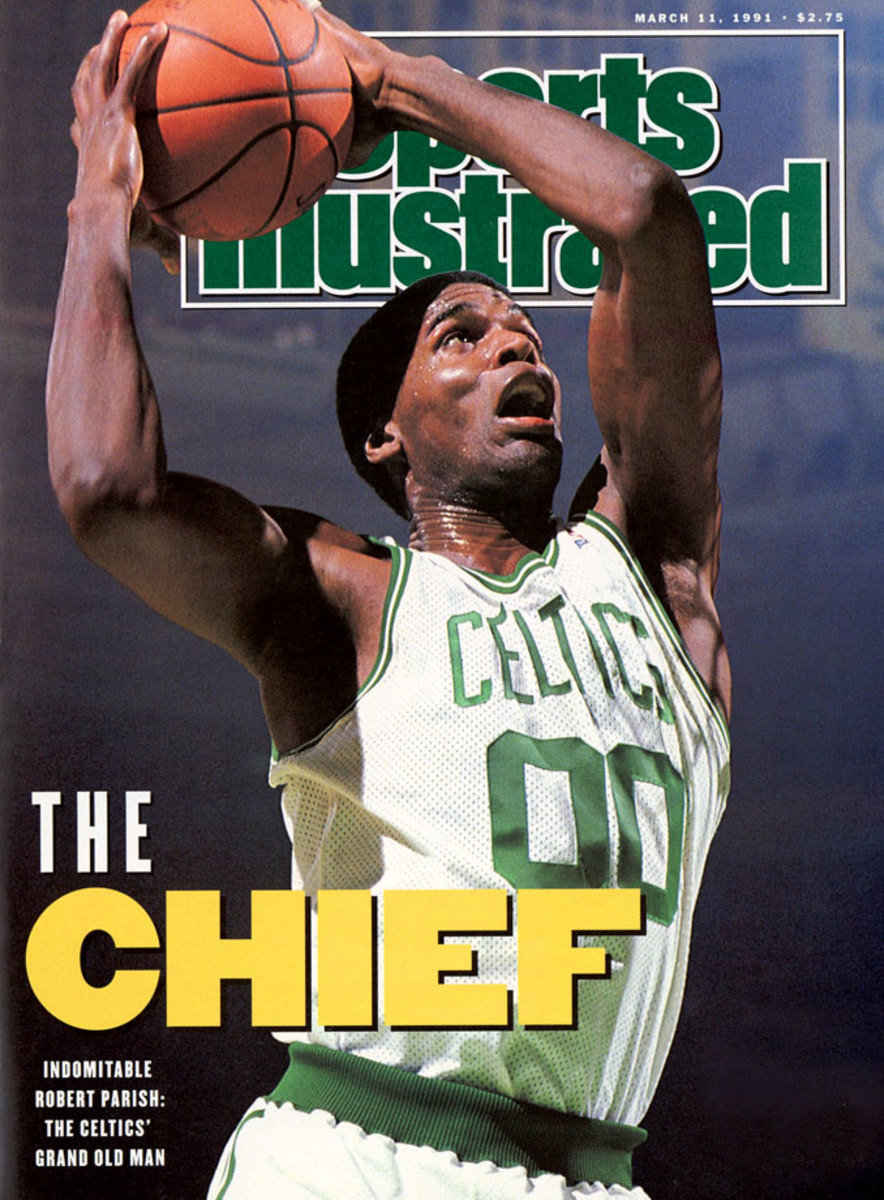
Best known as the defensive anchor of the Larry Bird-led Celtics teams of the 80s, Parish was also outstanding on the offensive side of the ball, a smooth jump shooter who hit at a nearly 54% clip from the floor in his 21-year career and averaged 14.5 points. A four-time NBA champion and nine-time All-Star, Parish’s athletic ability and utility on both ends as a 7-foot center foreshadowed the direction in which his position would head decades later.
0 — Russell Westbrook
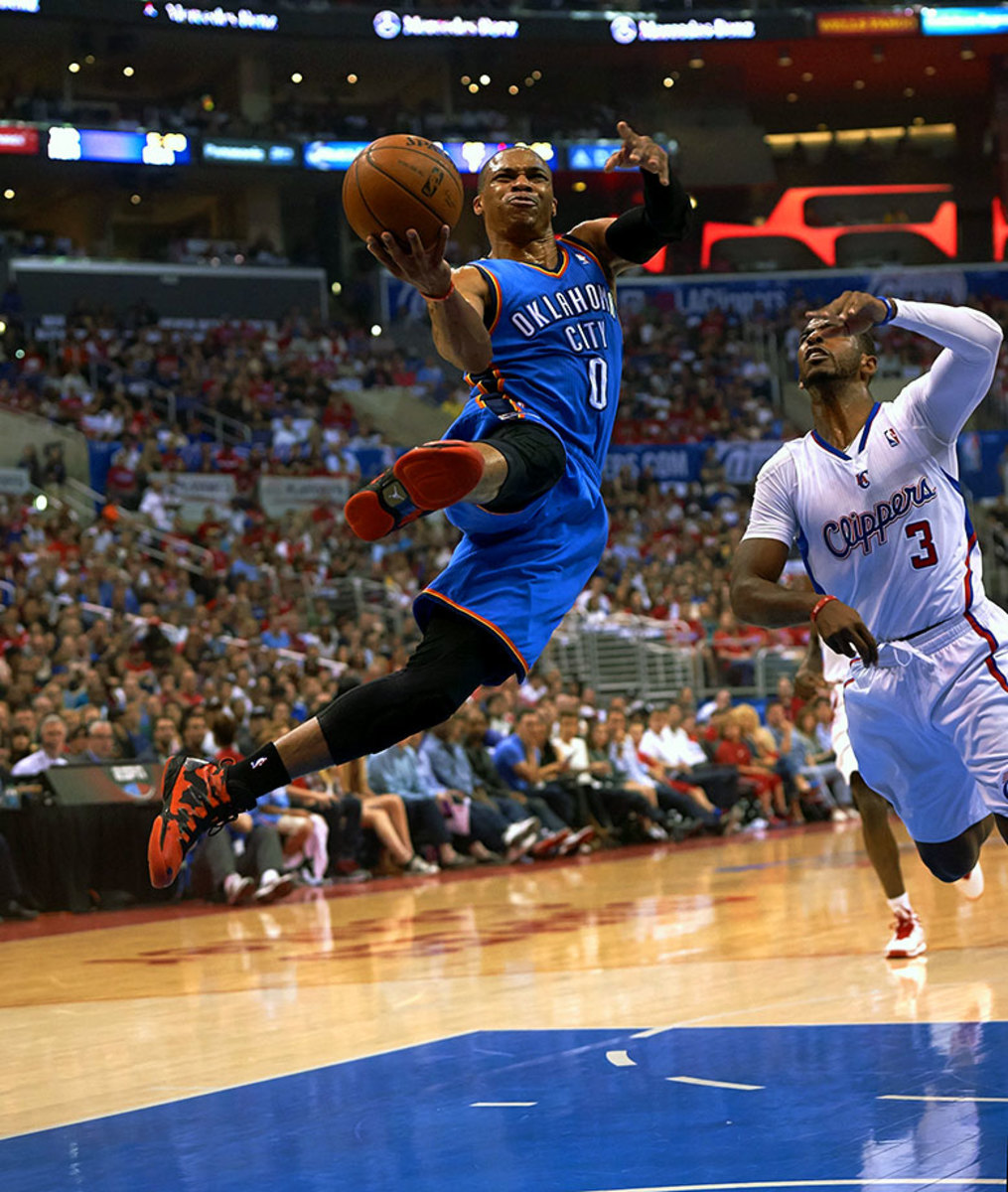
The best may still be to come for Westbrook, Oklahoma City’s dynamic point guard who continues to reshape his position and push the limits after a career season in 2014-15. At 26, Westbrook averaged 28.1 points, 8.6 assists and 7.3 rebounds, single-handedly carrying the Thunder when they needed it most. With Kevin Durant returning to the fold, Westbrook’s numbers may dip, but his efficiency could improve accordingly. His all-around game gives him the nod over Arenas. — Runner-up: Gilbert Arenas
1 — Oscar Robertson
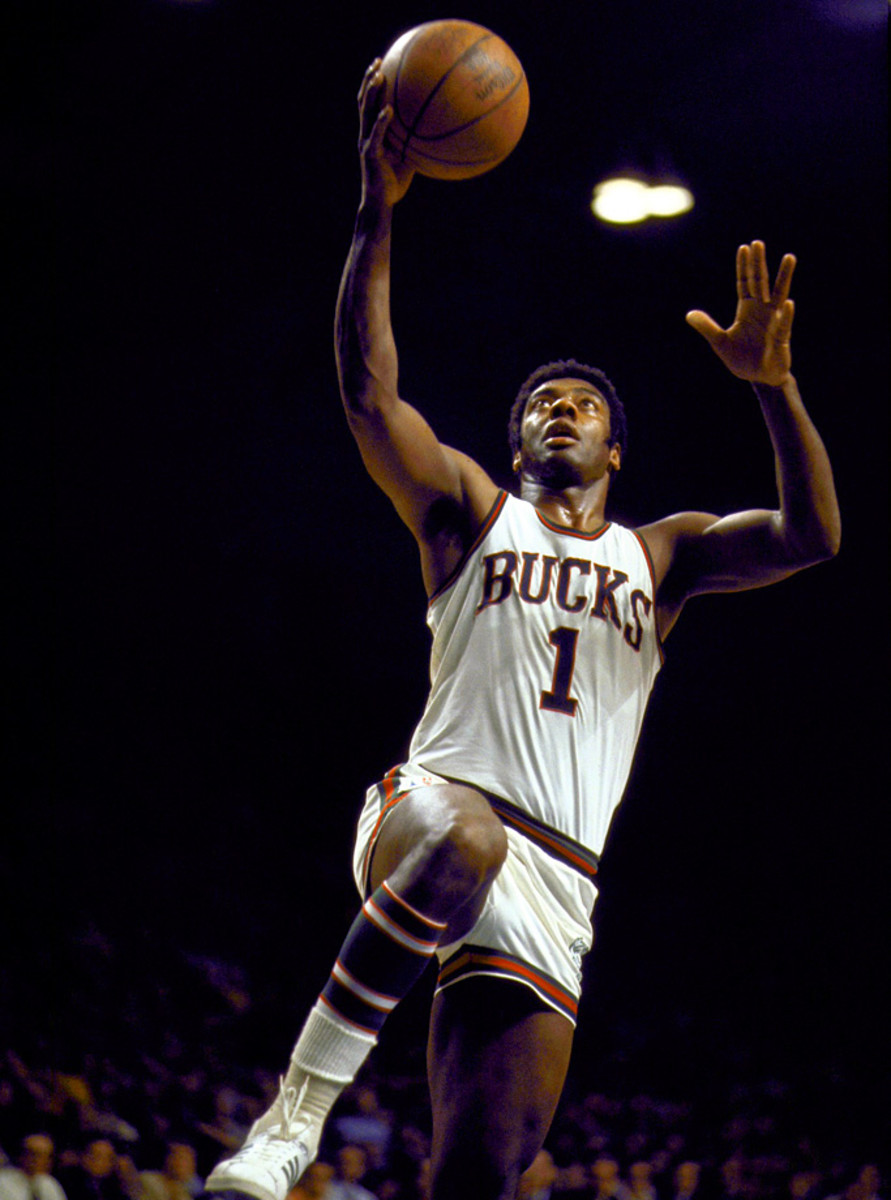
Everyone knows the Big O is the only player in NBA history to average a triple-double for an entire season. What’s lost is the specific stats from Robertson’s most incredible year, in which he posted nightly figures of 30.8 points, 12.5 rebounds and 11.4 assists at age 23, just his second season in the league. — Runner-up: Tracy McGrady
2 — Moses Malone
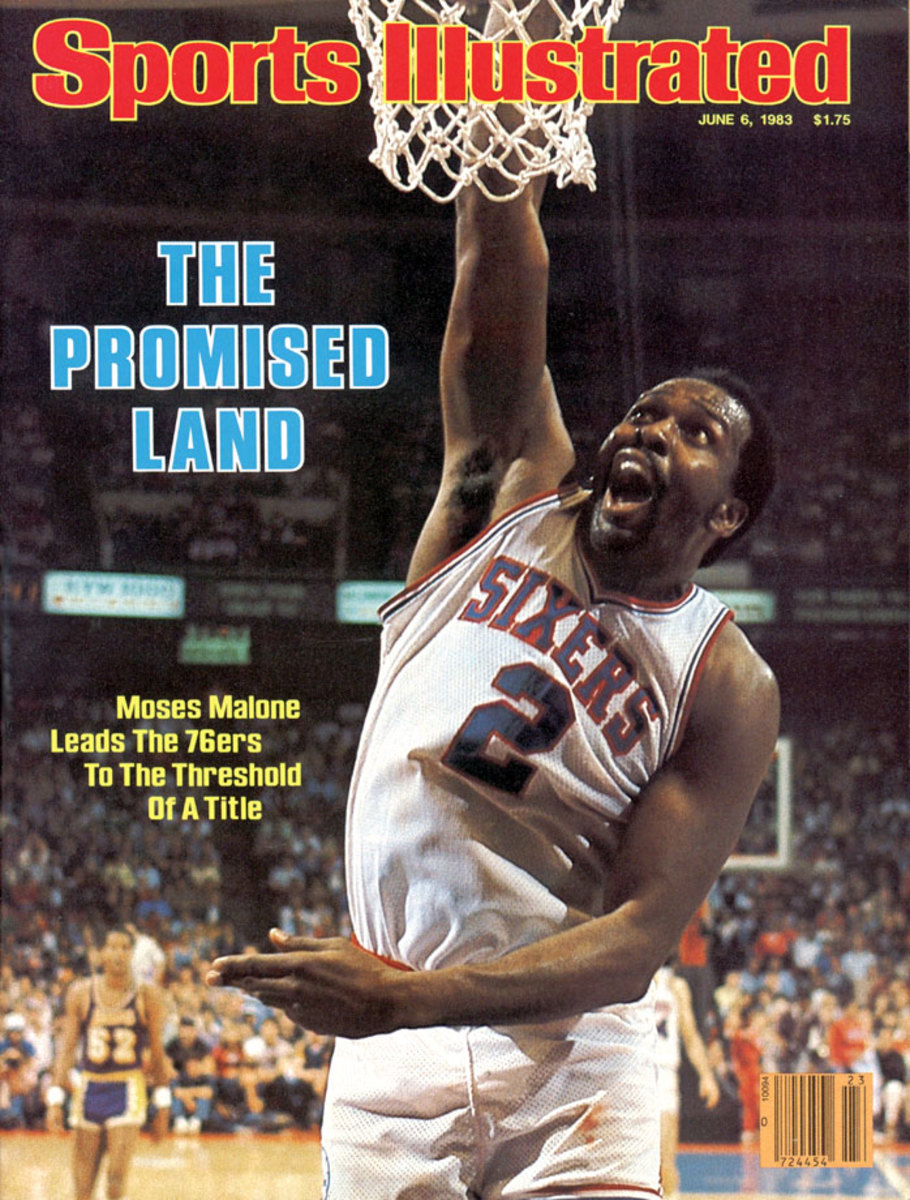
Malone was a statistical behemoth, averaging a double-double as a rookie and never looking back while making several stops around the NBA. A three-time MVP, Malone peaked as a Rocket with a 31.1 point, 14.7 rebound campaign in 1982, the year before signing with the Sixers and subsequently leading them to the ‘83 title as Finals MVP.
3 — Dwyane Wade
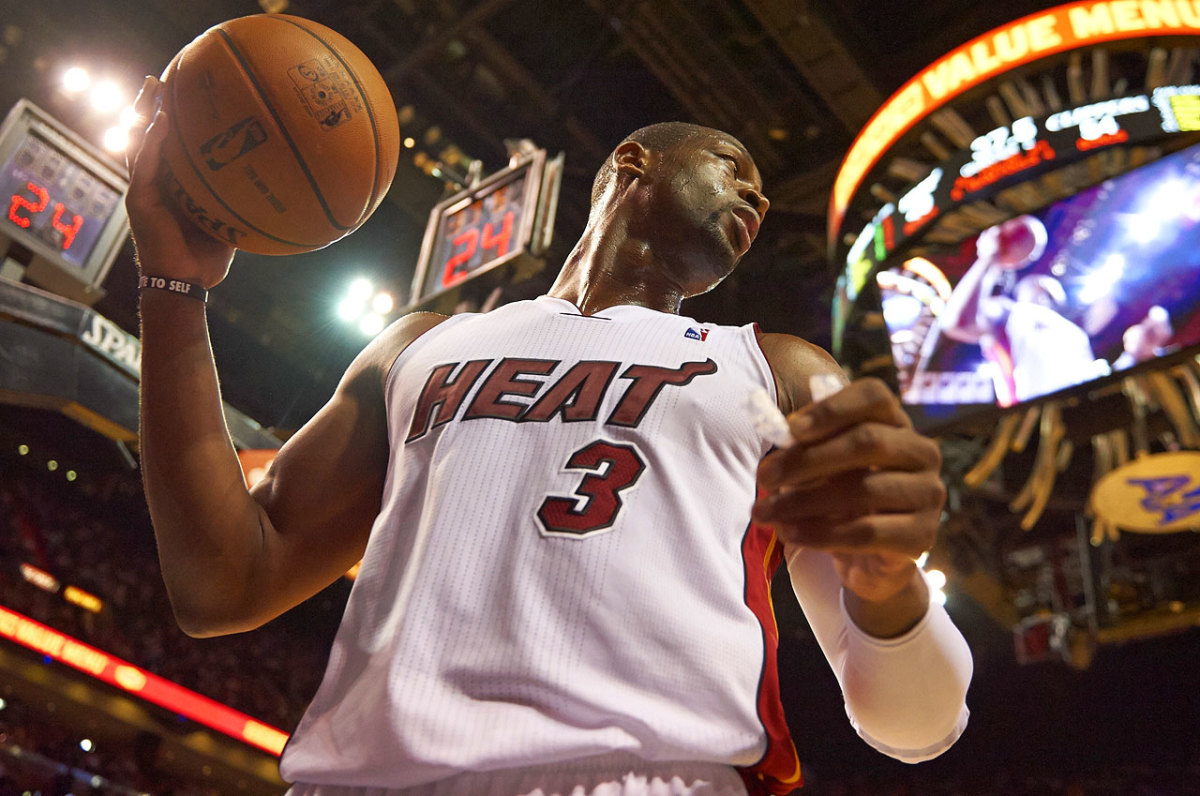
Before Wade annually sat out half of each season to rest and nurse injuries, “Flash” was one of the most electric players in the league. It takes a special player to lead an NBA franchise to its first championship in just his third season. Wade also played at an MVP level over the course of his 2008-09 campaign. — Runner-up: Allen Iverson
4 — Adrian Dantley
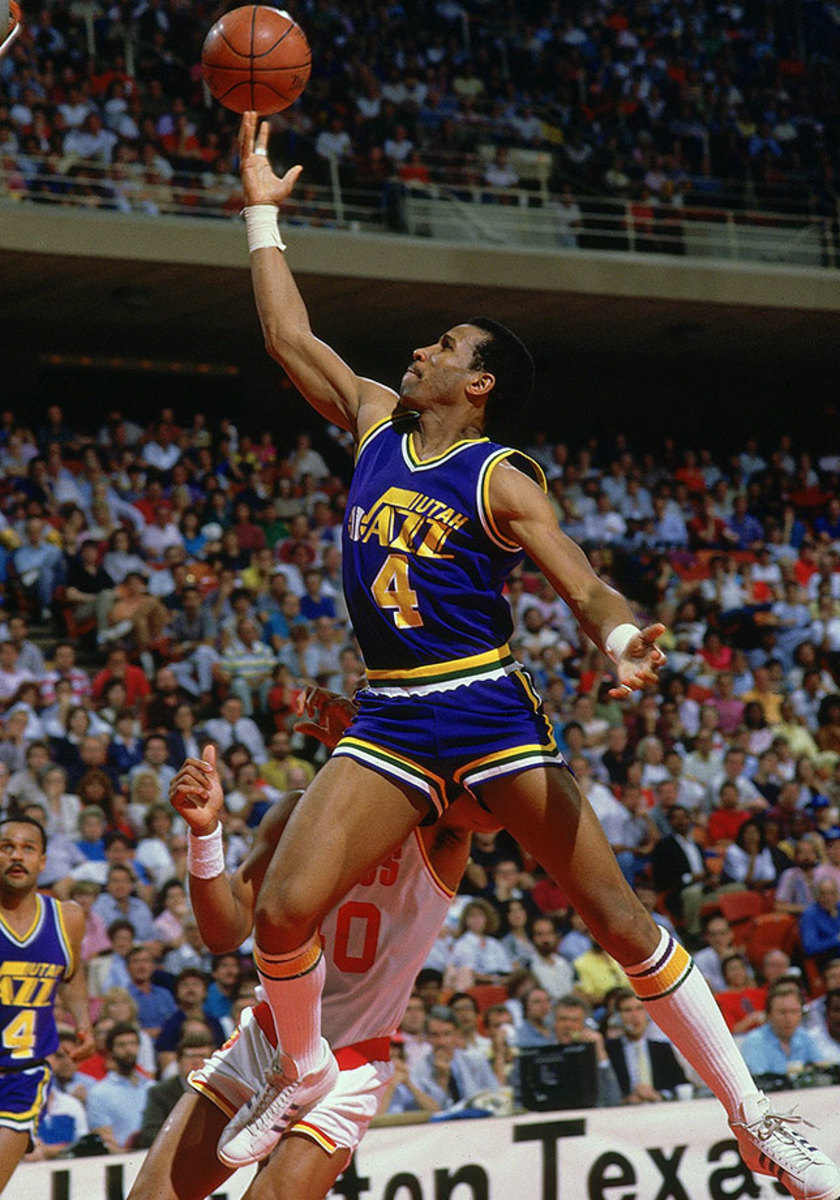
Dantley was one of the league’s most explosive scorers for a long time, making six All-Star games and stringing together four straight 30-plus point-per-game seasons in the early ‘80s, twice leading the league in scoring. Though he almost never shot three-pointers, Dantley finished his career with an average of 24.3 points per game on 54% shooting, working creatively to get buckets from the midrange and around the rim. — Runners-up: Joe Dumars, Dolph Schayes
5 — Kevin Garnett
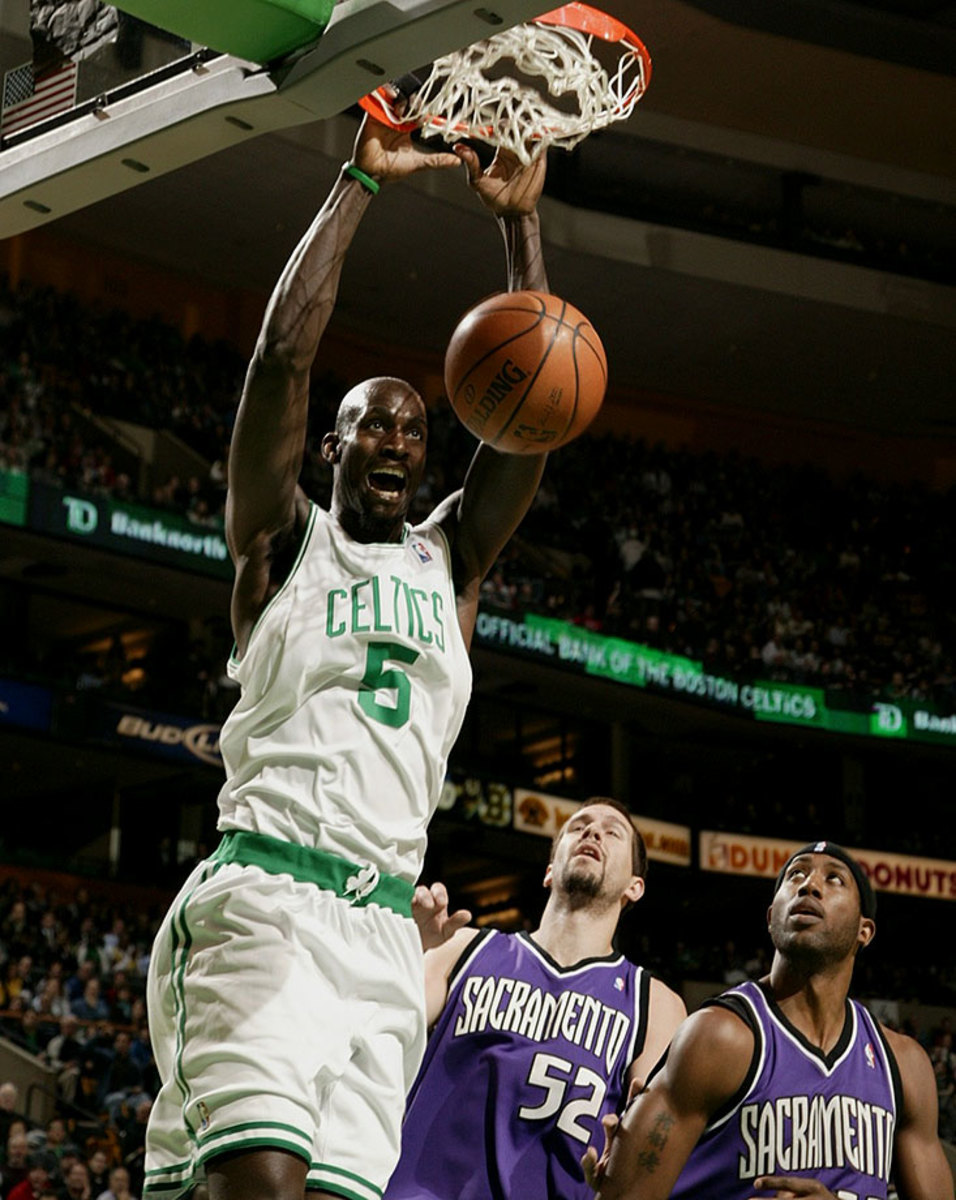
Anything was possible for defenses anchored by Garnett in his prime. One of the greatest prep-to-pro cases of all time and a perennial All-Star and All-NBA selection, Garnett transcended the game with his intensity and antics. Whether getting on all fours to bark like a dog or banging his head against the stanchion, KG always made his presence felt. — Runner-up: Jason Kidd
6 — Bill Russell
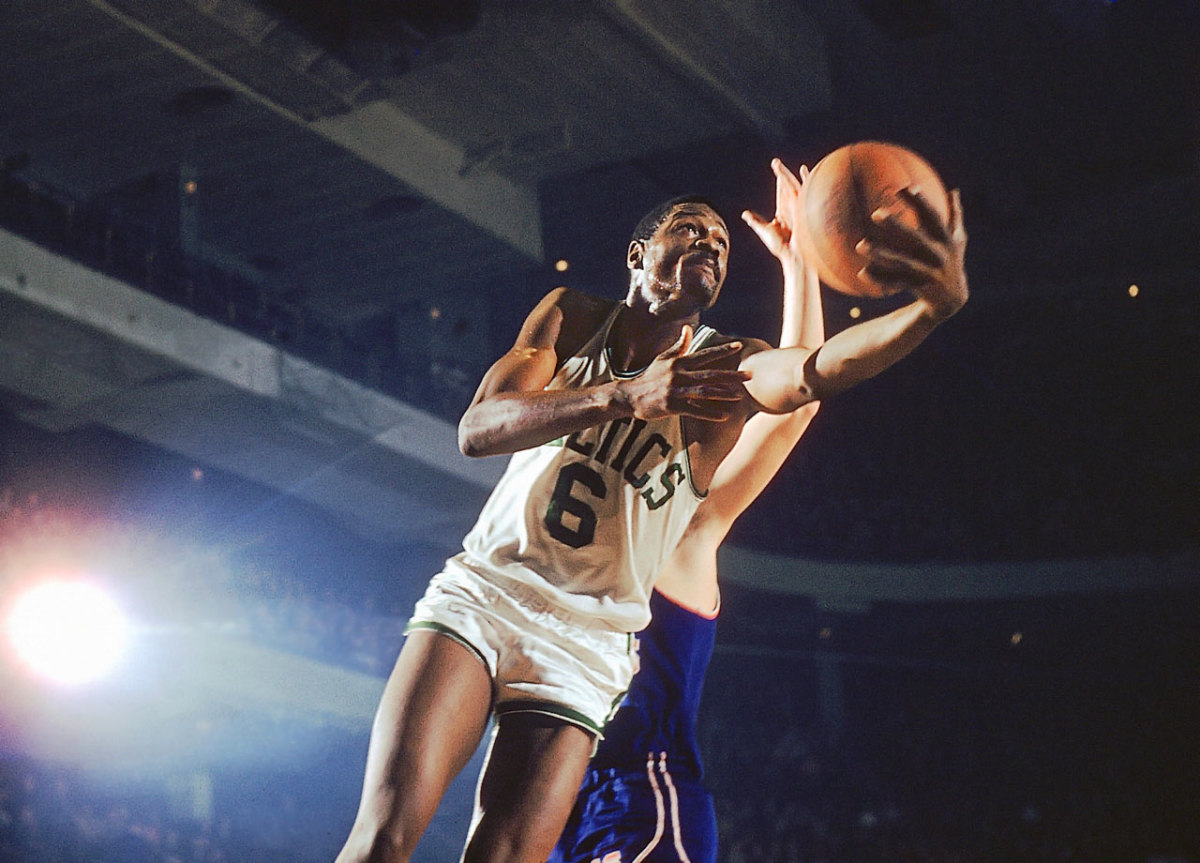
Though another No. 6 continues to make his case in Cleveland, Bill Russell’s 11 championship rings in 13 seasons are impossible for all but the most irrational to argue against. No athlete in the history of major team sports has ever sustained individual dominance and team success quite like Russell, who retired at age 34 before transitioning into coaching and leading Boston to two more titles––like clockwork. — Runner-up: LeBron James
7 — Pete Maravich
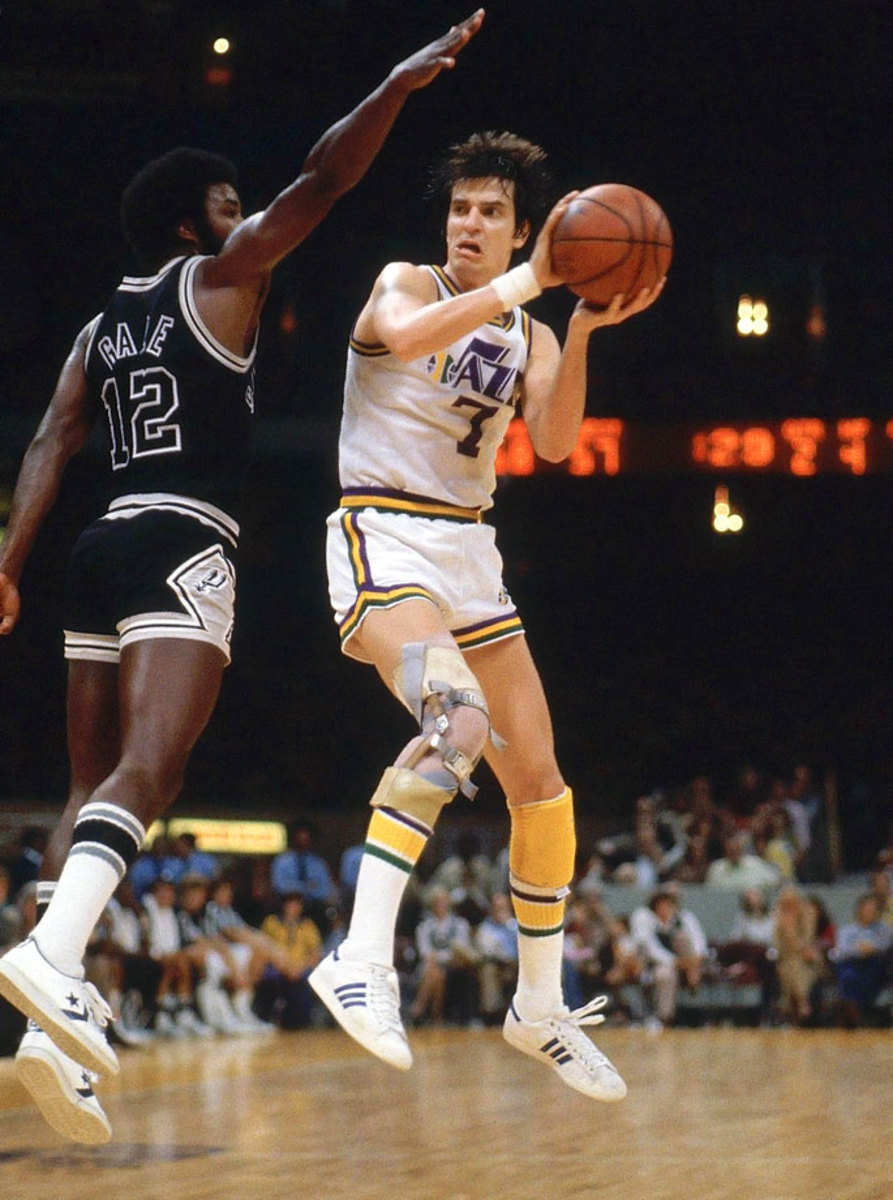
One of the NBA’s greatest scorers and the all-time leading scorer in NCAA history, “Pistol Pete” put up points in style. Ever the showman, Maravich brought a streetball-style game to the NBA. His flashiness helped build basketball’s popularity in the city of New Orleans before the Jazz moved to Utah. — Runners-up: Kevin Johnson, Carmelo Anthony
8 — Kobe Bryant
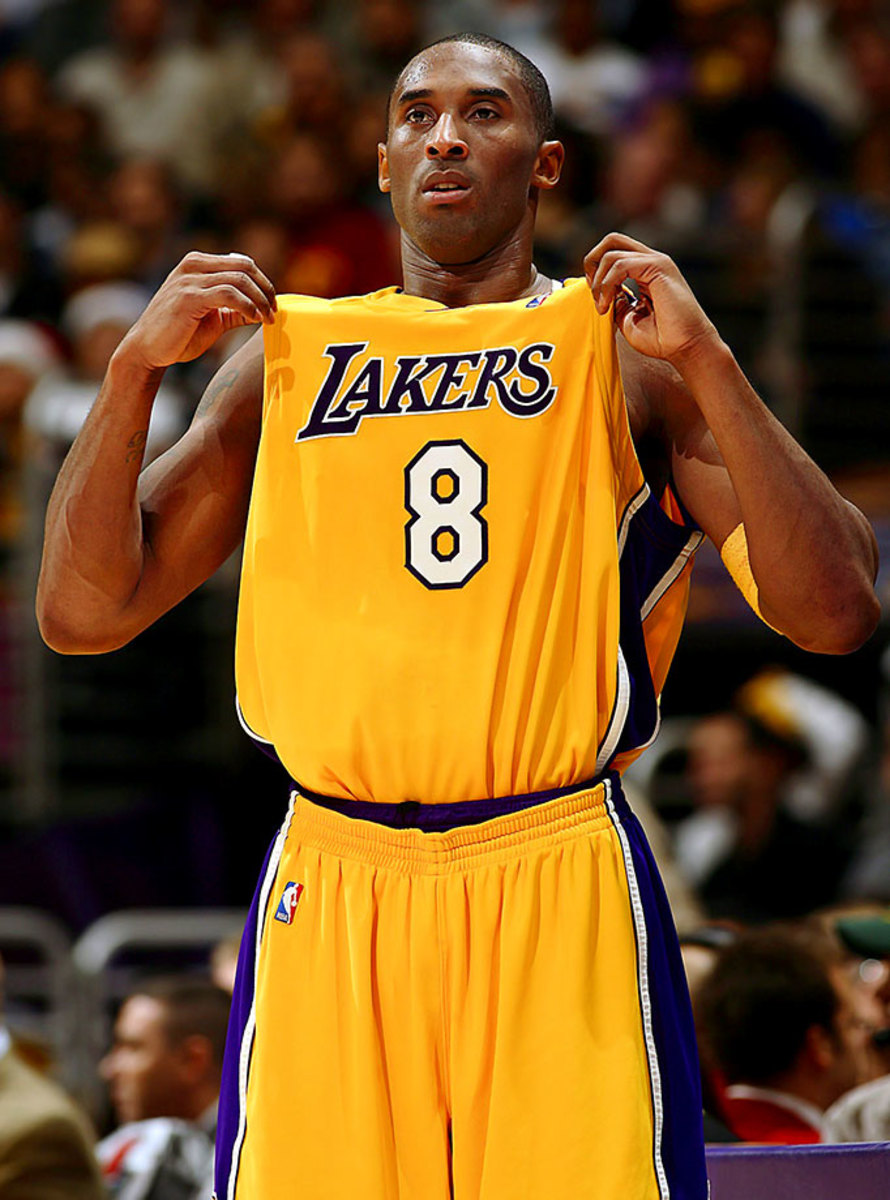
Younger basketball fans may not remember Kobe Bean donning No. 8 early in his career, but the results were prolific, peaking in 2005-06 when he averaged 35.4 points per game. Before there was No. 24 Kobe, the older and wiser Mamba we now know, there was the dynamic slasher who won three titles alongside Shaquille O’Neal, demanded the ball just as much, and demolished defenses in the process.
9 — Bob Pettit
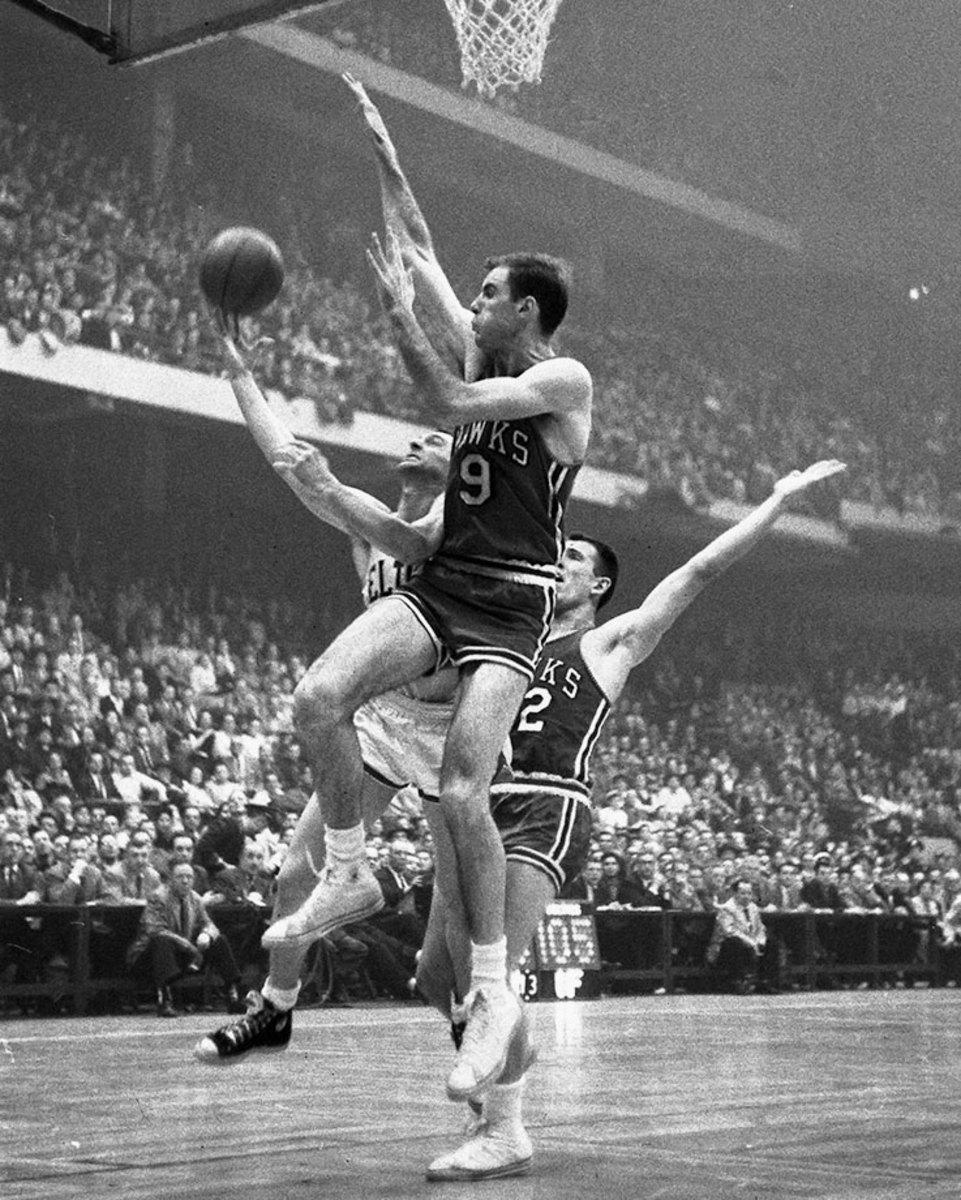
The St. Louis Hawks were the only team to defeat the Bill Russell’s Boston Celtics in an NBA Finals series, with Pettit leading St. Louis to the 1958 title. Pettit took home regular season MVP honors in 1955 and 1959 and led the Hawks to four Finals appearances. He was an All-Star in each of his 11 seasons. — Runner-up: Tony Parker
10 — Walt Frazier
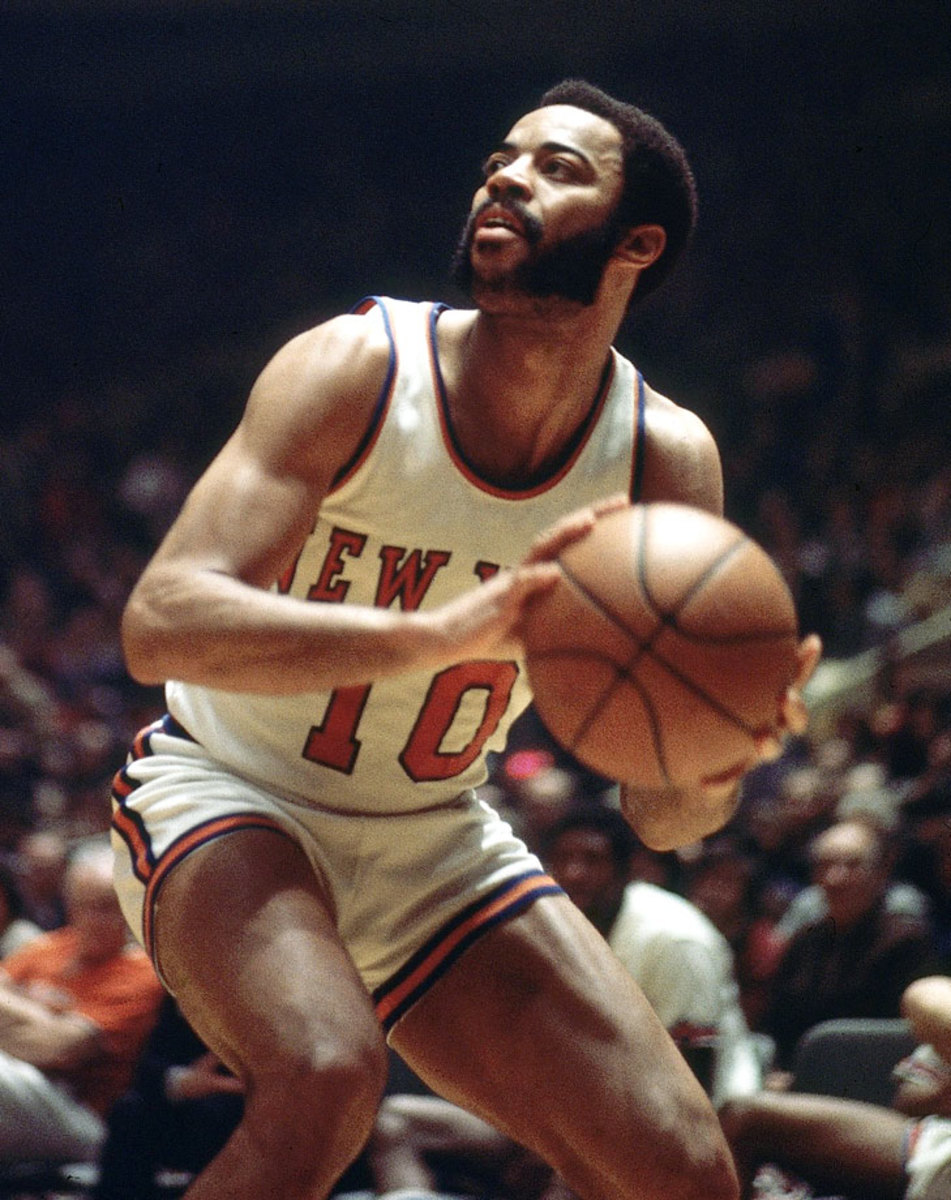
Teaming with Earl “The Pearl” Monroe, “Clyde” helped bring the dazzle and New York style to the Knicks, one of the first truly effective dual-point guard combinations and one of the greatest backcourts ever. A two-time NBA champion, Frazier now sits as one of the greatest Knicks of all-time and one of the league’s most stylish men, even in retirement. — Runner-up: Tim Hardaway
11 — Isiah Thomas
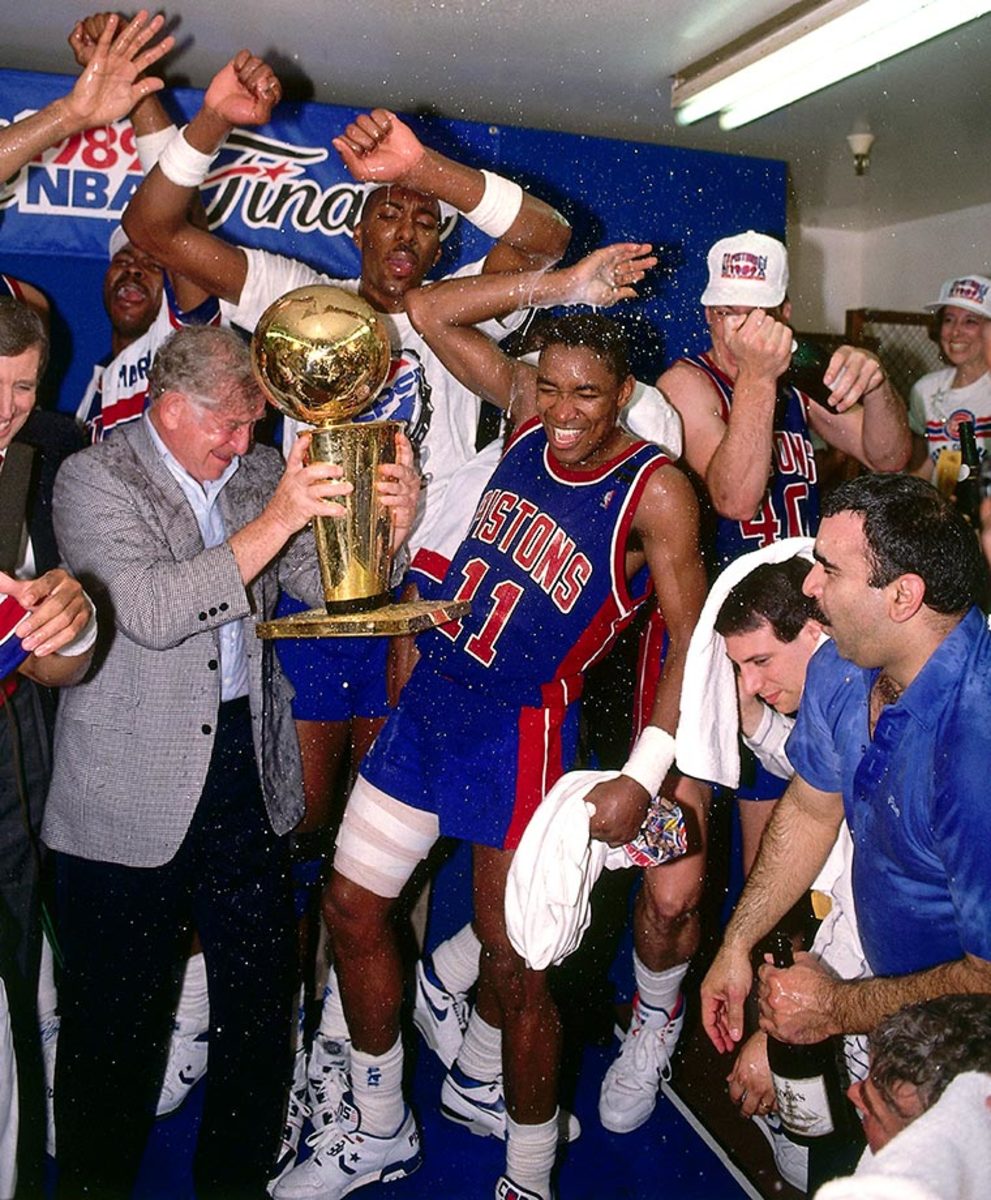
Before Thomas’ front office failures, the feisty Chicago product led the “Bad Boy” Pistons to back-to-back championships in 1989 and 1990. The 12-time All-Star appeared in every mid-season classic during his career save for his final season in 1993-94. He also piloted Detroit to the playoffs in all but two of his seasons. — Runner-up: Elvin Hayes
12 — John Stockton
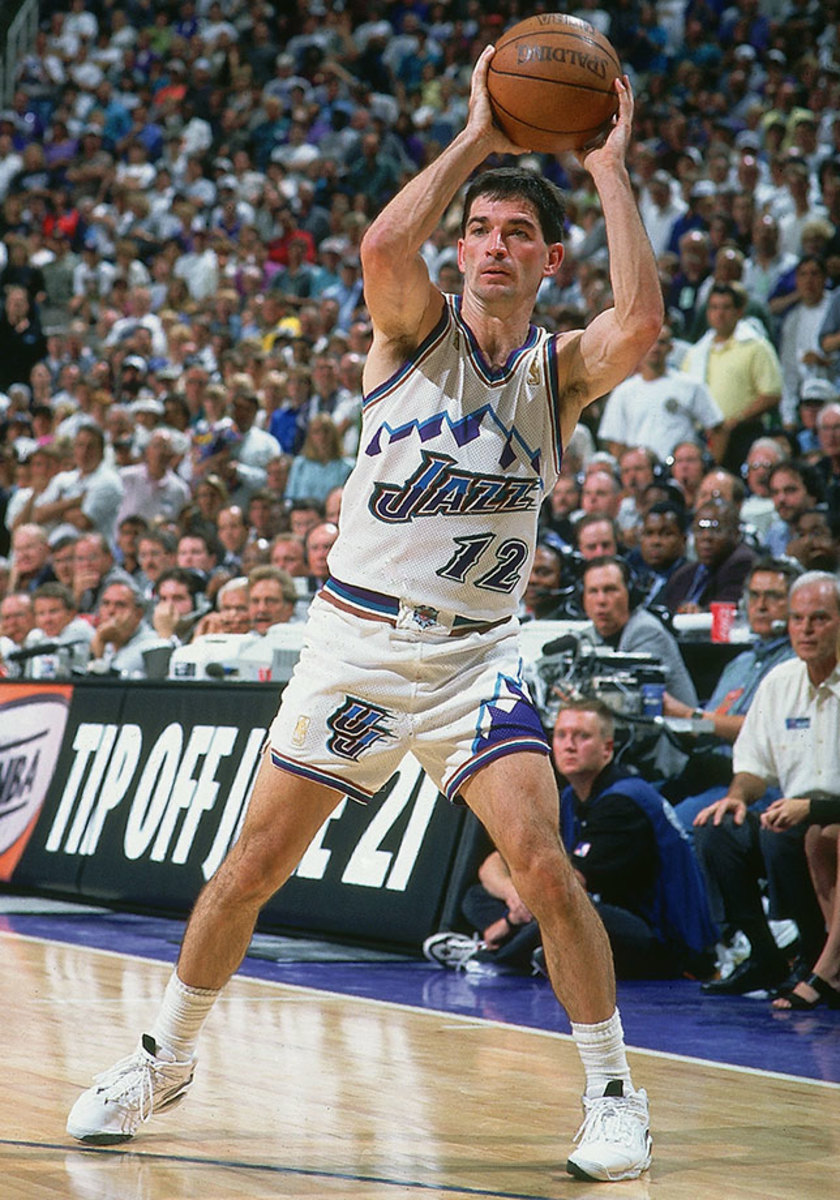
A 10-time All-Star and half of perhaps the most prolific guard-post tandem ever, John Stockton remains the NBA’s all-time leader in assists and steals. He dominated games at a slender 6’1”, with incredible know-how, a hard-nosed approach on both ends and unbelievable consistency all the way until his retirement at age 40. For the definition of a pure point guard, look no further.
13 — Wilt Chamberlain
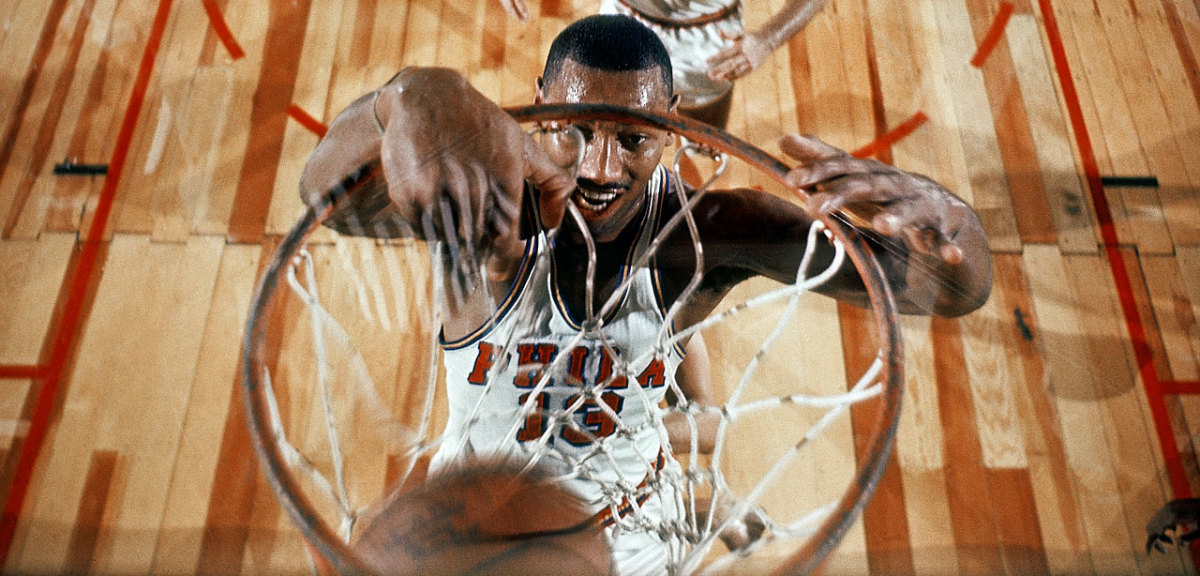
The Big Dipper, of course, is the only player in NBA history to score 100 points in a single game. Few players have forced the league to change the rules in order to make games fairer for opponents. The NBA had to widen the lane, institute offensive goaltending and amend the inbounding and free throw regulations because of Chamberlain. Beast mode. — Runner-up: Steve Nash
14 — Bob Cousy
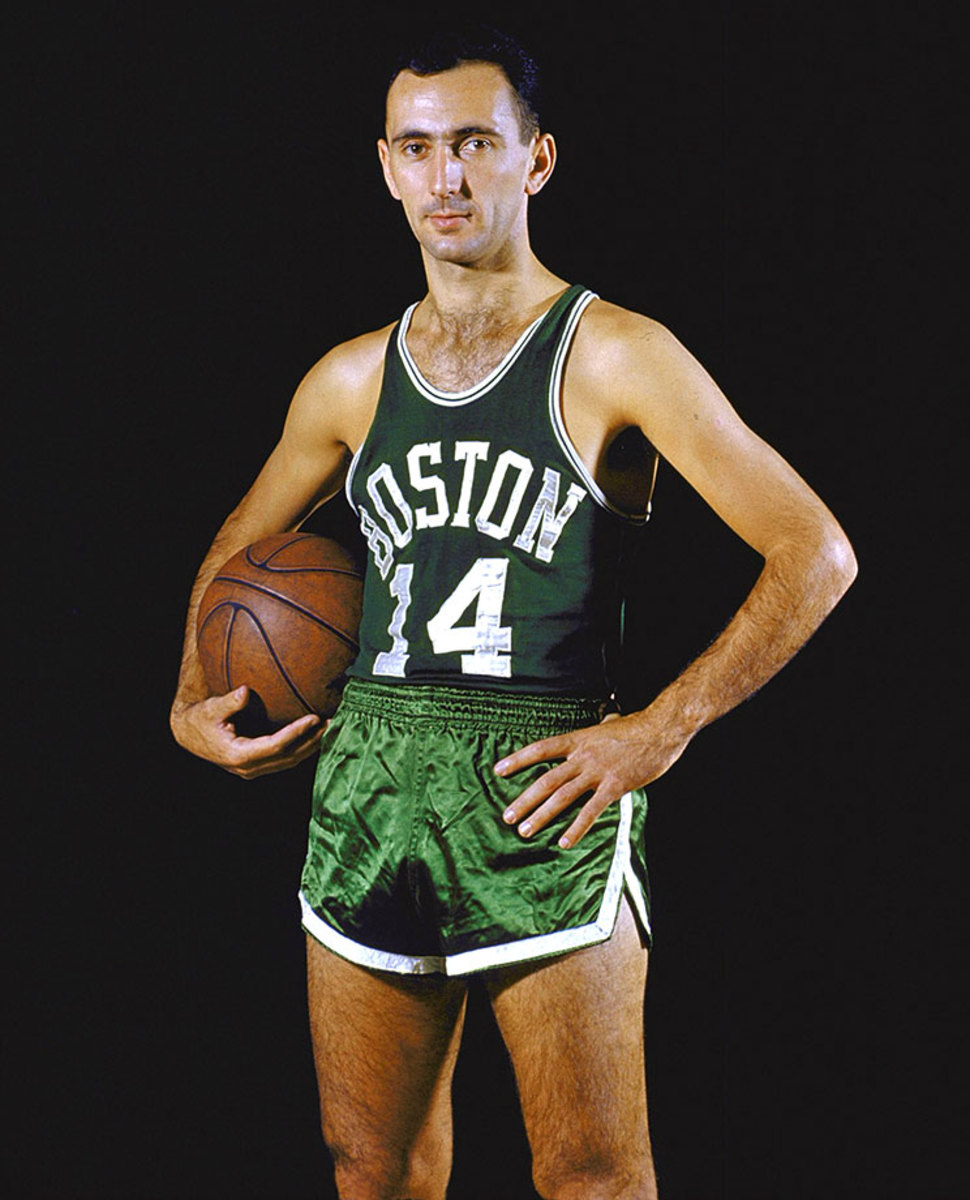
An All-Star in every single one of his seasons (save for a seven-game return to boost ticket sales for the Royals, the team he coached, in 1970), Cousy was a six-time NBA champion and the 1957 MVP. He was the man in Boston until the arrival of Bill Russell, with whom he teamed to build the NBA’s first dynasty.
15 — Vince Carter
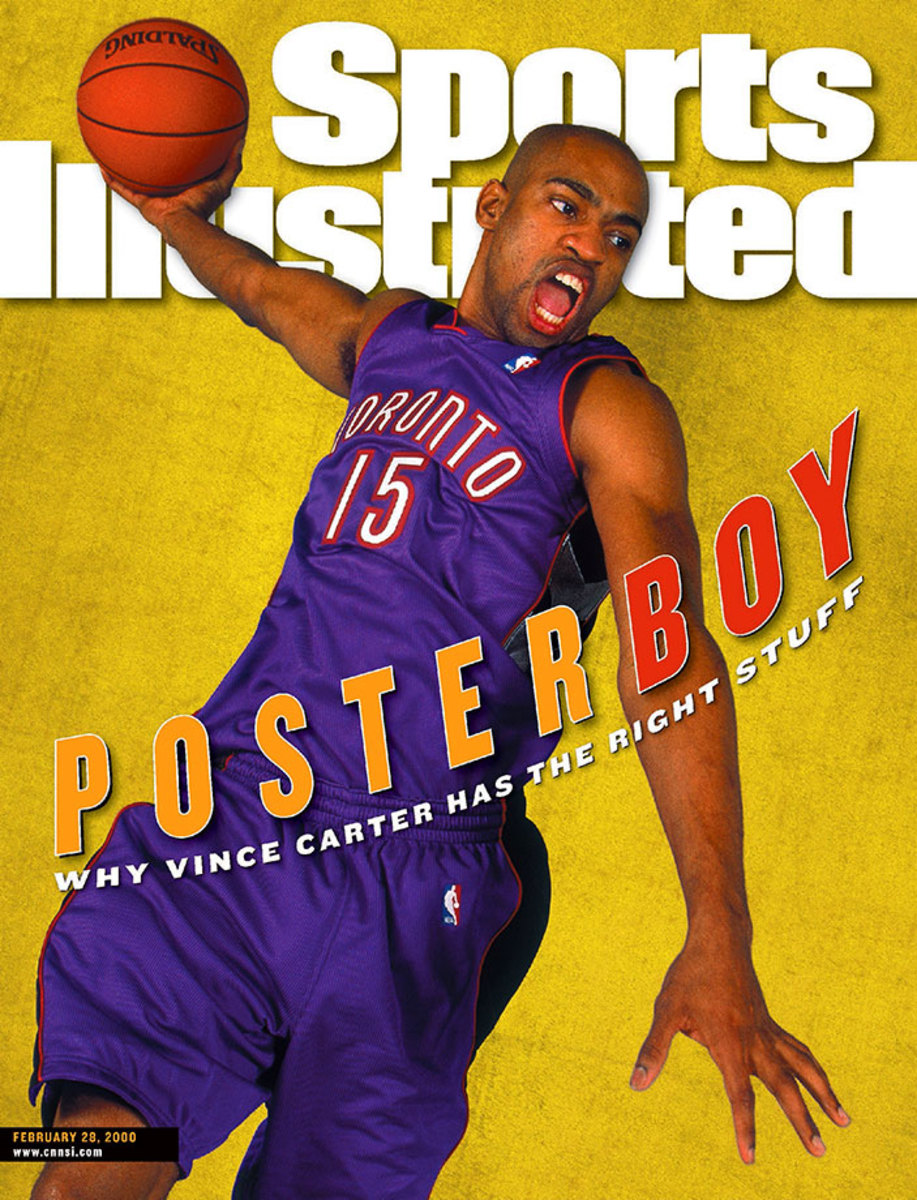
The reputation of “Vinsanity” for acrobatic dunks doesn’t do his overall game enough justice. Carter currently ranks 30th all-time in career scoring and will likely pass Charles Barkley in 2015-16. His incredible play was key for an upstart Toronto Raptors franchise in the early 2000s. — Runner-up: Hal Greer
16 — Bob Lanier
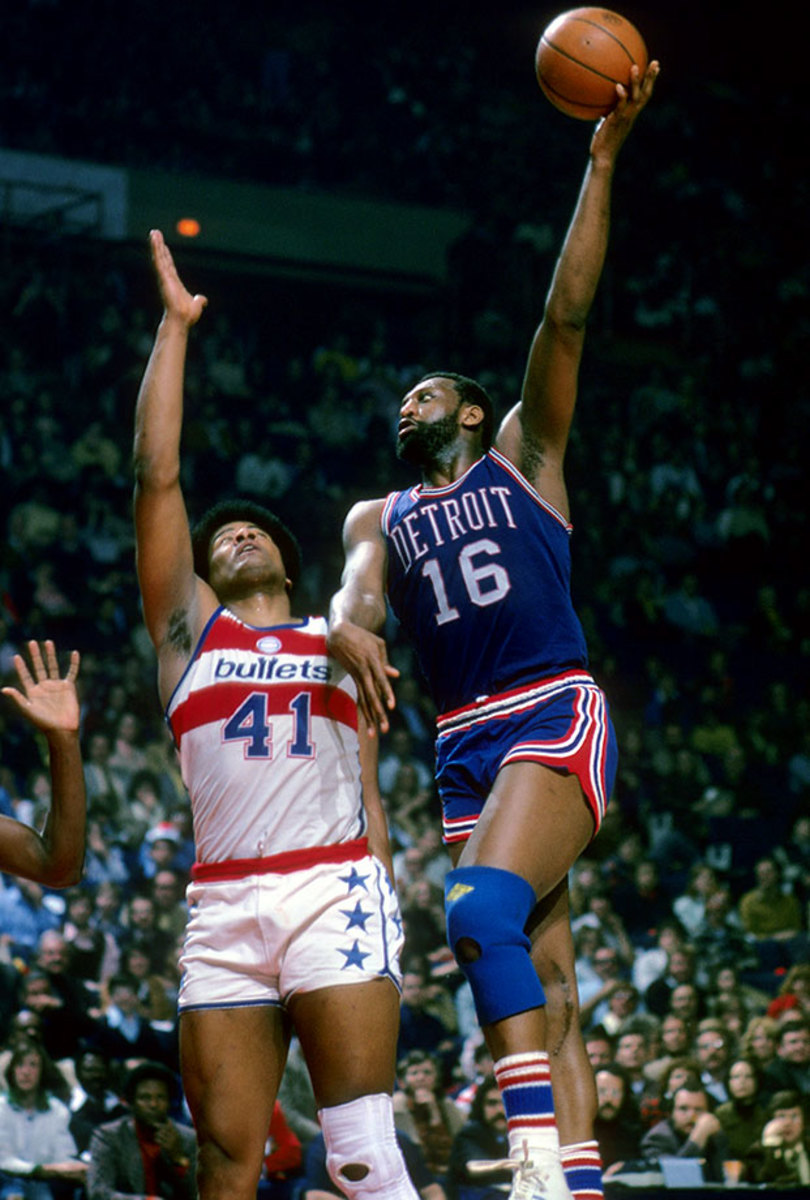
A force in the middle for the Pistons and Bucks, Lanier retired in 1984 with career averages of 20.1 points and 10.1 rebounds. A well-rounded post man who was a strong free-throw shooter (76.7%) and in his prime, a shot-blocker, Lanier lived up to his selection as the No. 1 pick in the 1970 draft, playing for 15 strong years and finishing with five consecutive division titles as a Buck. —Runners-up: Pau Gasol, Jerry Lucas, Cliff Hagan
17 — John Havlicek
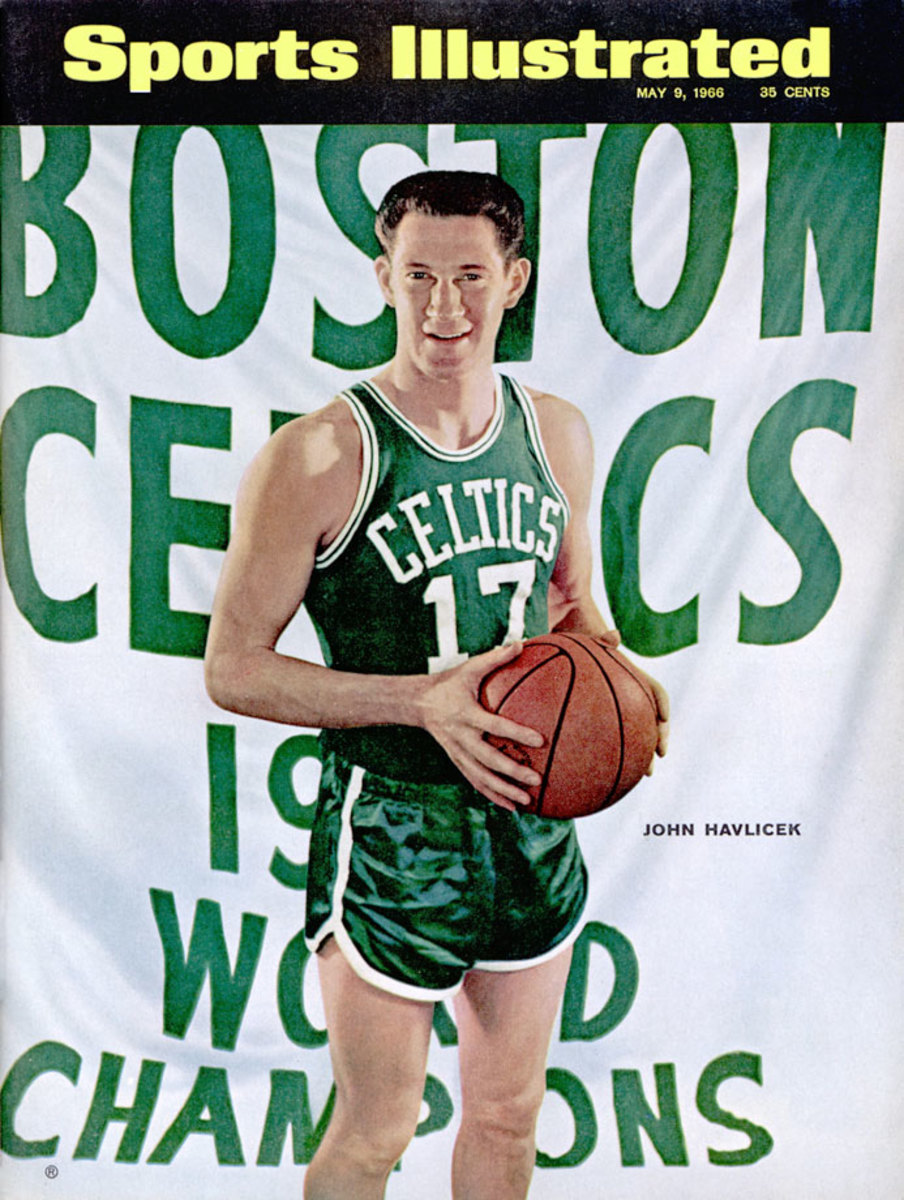
One of the most well-rounded players ever, Havlicek’s Celtics teams won eight championships in his 13 seasons. Hondo bridged the gap between the Bill Russell era and the Celtics’ successful run into the 1970s. In his prime, Havlicek posted numbers strikingly similar to LeBron James, averaging 28.9 points, 9.0 rebounds and 7.5 assists per game in 1970-71. — Runner-up: Chris Mullin
18 — Dave Cowens
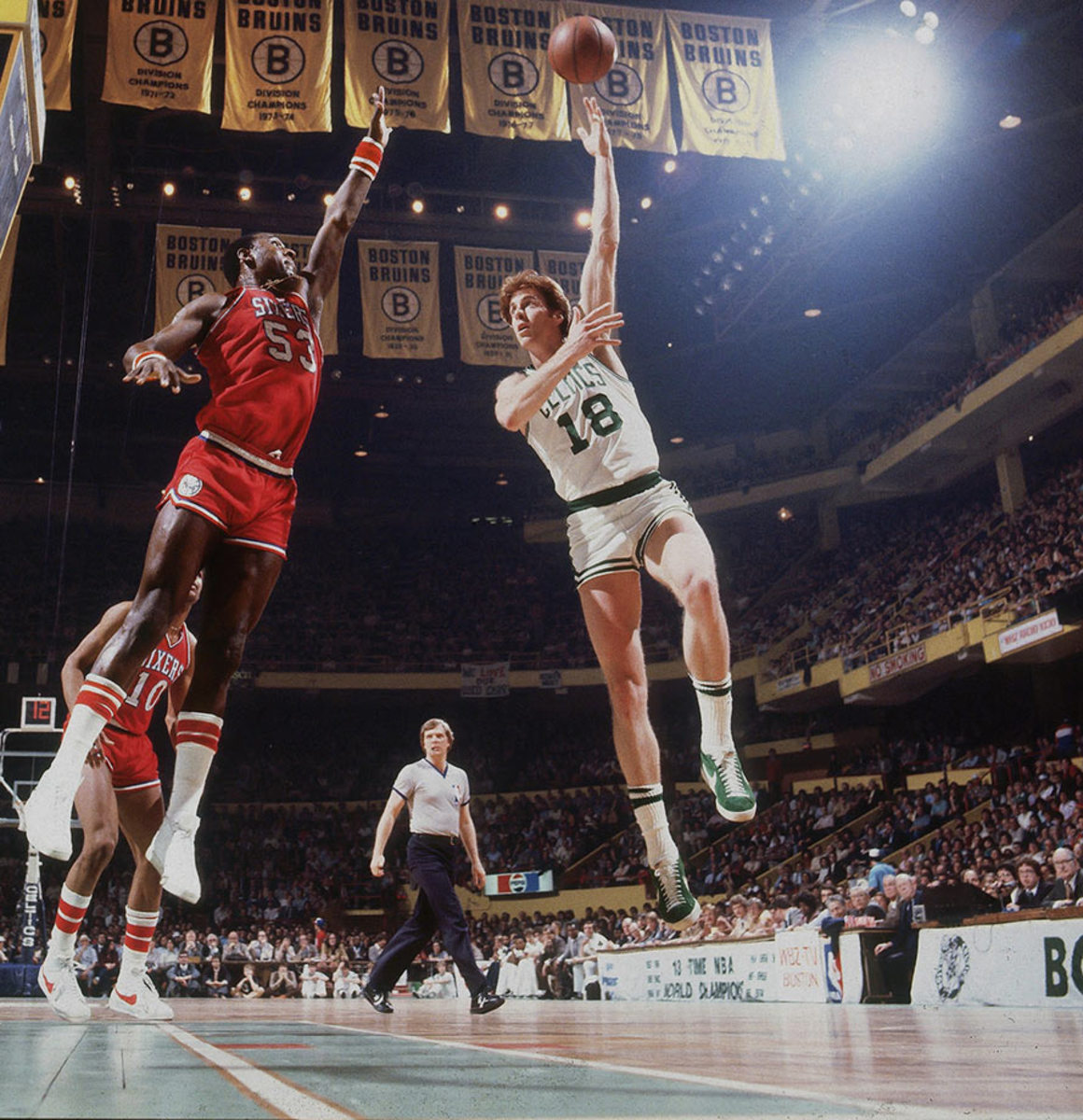
Best known for his all-out approach on every play, Cowens was a stalwart for the Celtics in the ‘70s, winning titles in ‘74 and ‘76 and MVP honors in ‘73, on the back of a 20.5 point, 16.2 rebound campaign. Also a strong passer, Cowens retired averaging 3.8 assists per game to go with 17.6 points and 13.6 boards. An eight-time All-Star, Cowens is one of only four players (including Scottie Pippen, LeBron James and Kevin Garnett) to lead his team in points, rebounds, assists, blocks, and steals for an entire season.
19 — Willis Reed
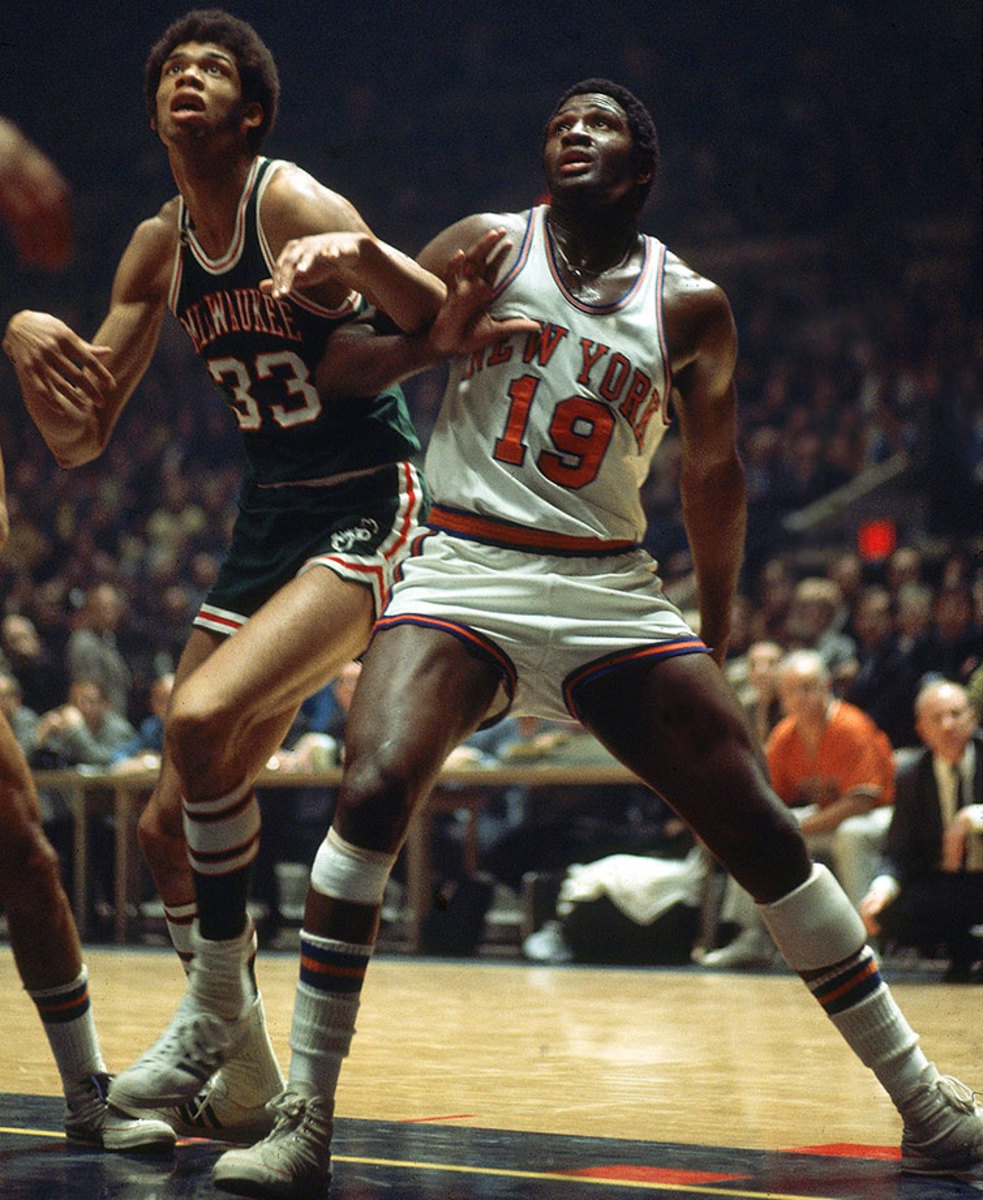
The Knicks haven’t won an NBA title since Reed helped clinch the 1973 championship. Reed will forever be remembered for his magical return to Game 7 of the 1970 Finals against the Los Angeles Lakers, delivering the Knicks’ first title in franchise history. He averaged 23.7 points and 13.8 rebounds per game during the 1970 playoffs. — Runner-up: Don Nelson
20 — Gary Payton
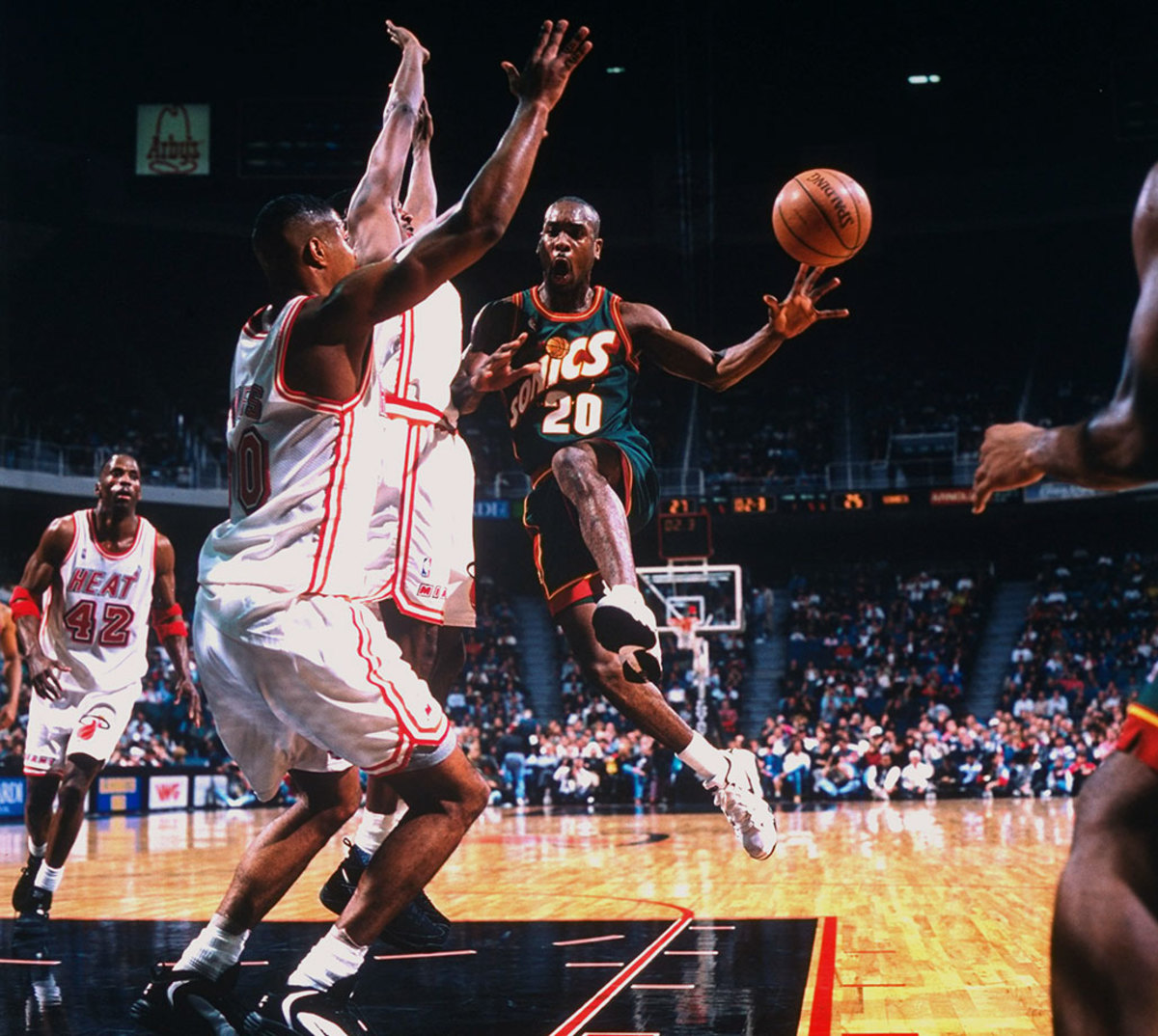
‘The Glove’ earned his nickname thanks to a reputation as the NBA’s toughest defensive point guard, bolstered by nine straight All-Defensive first team selections from 1994-2002. Payton, a nine-time All-Star, was no slouch on the offensive end, either, with a well-rounded game and the ability to create for others and get buckets when needed. One of the iconic players in the history of the Sonics, Payton would hit a huge shot as a member of the Heat in Game 5 of 2006 Finals to help Miami seize the title, his lone championship. —Runner-up: Manu Ginobili
21 — Tim Duncan
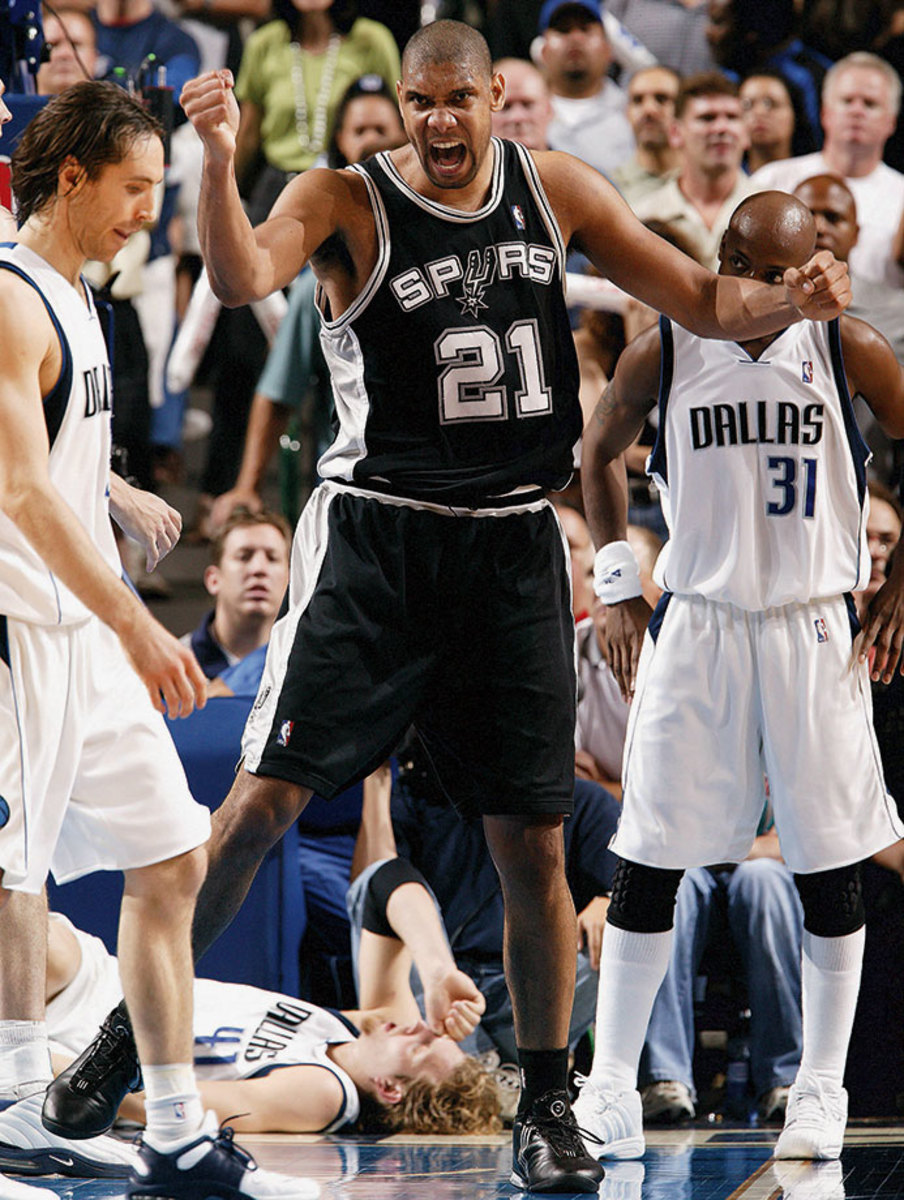
As he prepares for his 19th season, it’s hard to argue against Tim Duncan as the greatest player of his generation, bridging the gap between Michael Jordan and LeBron James. The four titles and 15 All-Star appearances are incredible on their own. Factor in his unfathomably consistent numbers and Duncan’s resume is one of the greatest all-time. Period. — Runner-up: Dominique Wilkins
22 — Elgin Baylor
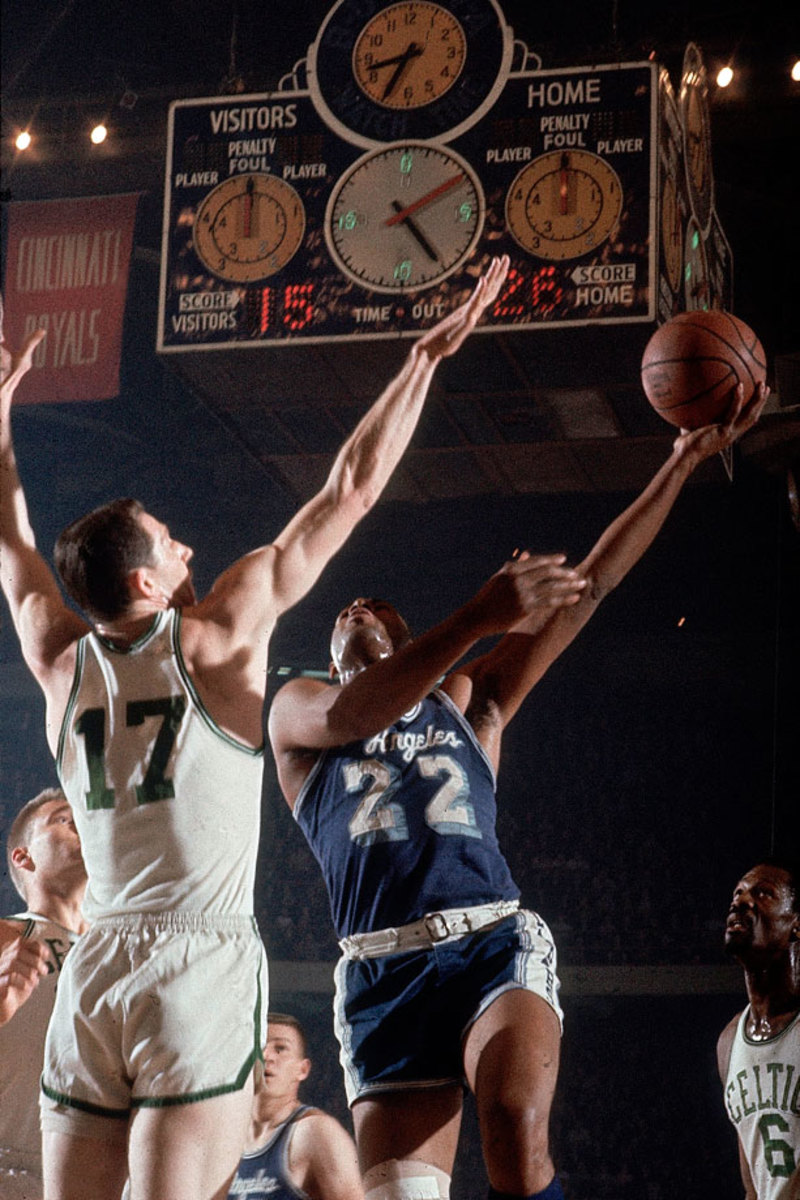
One of the NBA’s first high-flyers, Baylor was an unbelievable scorer in the pre three-point era, averaging 38.3 points per game in 1962. The 11-time All-Star appeared in eight NBA Finals but never won a title, retiring due to chronic knee problems in 1972 —a year in which Los Angeles finally won it all (he was given a ring at the end of the season anyway.) He holds the record for points scored in an NBA Finals game, with 61 in Game 5 in 1962. —Runner-up: Clyde Drexler
23 — Michael Jordan
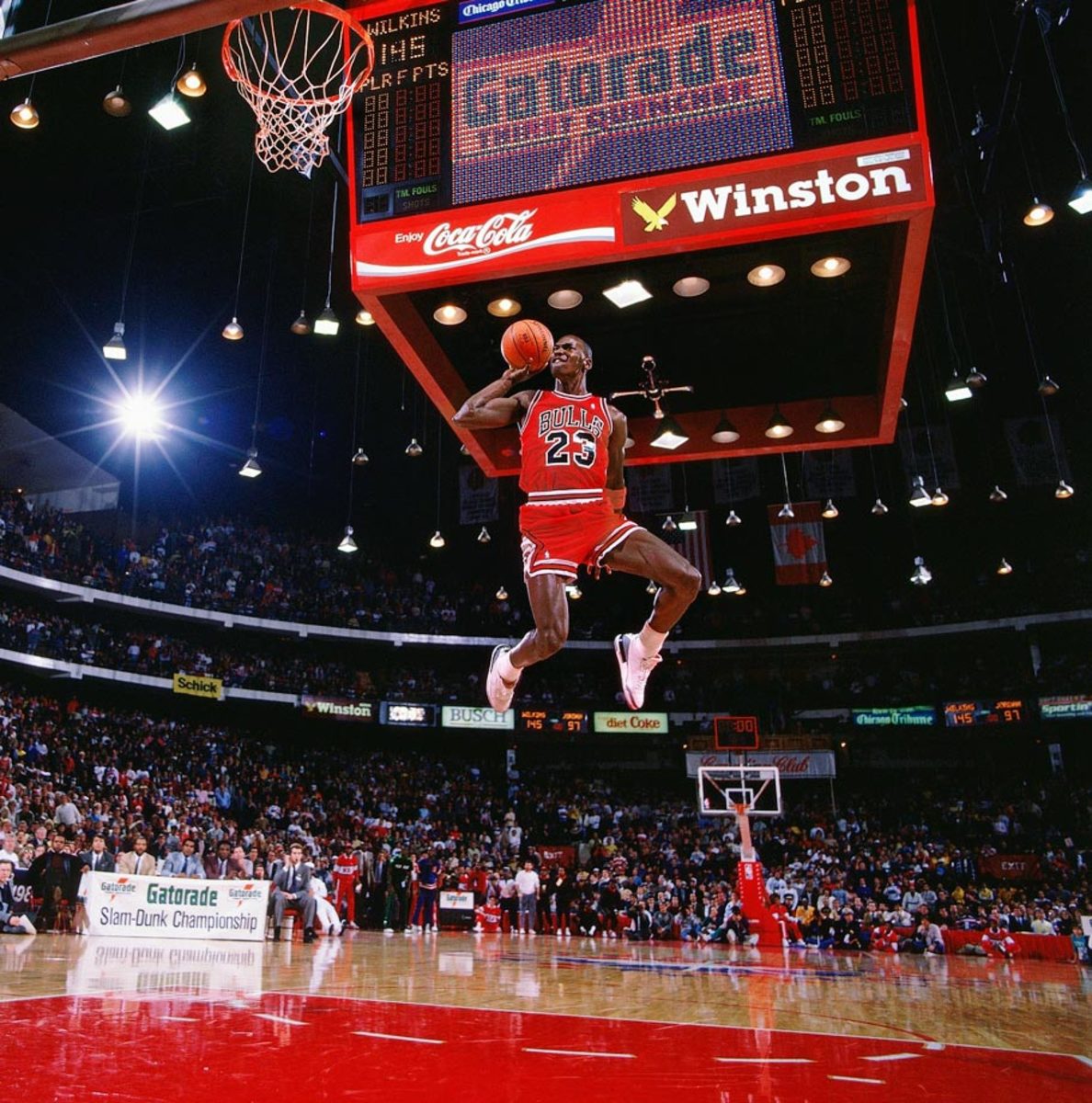
Six championships. Five regular season MVPs. Countless All-NBA and All-NBA defensive selections. The most famous sneaker line in history. Gravity-defying dunk contest victories. The list goes on and on and on and on for the current majority owner of the Charlotte Hornets. Michael Jordan is the G.O.A.T., friends. — Runner-up: LeBron James
24 — Rick Barry
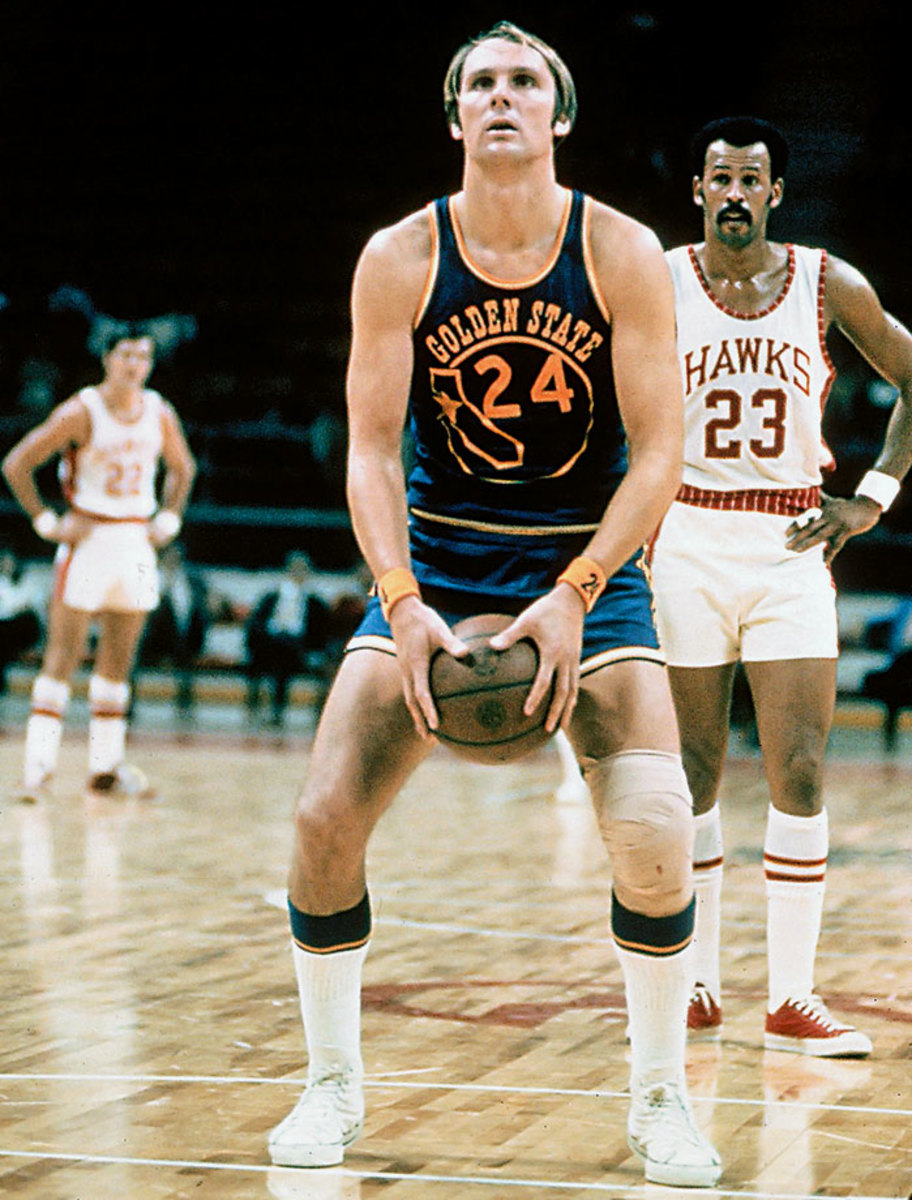
Beyond pioneering the granny-style free throw, Barry was one of the league’s most dominant scorers of all-time, an eight-time All-Star and the 1975 Finals MVP. He spent four seasons from 1968-1972 playing in the ABA (over which he averaged 30.5 points), which places a hit on his all-time totals, but he retired with NBA averages of 23.2 points, 6.5 rebounds and 5.1 assists (and 90% from the foul line). — Runners-up: Bobby Jones, Sam Jones
25 — Mark Price
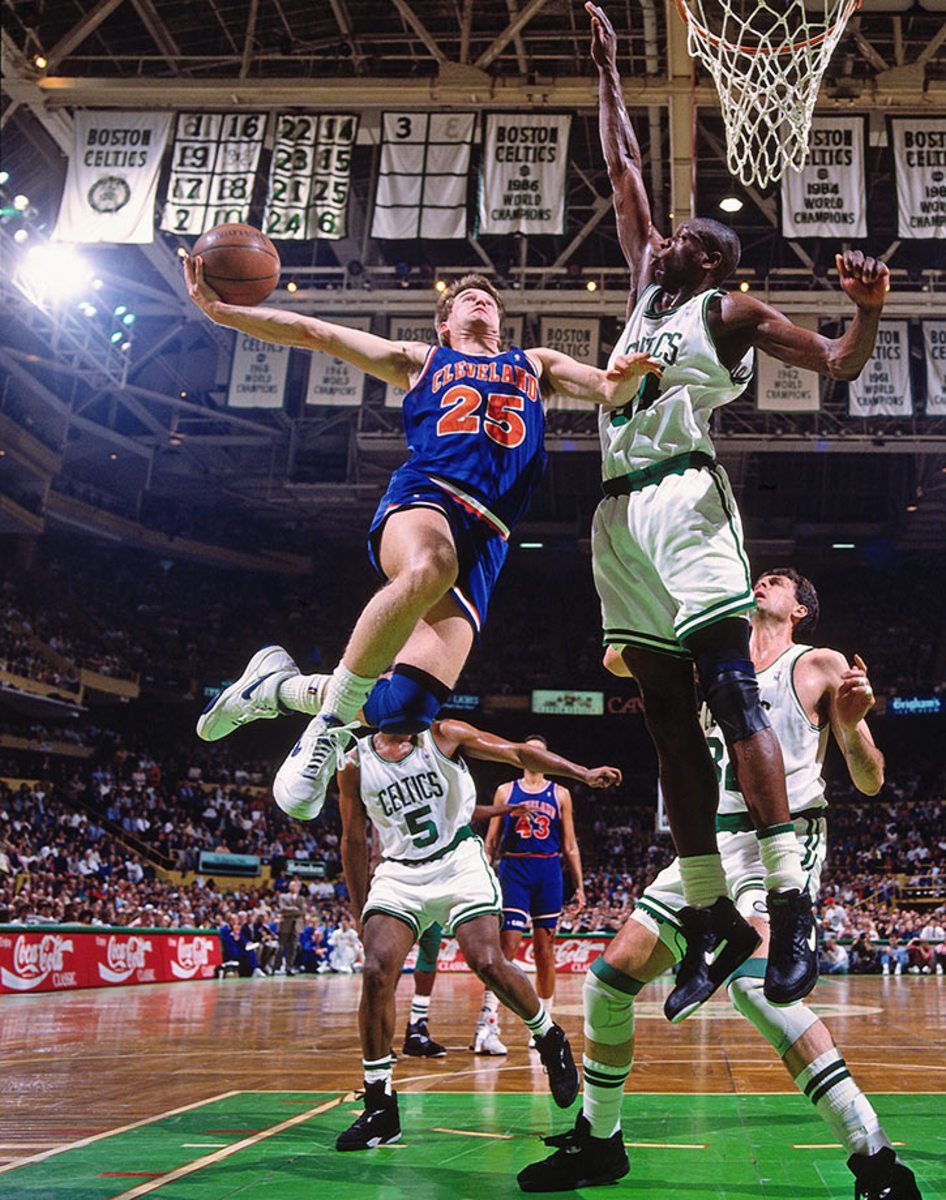
One of the greatest free throw shooters in NBA history (a 90.4% career mark), Price doesn’t get enough credit for his overall game. A four-time All-Star, Price led the Cleveland Cavaliers for nearly a decade, running an efficient offense and posting a double-double, 16.9 points and 10.4 assists per game in the 1990-91 season. — Runners-up: Gail Goodrich, Doc Rivers
26 — Kyle Korver
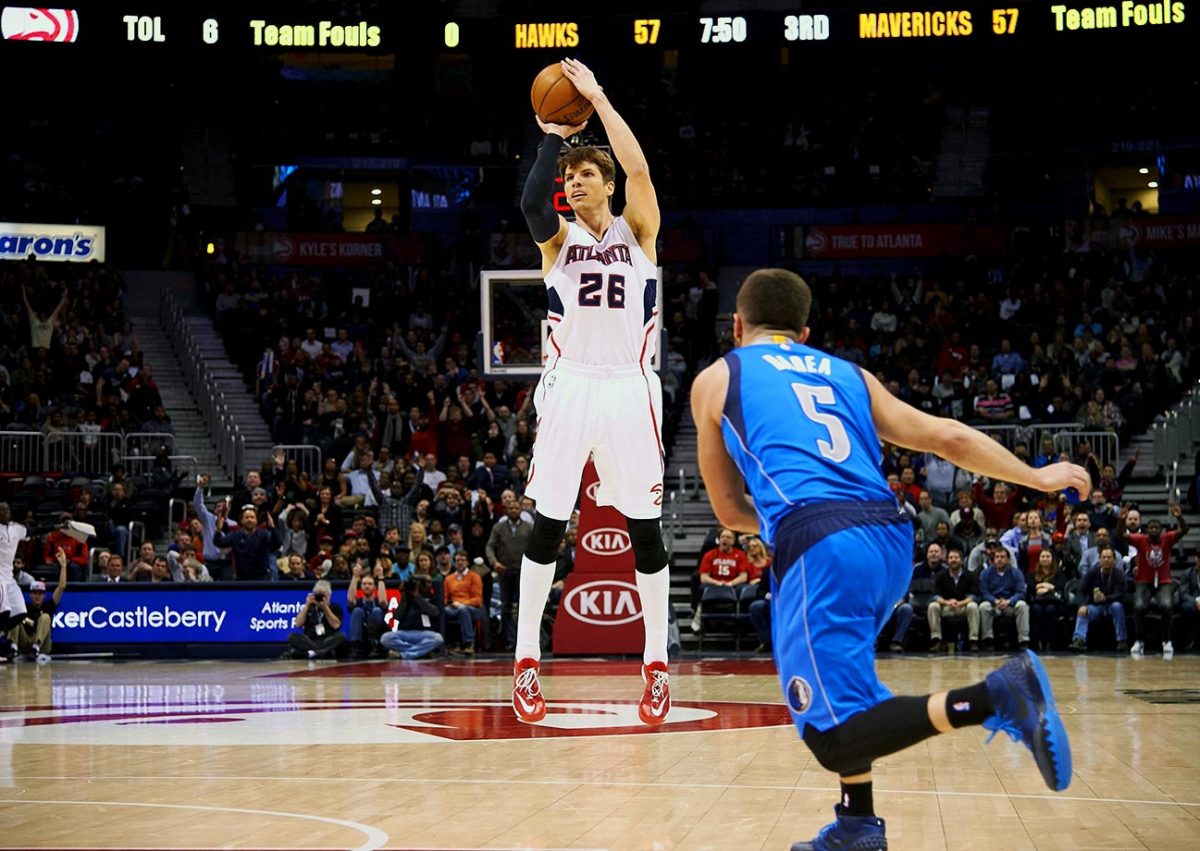
One of the league’s top three-point snipers, Korver just completed an incredible All-Star campaign with Atlanta, shooting 49.2% from deep as a key cog in a diverse offense. His acumen from outside gives him the nod here at No. 26.
27 — Jack Twyman
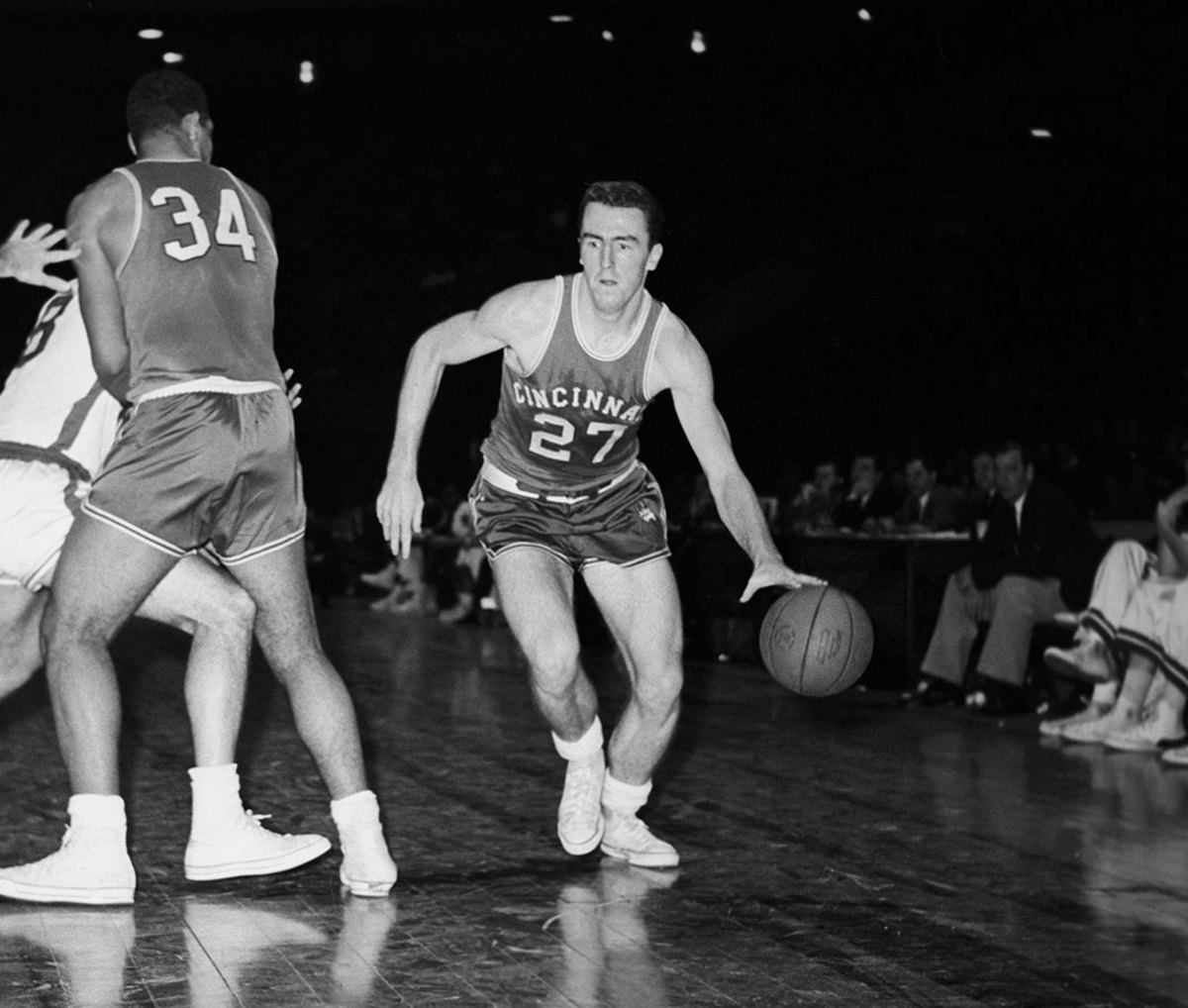
A six-time All-Star, Twyman scorched opponents in the late 1950s and early 1960s, averaging 19.2 points per game during his 11-year career. He hung 31.2 points per game in the 1959-60 season. Twyman trails only Oscar Robertson for most career points in franchise history. The Royals are now the Sacramento Kings. — Runners-up: John Johnson, Joe Caldwell
28 — Arron Afflalo
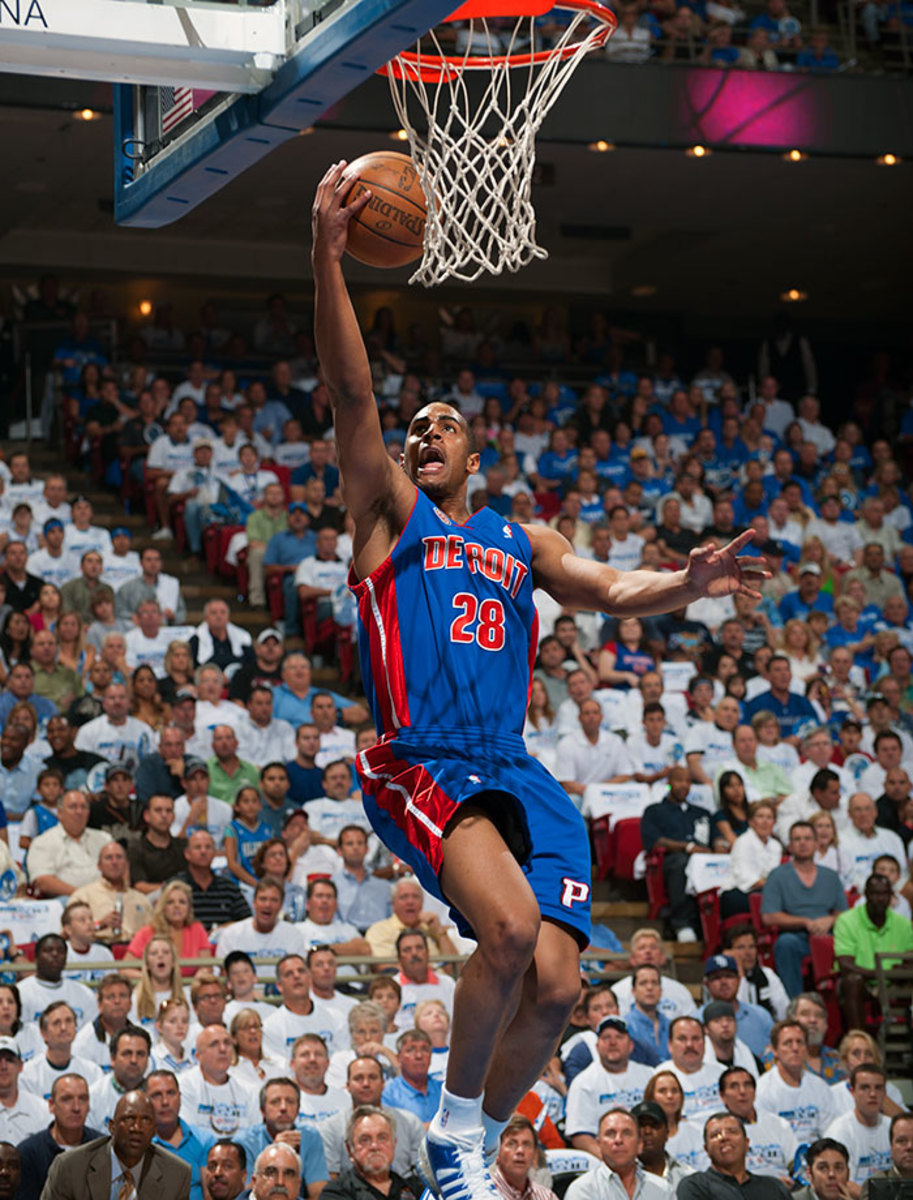
Afflalo has been a steady, useful two-way player eight seasons into his career, peaking in 2013-14 with Orlando where he put up 18.2 points and shot 42.7% from three. The UCLA product and Compton native also famously inspired a song by rapper Kendrick Lamar. He begins next season as a Knick.
29 — Paul Silas
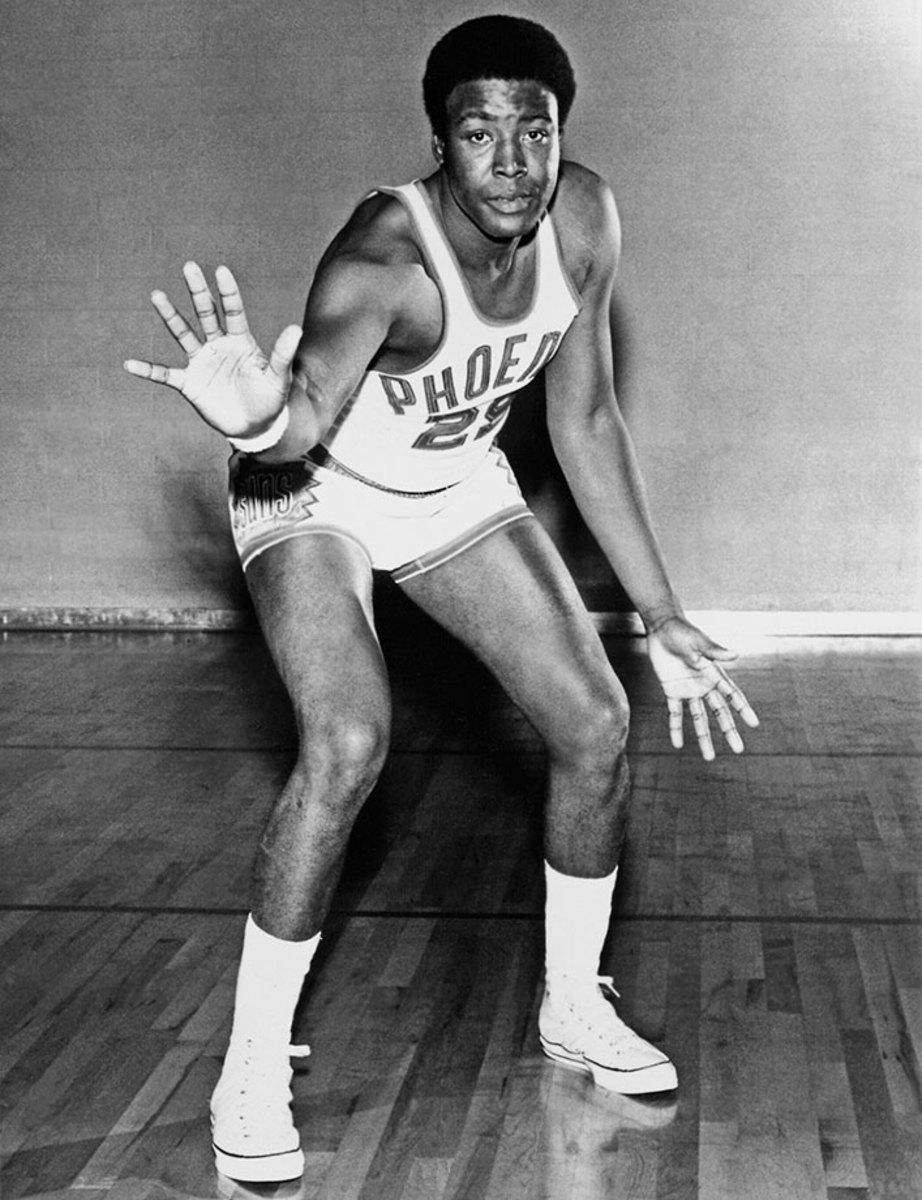
A two-time All-Star, Paul Silas played in three different decades and won three NBA championships (two with the Boston Celtics and one with the Seattle Supersonics). At just 6’7”, Silas was one of the best rebounders of his era, leading the NBA in offensive boards per game in the 1975-76 season. — Runner-up: Pervis Ellison
30 — Bernard King
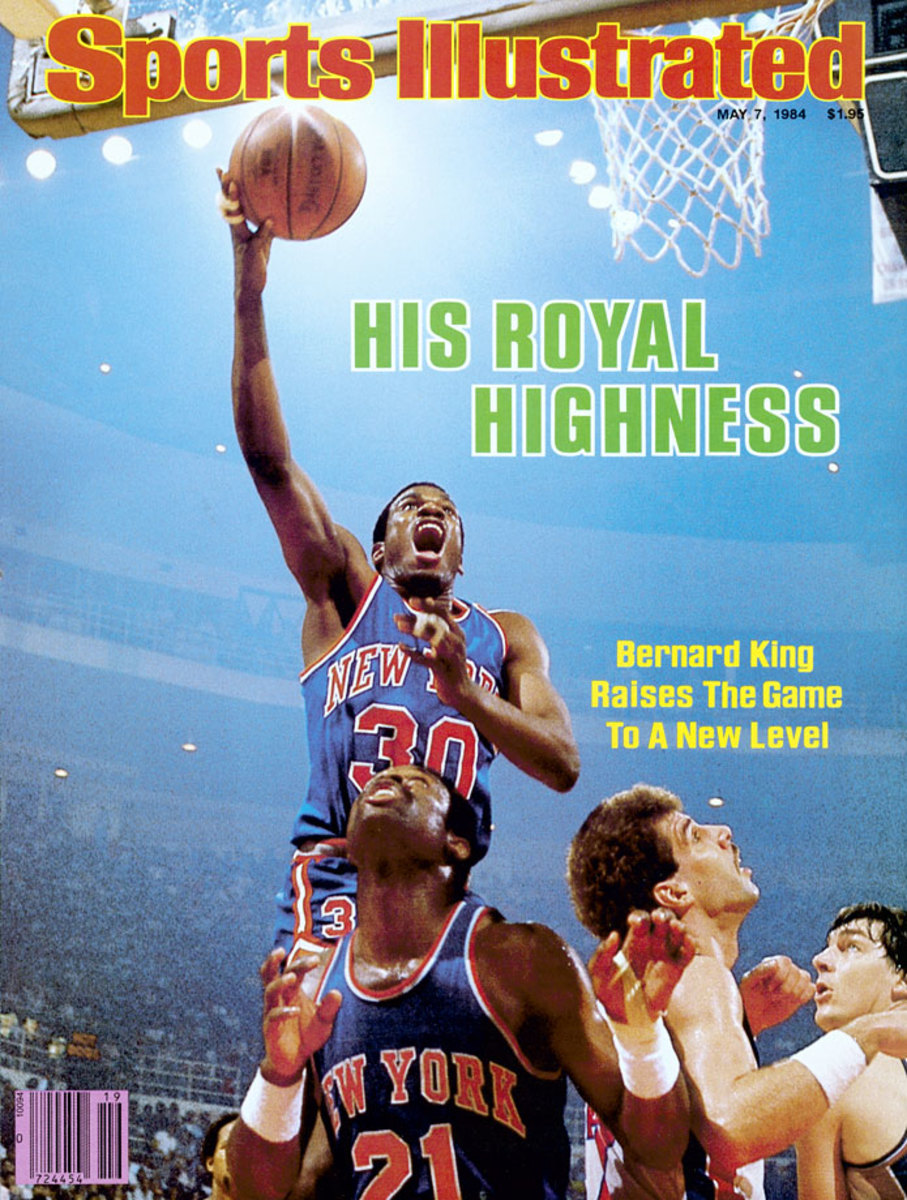
A tremendous athlete and gifted scorer, King came into the league averaging 24.2 points per game as a rookie and went on to become one of the most dominant offensive forwards of the ‘80s. A torn ACL in 1985 sidelined him for more than a year, and he was never quite the same—although he put together a strong comeback at the end of his career, with an impressive 28.4 points at age 34 in his second-to-last season. — Runner-up: Stephen Curry
31 — Reggie Miller
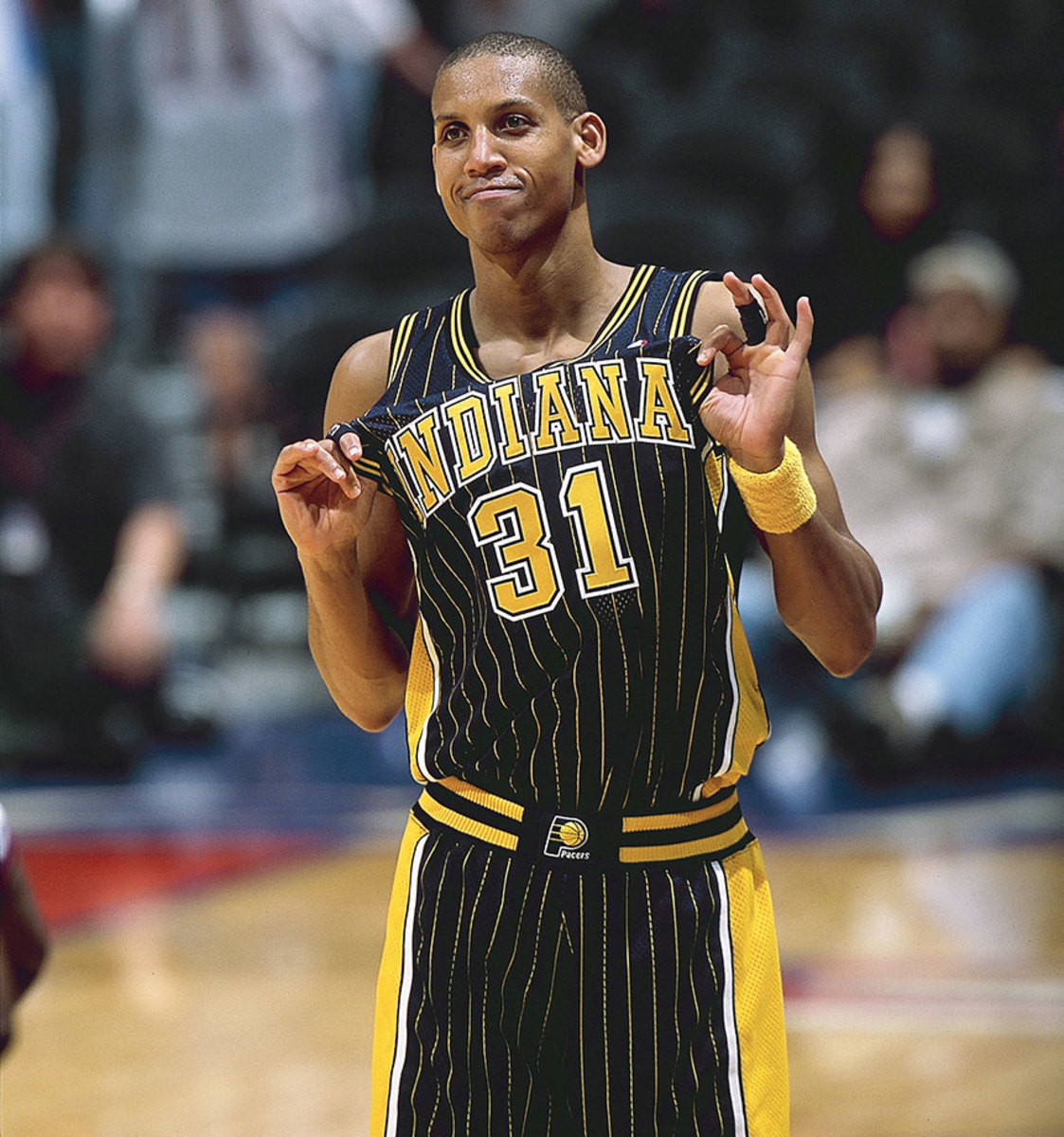
For several years, Reggie Miller was the NBA’s all-time leader in career three-pointers drained. Miller still ranks second, only behind Ray Allen. A five-time All-Star, Miller brought it in the postseason as well, most notably his clutch eight points in nine seconds to beat the New York Knicks in 1995. He led the Pacers to the 2000 NBA Finals as well. — Runner-up: Shawn Marion
32 — Magic Johnson
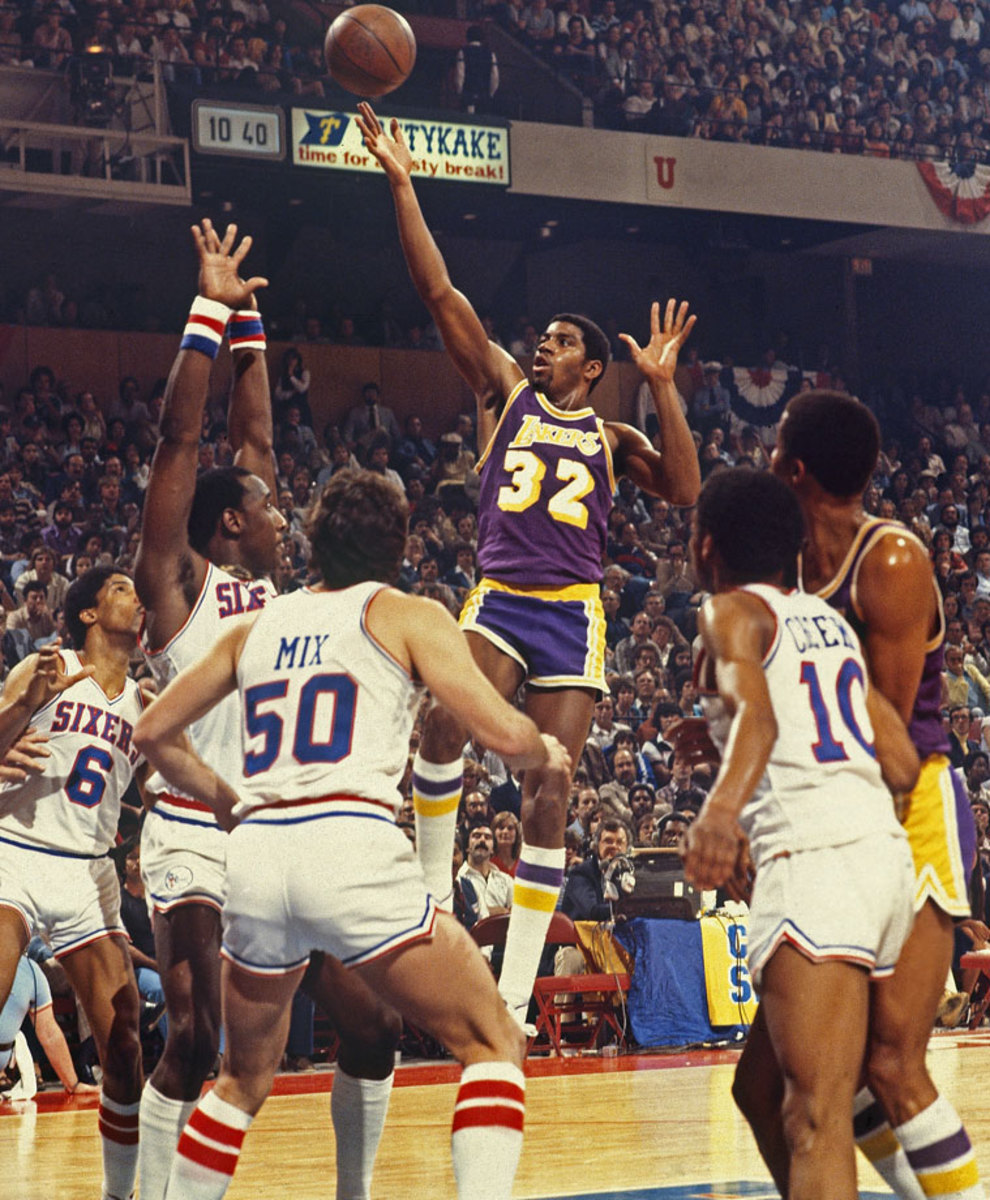
It’s hard to say enough about Magic, who changed perceptions of what a point guard could be, won multiple titles and became one of the NBA’s most engaging personalities all at once. A five-time NBA champ, three-time MVP, nine-time first-team All-NBA and 12-time All-Star, Johnson, with his playoff hardware and impact on the game, edges out Malone for this spot in a tight one. — Runners-up: Karl Malone, Kevin McHale
33 — Kareem Abdul-Jabbar
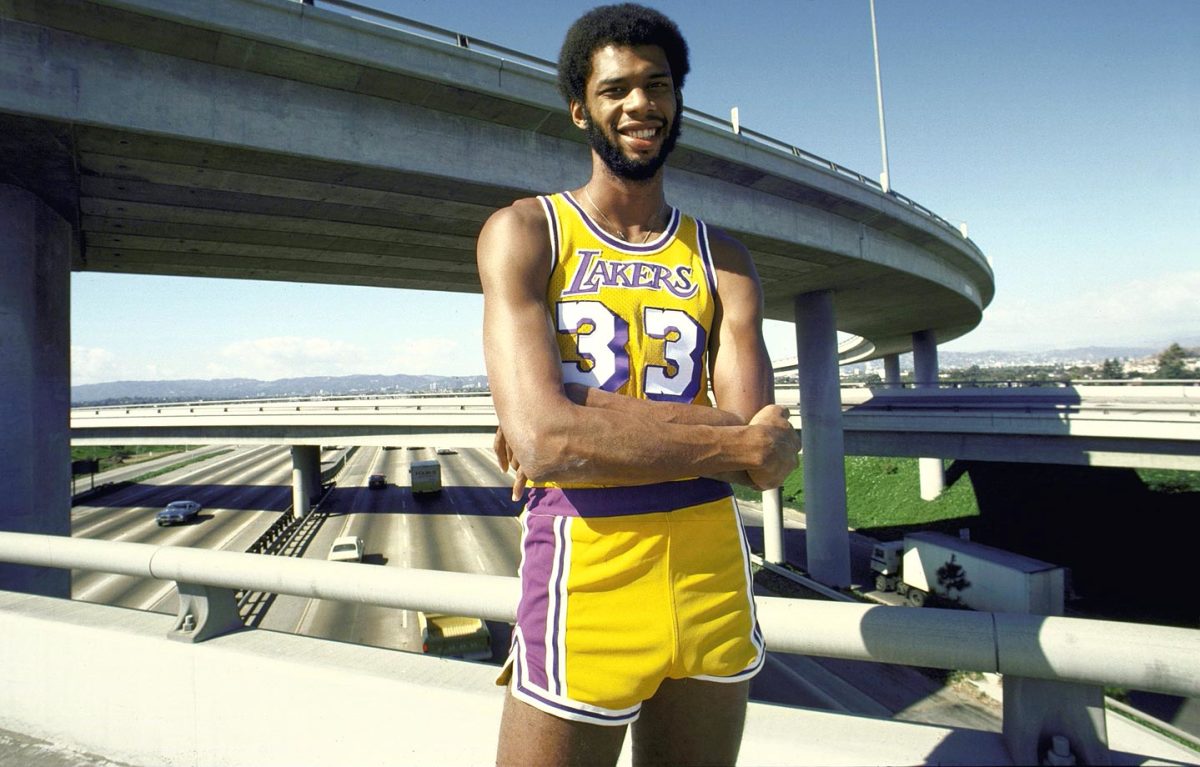
Clearly one of the greatest players ever, Abdul-Jabbar is the NBA’s all-time leading scorer by a mile and played in the second-most games of any player in history behind only Robert Parish. Kareem was an All-Star in 19 of his 20 seasons and claimed six championships. His skyhook will, of course, forever be legendary. — Runners-up: Larry Bird, Scottie Pippen
34 — Shaquille O’Neal
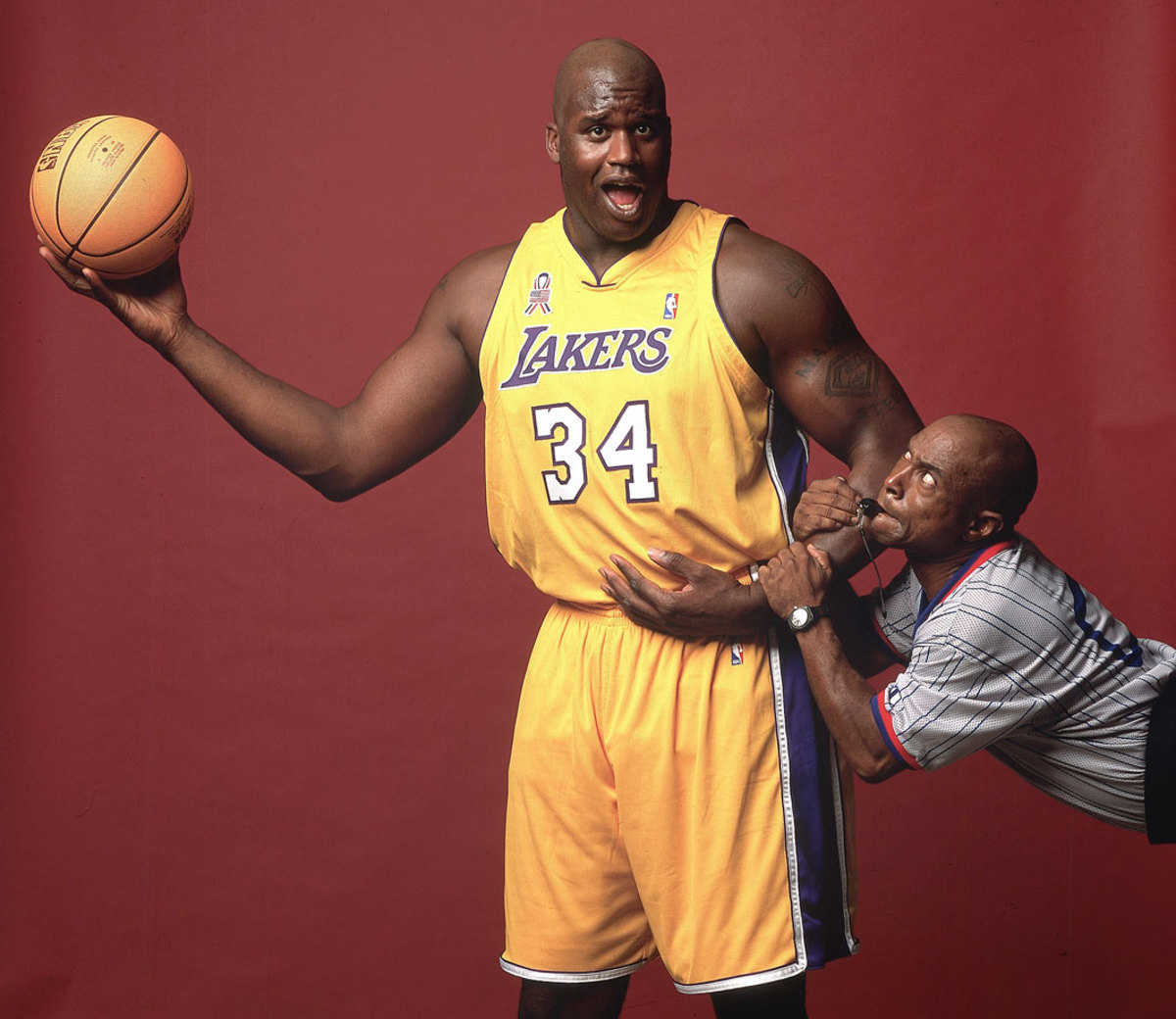
Prime Shaq has a case as the most singularly dominant individual player ever, with his blend of power and quickness, soft touch and ability to impose his will on the court. Four titles, three Finals MVPs and 15 All-Star appearances help Shaq’s résumé edge out the competition in one of the more difficult jersey number debates. — Runners-up: Hakeem Olajuwon, Charles Barkley, Ray Allen
35 — Kevin Durant
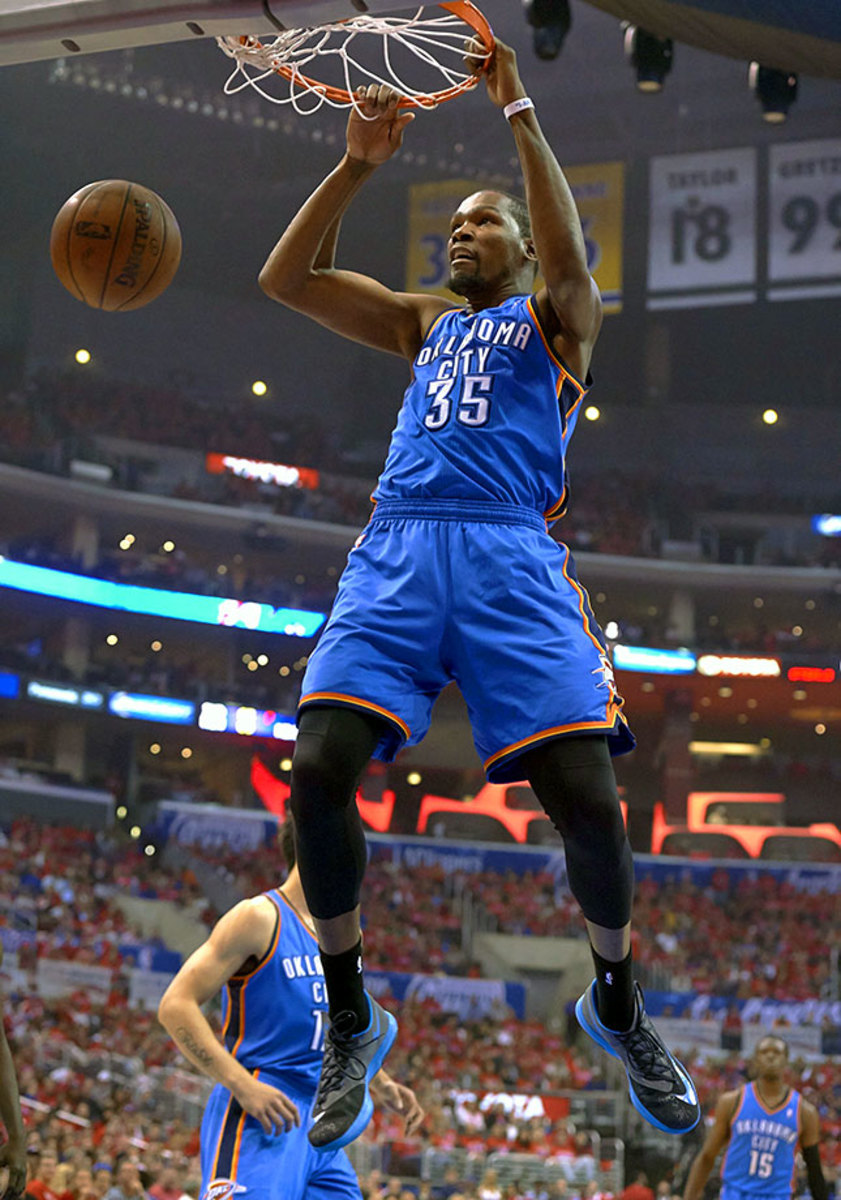
There’s a reason the entire NBA is holding its collective breath awaiting the 2016 offseason. Durant will be the biggest potential free agent since LeBron James in 2010. He’s a six-time All-Star, a four-time scoring leader and has an MVP to his name. Here’s to hoping he can return seamlessly after three foot surgeries. — Runner-up: Rudy LaRusso
36 — Rasheed Wallace
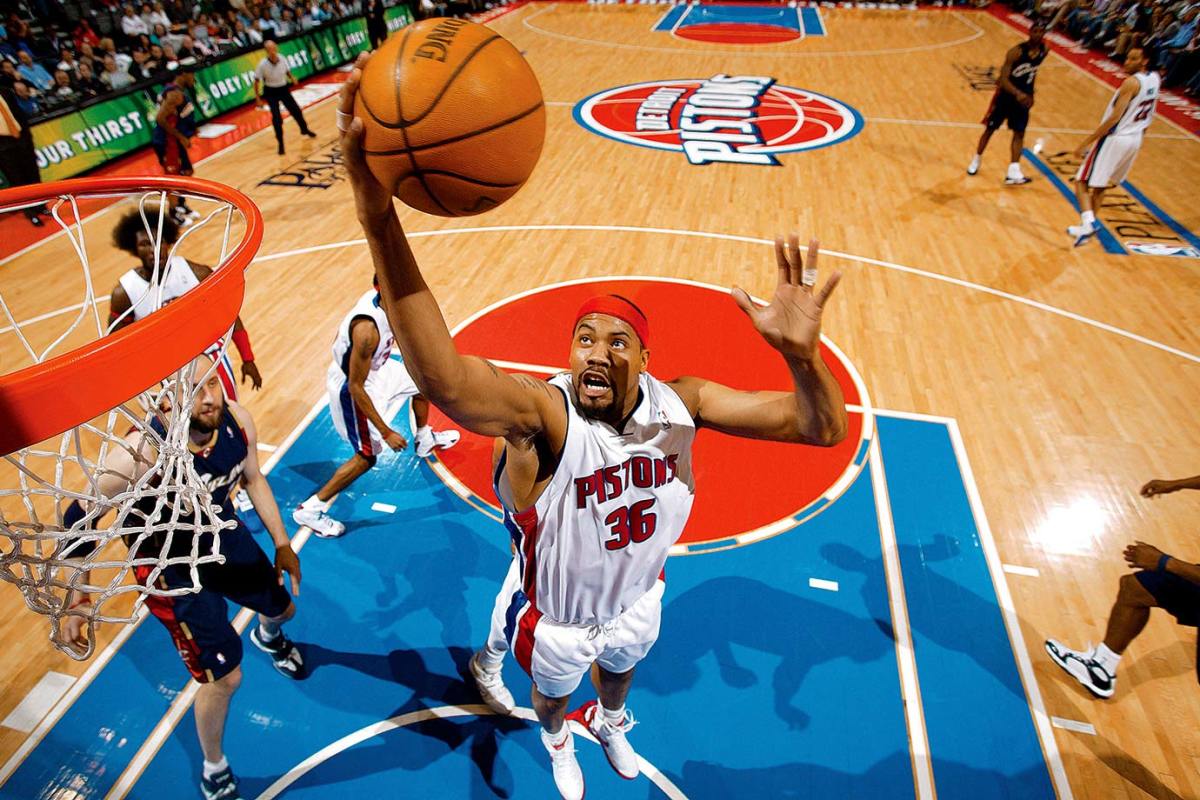
‘Sheed wore No. 30 for a large portion of his career, too, but he’s by far the most talented to don No. 36 (save for Shaq, briefly — and we aren’t repeating players here). Wallace led Detroit’s ensemble cast to the 2005 title and was a major player in the emergence of the modern stretch-four position. Often controversial, at times transcendent...well, ball don’t lie.
37 — Nick Van Exel
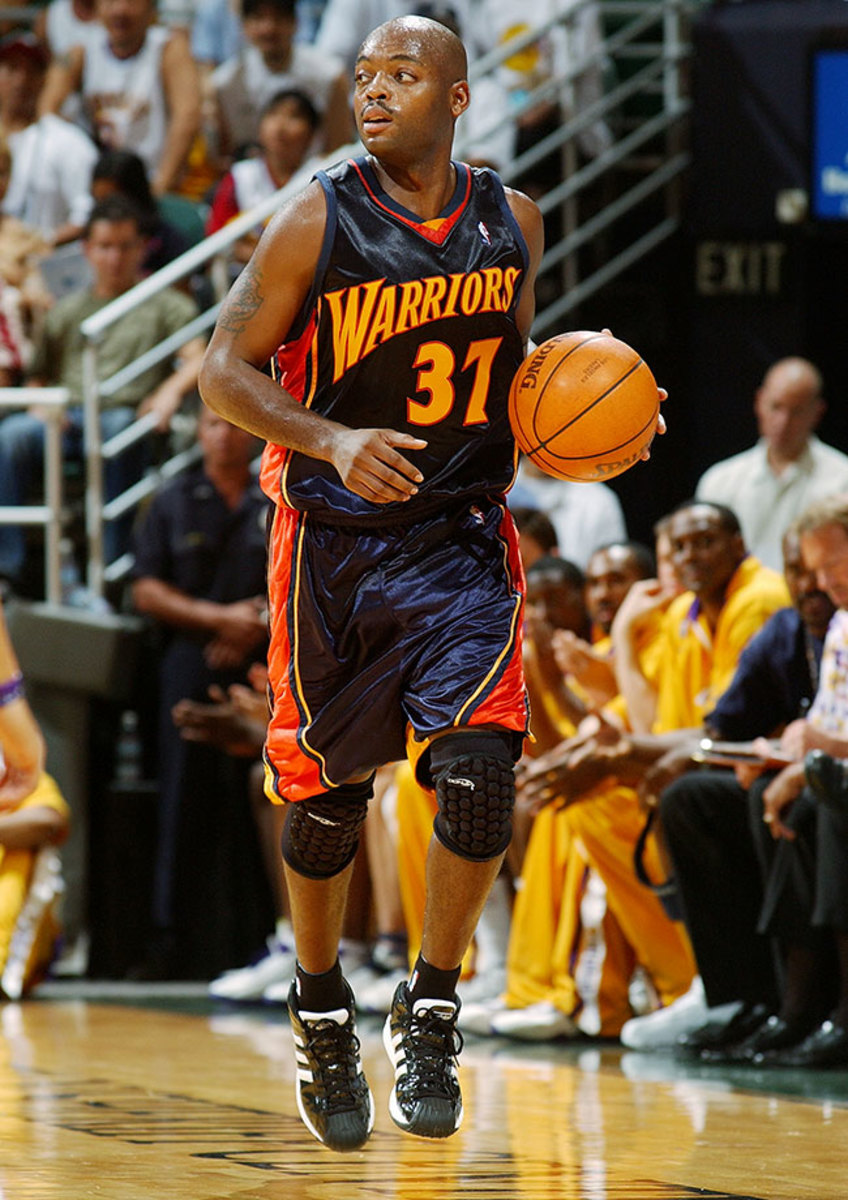
Nick Van Exel never quite found a home in the NBA, but he was far from a journeyman bouncing around from team to team. He played in one All-Star game, having always shown poise running the offense and performing in pick-and-roll sets. He ranks 22nd all-time in career three-pointers made. — Runner-up: Metta World Peace
38 — Viktor Khryapa
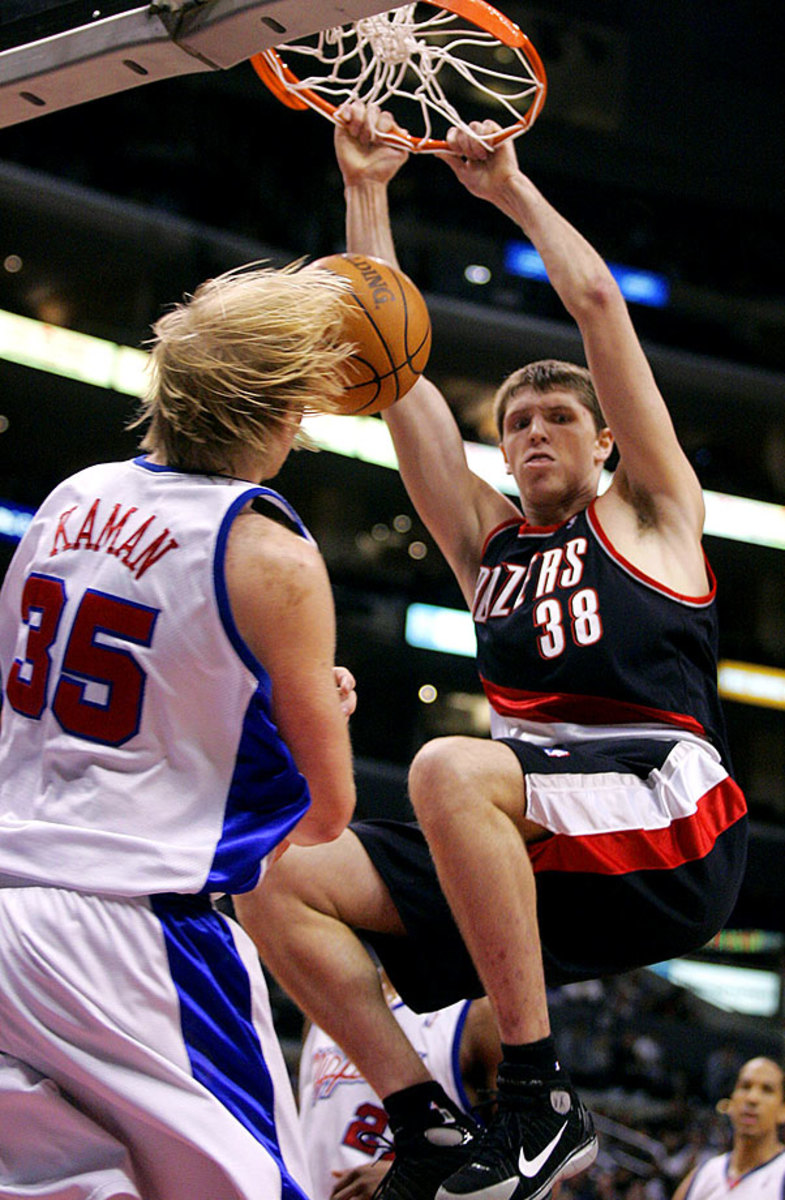
Khryapa struggled to find a home in the NBA and was done after four years, but has been a top player back in his native Russia before and after his American stint. He averaged 5.8 points and 4.4 rebounds for Portland in his best season.
39 — Jerami Grant
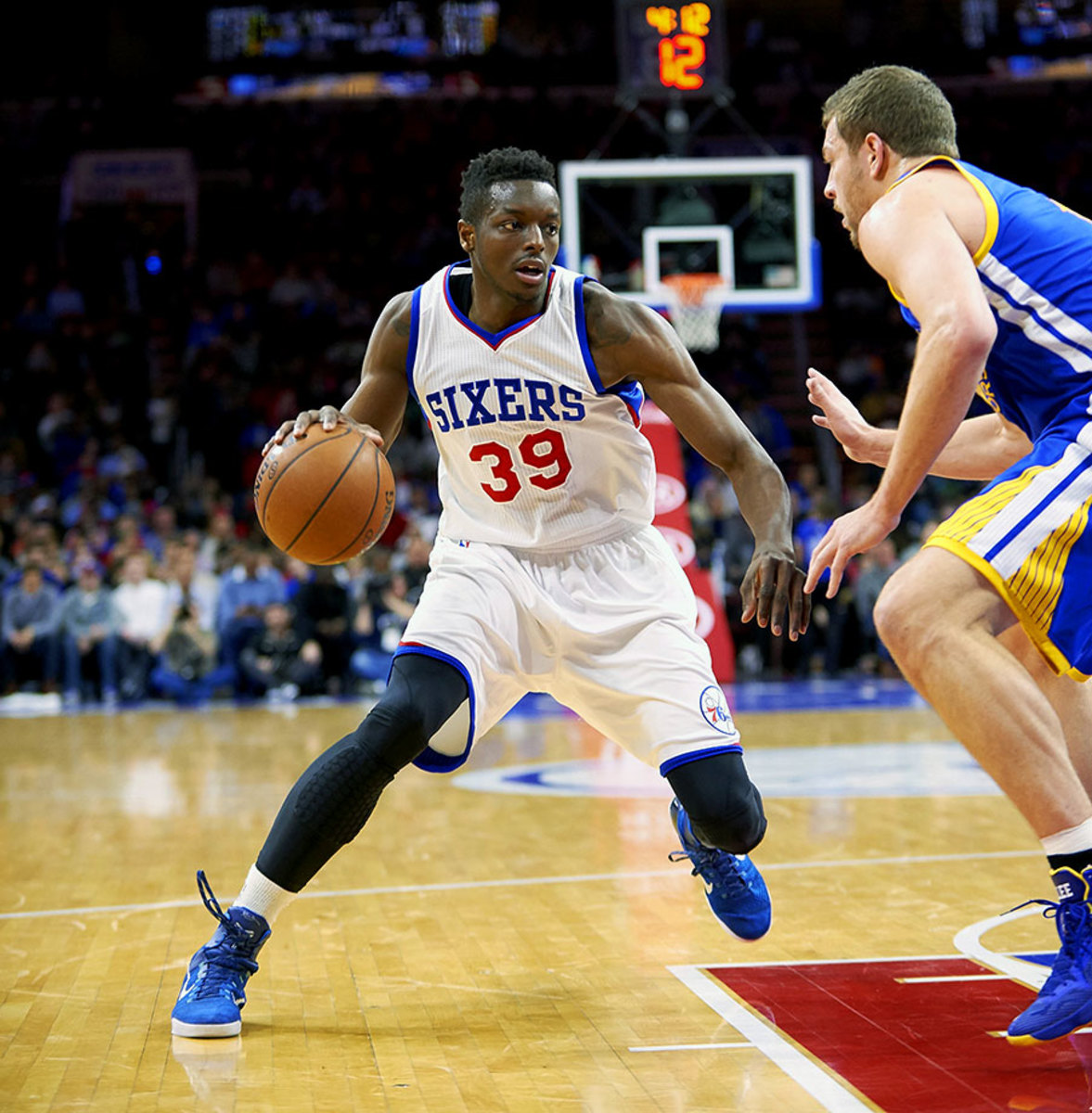
In just one NBA season, Grant posted the best statistical year of any player to don a No. 39 jersey. Grant settled on No. 39 after the Sixers made him the 39th pick in the 2014 NBA draft. He showed tremendous strides in his first season, draining 31.4% of his three-pointers on 156 attempts after hoisting just 20 triples in his two years at Syracuse. — Runner-up: Greg Ostertag
40 — Shawn Kemp
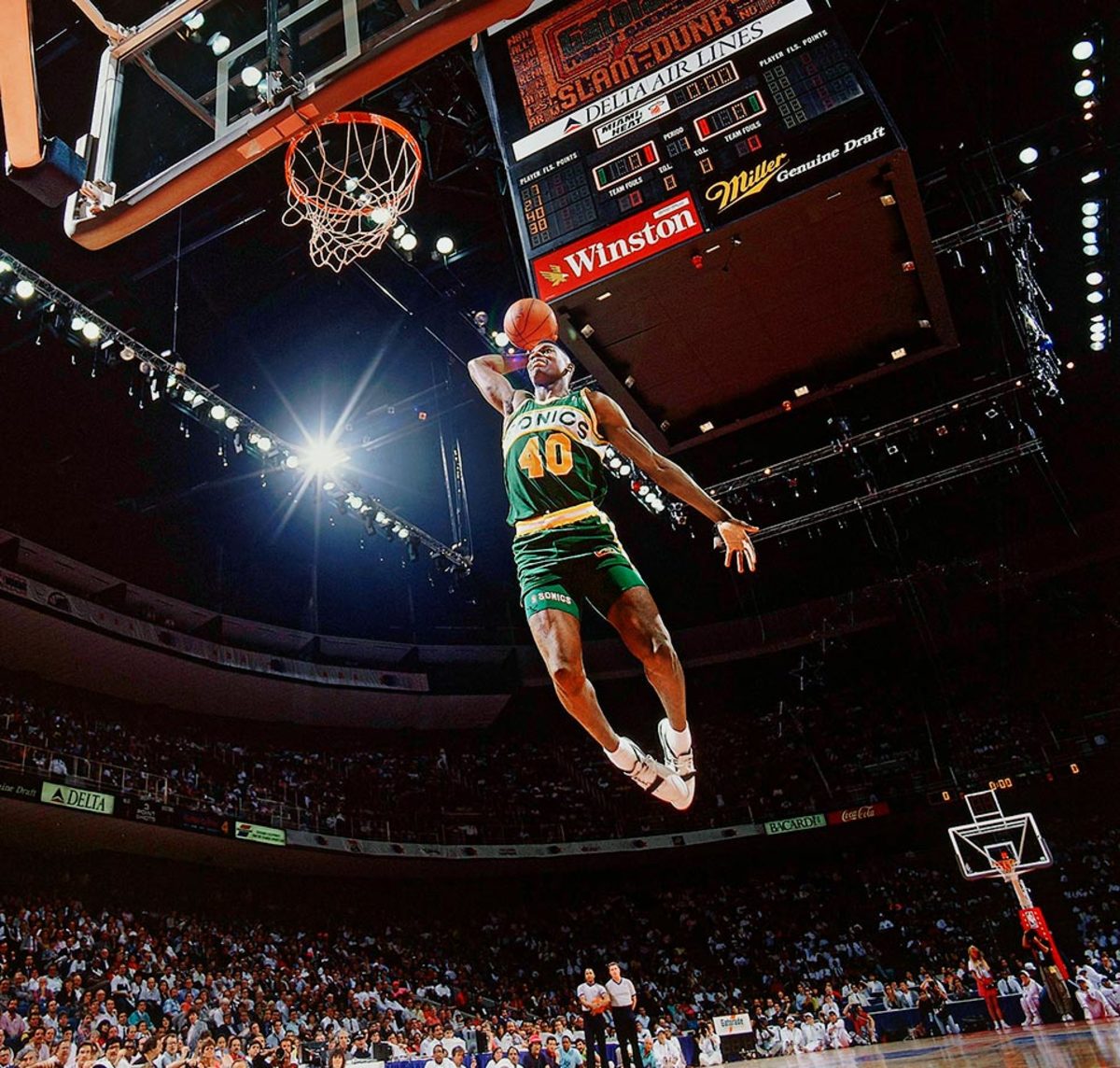
Kemp quickly became one of the NBA’s most exciting players and finished a six-time All-Star, his one-two punch with Gary Payton remaining one of the league’s more iconic pairings. At his best, he was a double-double machine and effective shot-blocker, threat to dunk on his defender and anchor for the Sonics on the way to the ‘96 NBA Finals, where they’d fall to Jordan, Pippen and the Bulls. —Runner-up: Bill Laimbeer
41 — Dirk Nowitzki
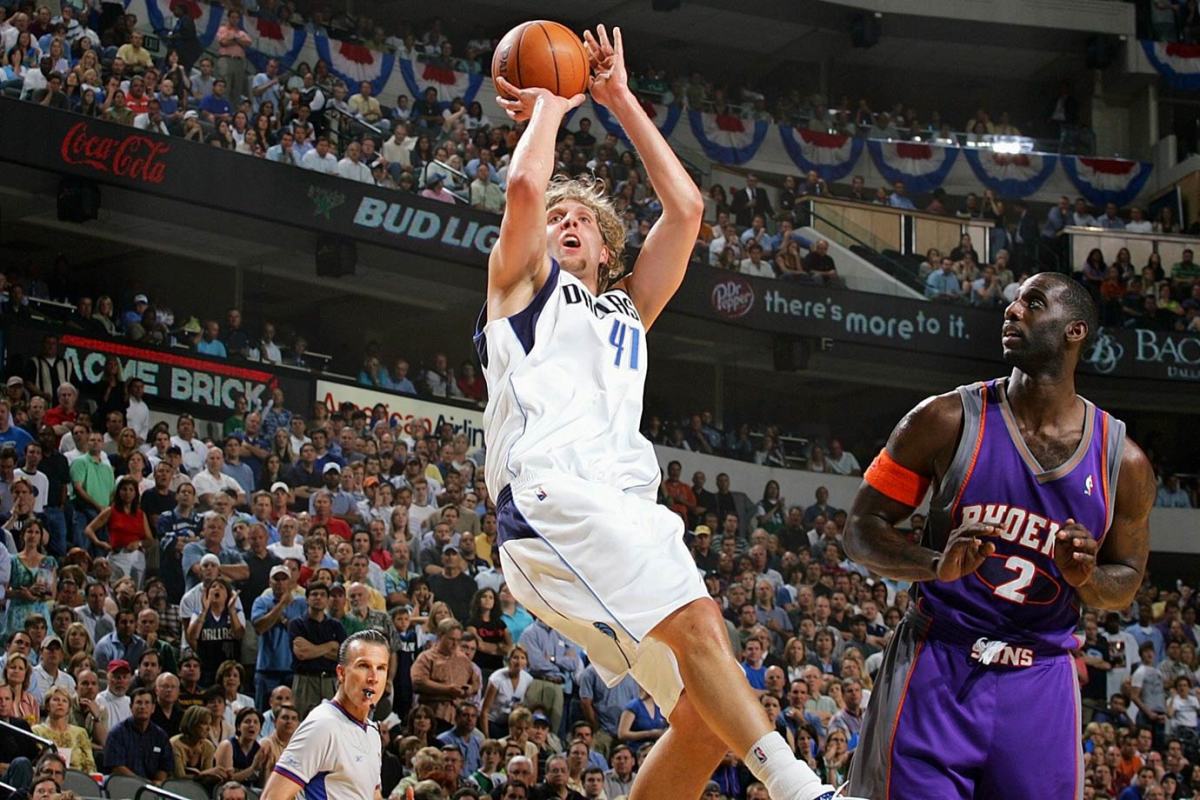
Arguably the greatest shooting big man of all-time, Nowitzki cemented his legacy after leading the Mavericks to a come-from-behind championship against the Heat in 2011. Nowitzki claimed the 2006 regular season MVP and has appeared in 13 All-Star Games. — Runners-up: Wes Unseld, Glen Rice
42 — James Worthy
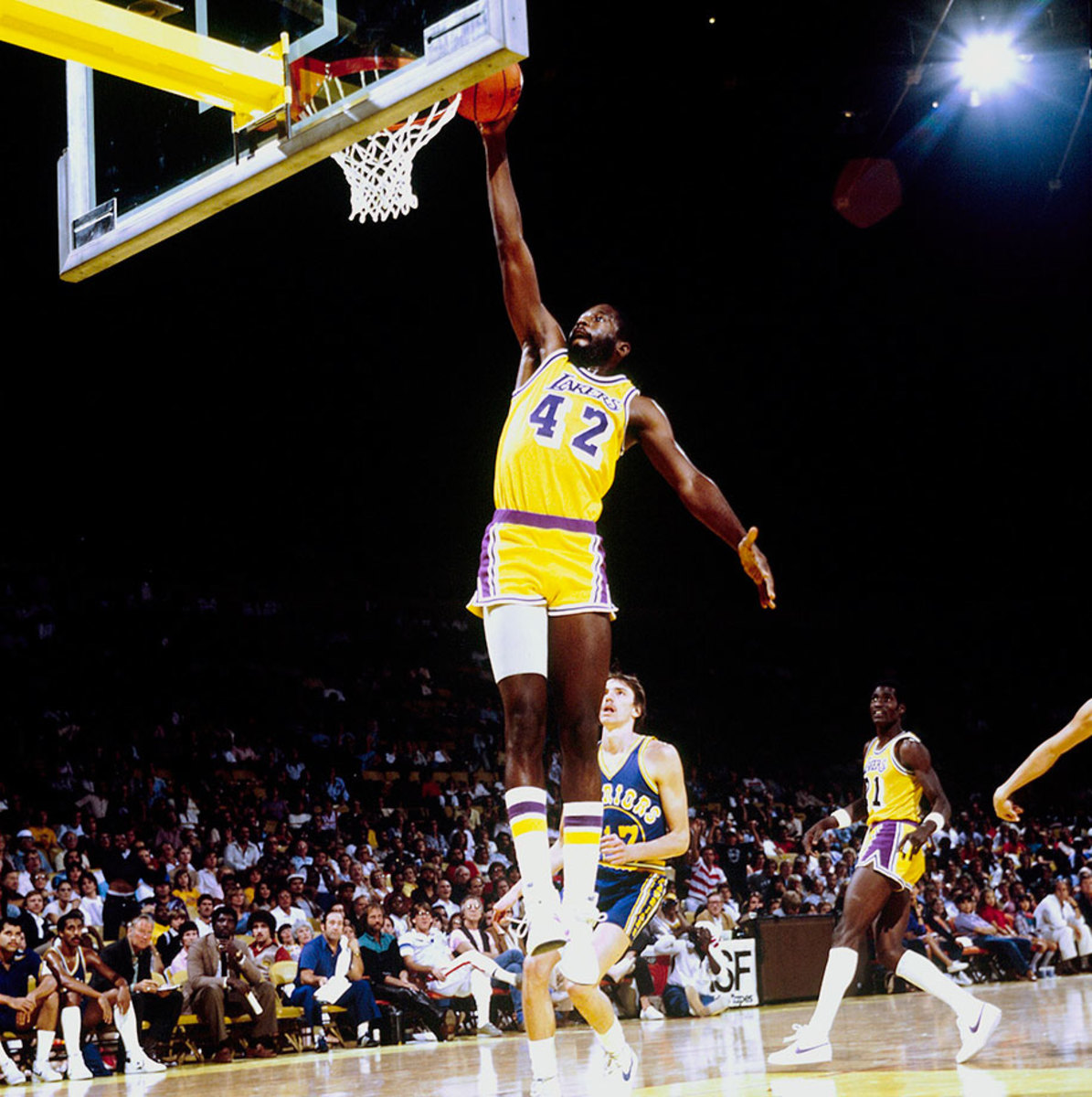
Worthy spent much of his career as the third banana on the Lakers alongside Kareem and Magic, but became an all-time great one in the process, getting his numbers and playing a critical role throughout. He averaged 17.6 points on 52.1% shooting in his 12 years as a Laker and came away a three-time NBA champion and seven-time All-Star. — Runners-up: Elton Brand, Kevin Love, Connie Hawkins
43 — Jack Sikma
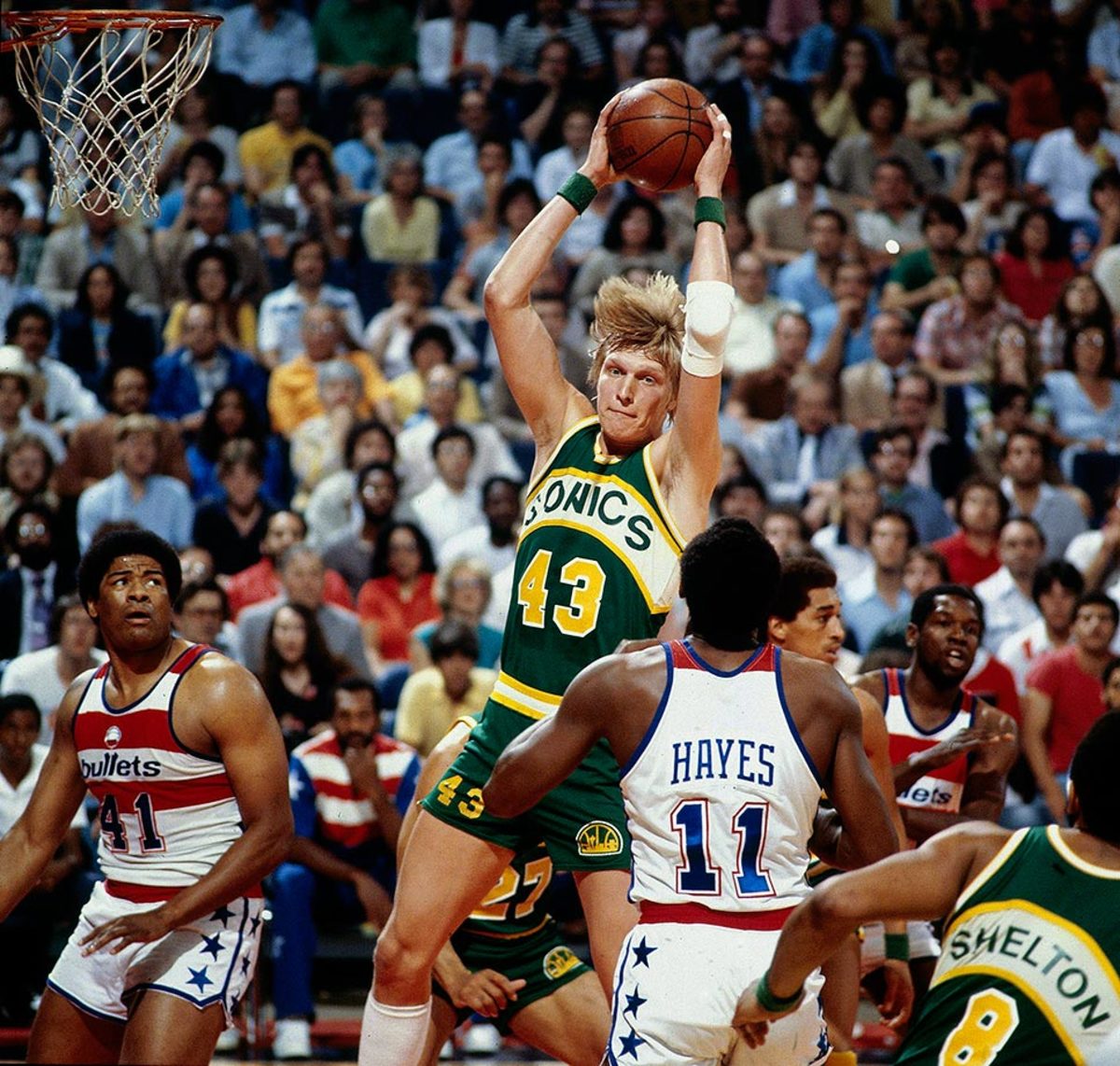
At just 23 years old, Sikma helped the Seattle Supersonics claim their only championship in franchise history, averaging 14.8 points and 11.7 rebounds per game in the 1979 postseason. A seven-time All-Star, Sikma ranks 30th all-time in NBA history in career total rebounds. — Runner-up: Brad Daugherty
44 — Jerry West
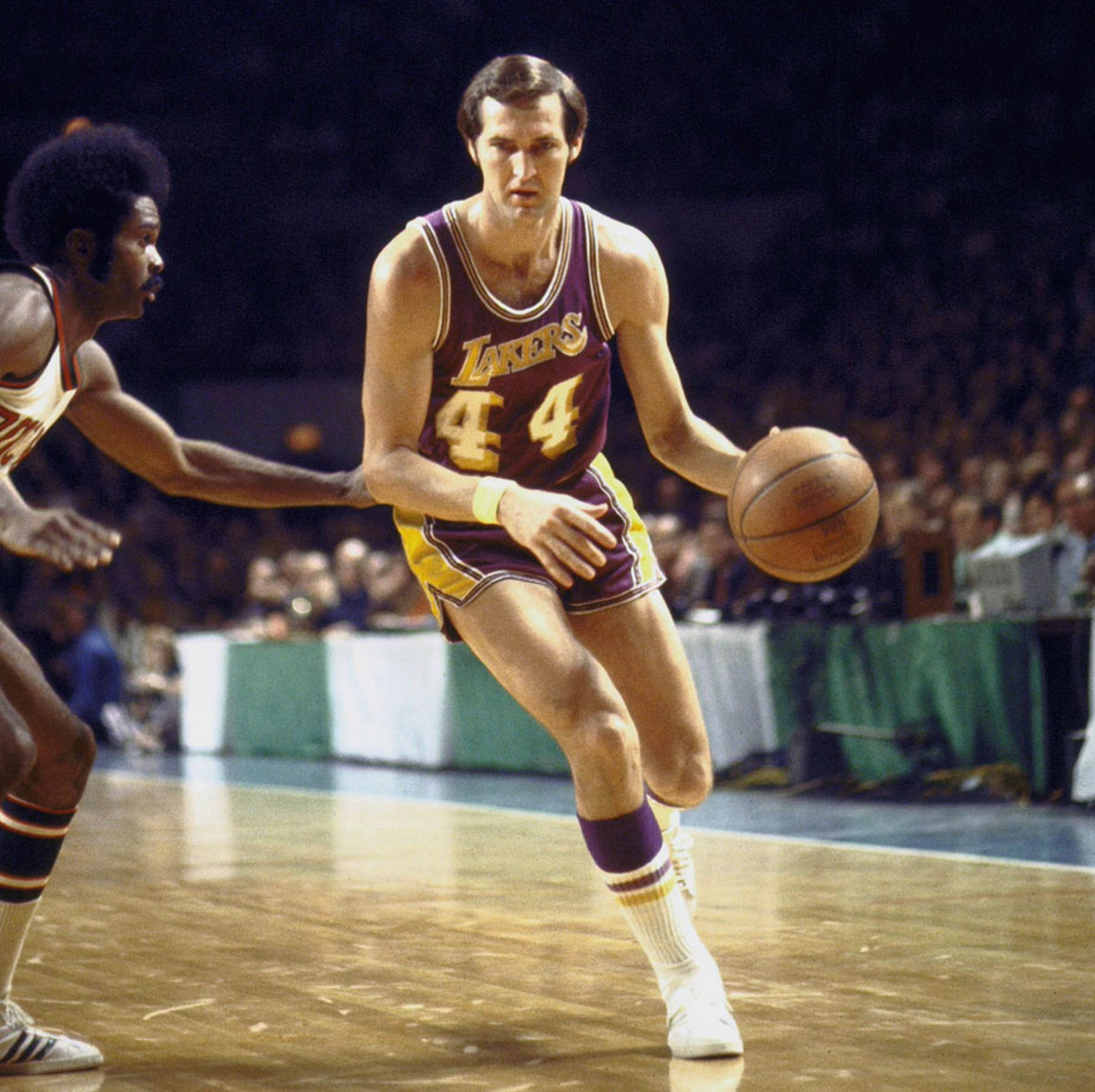
He’s on the NBA logo and forever etched into its history as a player and executive. Jerry West was a 14-time All-Star and 1972 NBA champion, and lost in the historic romanticism and his efforts in the Lakers’ front office is the fact that he straight up put the ball in the basket. With an average of 27 points per game over 14 seasons, all before the advent of the three point line, West’s transcendence as a player is tough to argue against. — Runner-up: George Gervin
45 — Rudy Tomjanovic
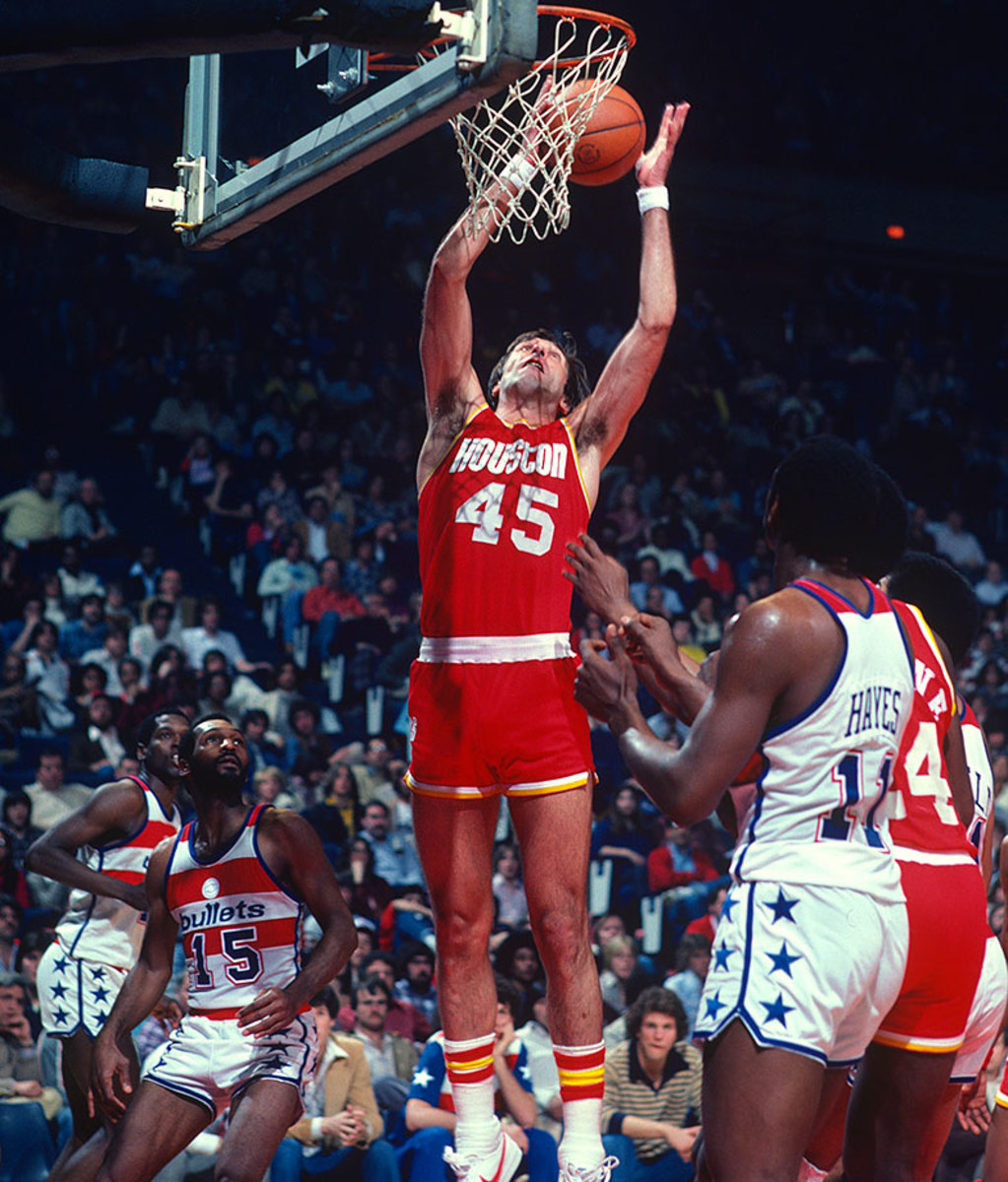
The No. 2 overall pick in the 1970 NBA draft, Rudy Tomjanovic is the third leading scorer in Rockets franchise history behind only Calvin Murphy and Hakeem Olajuwon. A five-time All-Star, Tomjanovic’s last name was so long, the back of his jersey often read, “Rudy T.” — Runner-up: A.C. Green
46 — Bo Outlaw
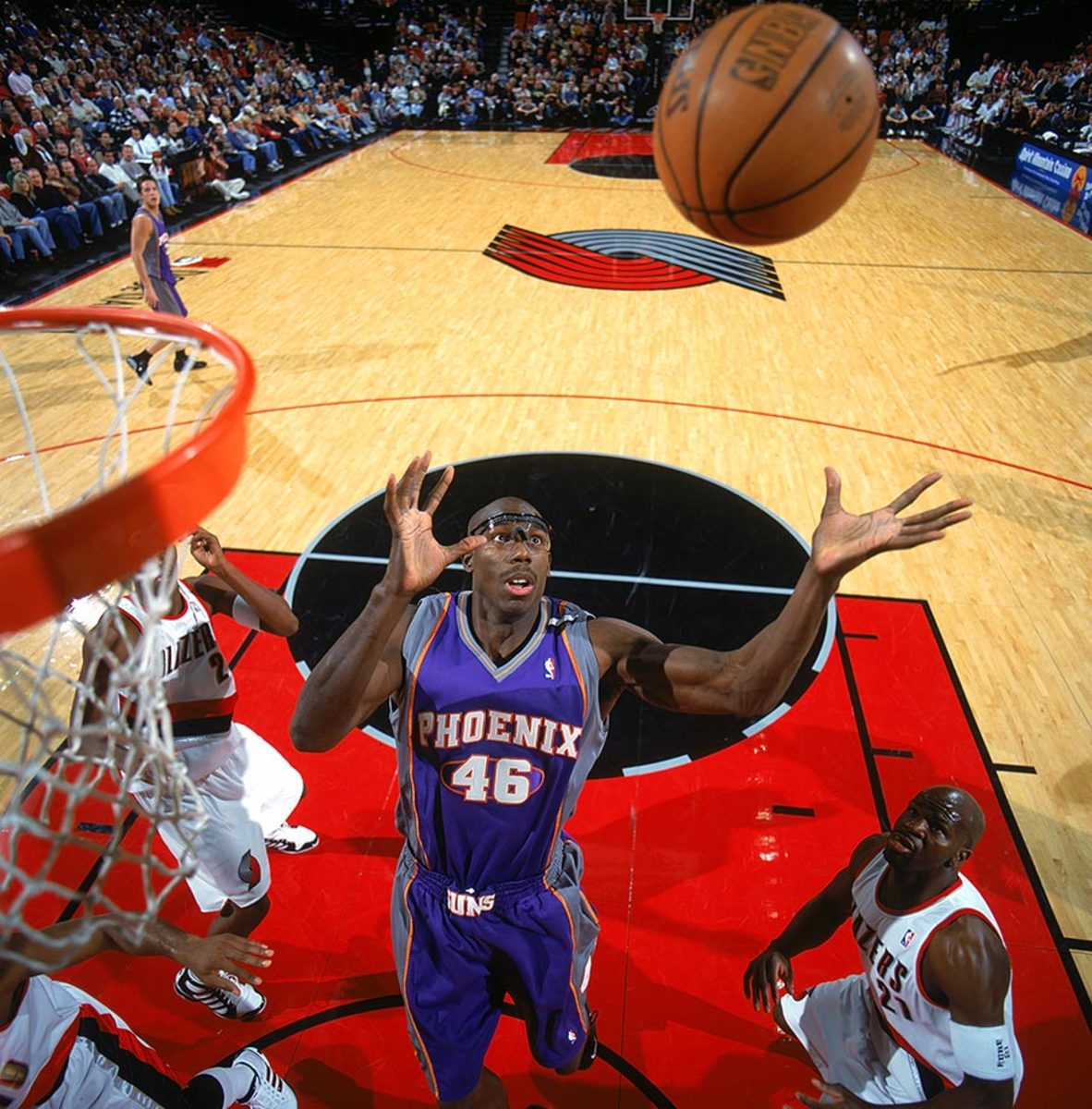
A terrific athlete, tough defender and abysmal free-throw shooter, Outlaw carved out a long career for himself despite an uninspiring statistical profile. His game peaked in 1998, with 25 points, 13 rebounds and 10 assists in a win as a member of the Magic. A reporter asked him how he felt about his triple-double, which led to Outlaw’s famous reply: “What’s that? Some kind of hamburger?”
47 — Andrei Kirilenko
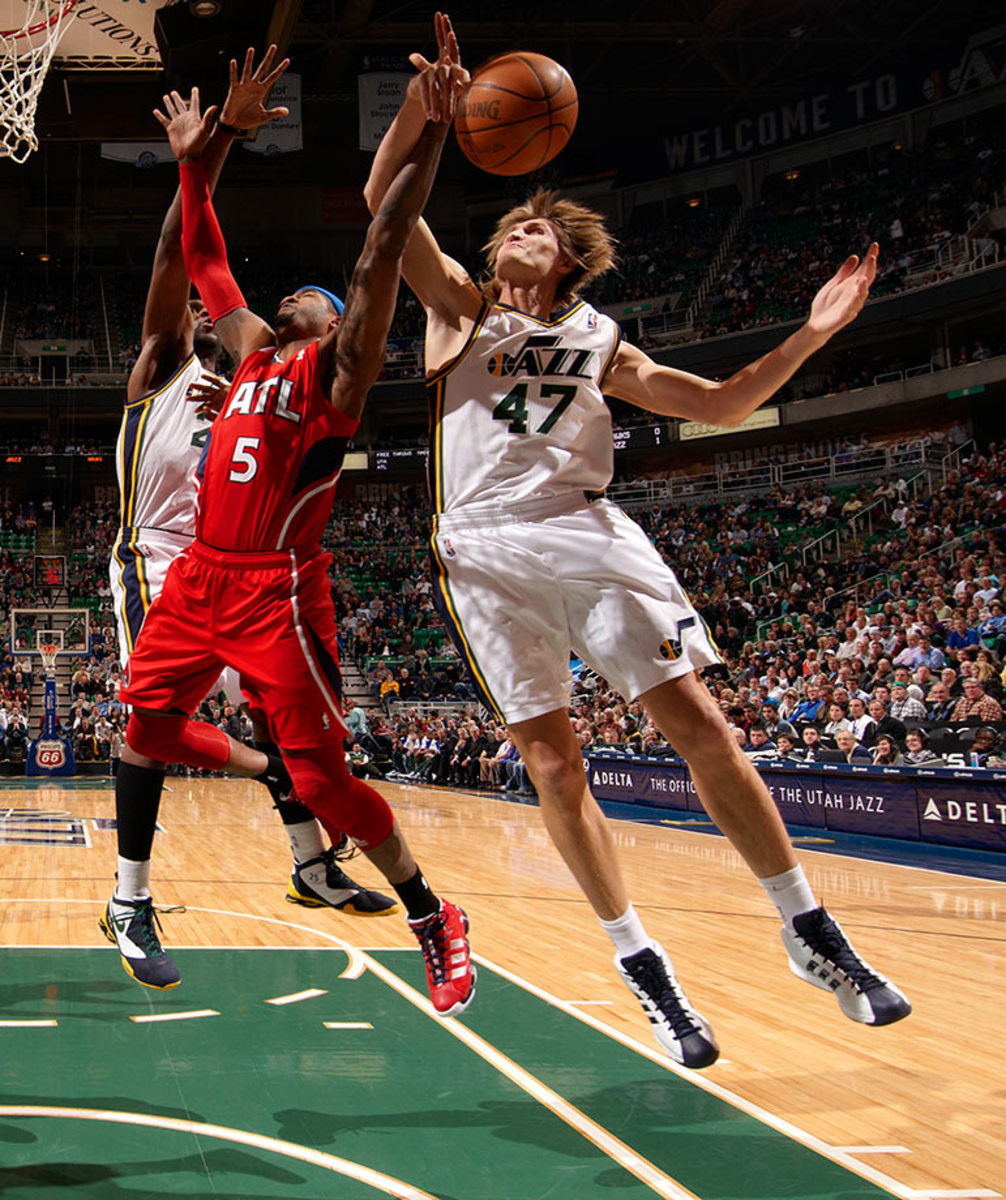
In 2001, Kirilenko joined the Jazz after Utah made him the first Russian player drafted in NBA history in 1999. Kirilenko was named an All-Star in 2004 and was a three-time first-team All-Defense selection. Kirilenko was instrumental in Utah’s transition from John Stockton and Karl Malone to the Deron Williams and Carlos Boozer era. — Runner-up: Scott Williams
48 — Nazr Mohammed
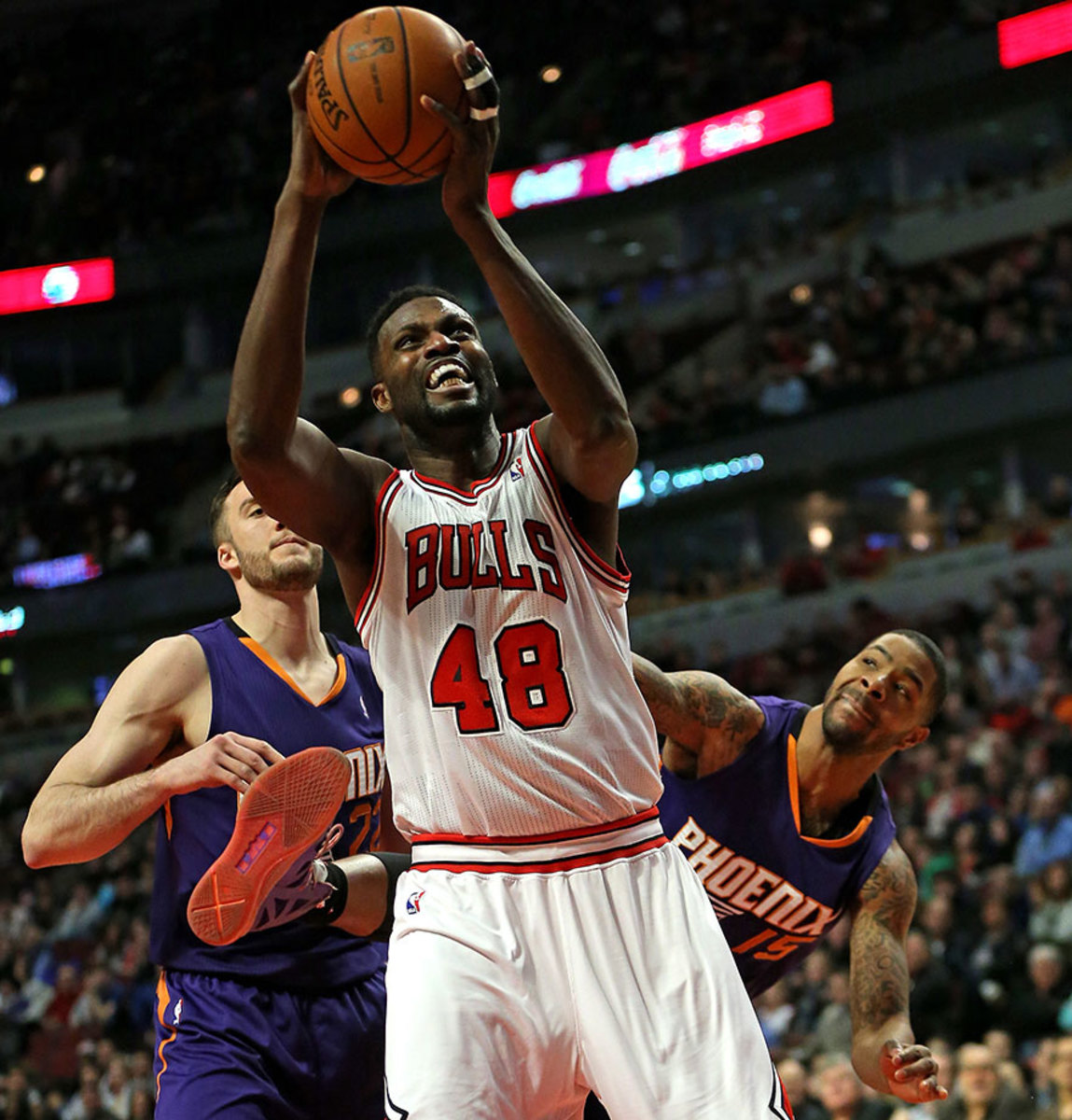
A career journeyman, Mohammed had serviceable years earlier in his career before seeing his playing time dwindle with age in Oklahoma City and now Chicago. He won a title in 2005 as a backup with the Spurs but peaked statistically as a Hawk in 2001-02, with 9.1 points and 7.9 boards per game.
49 — Shandon Anderson
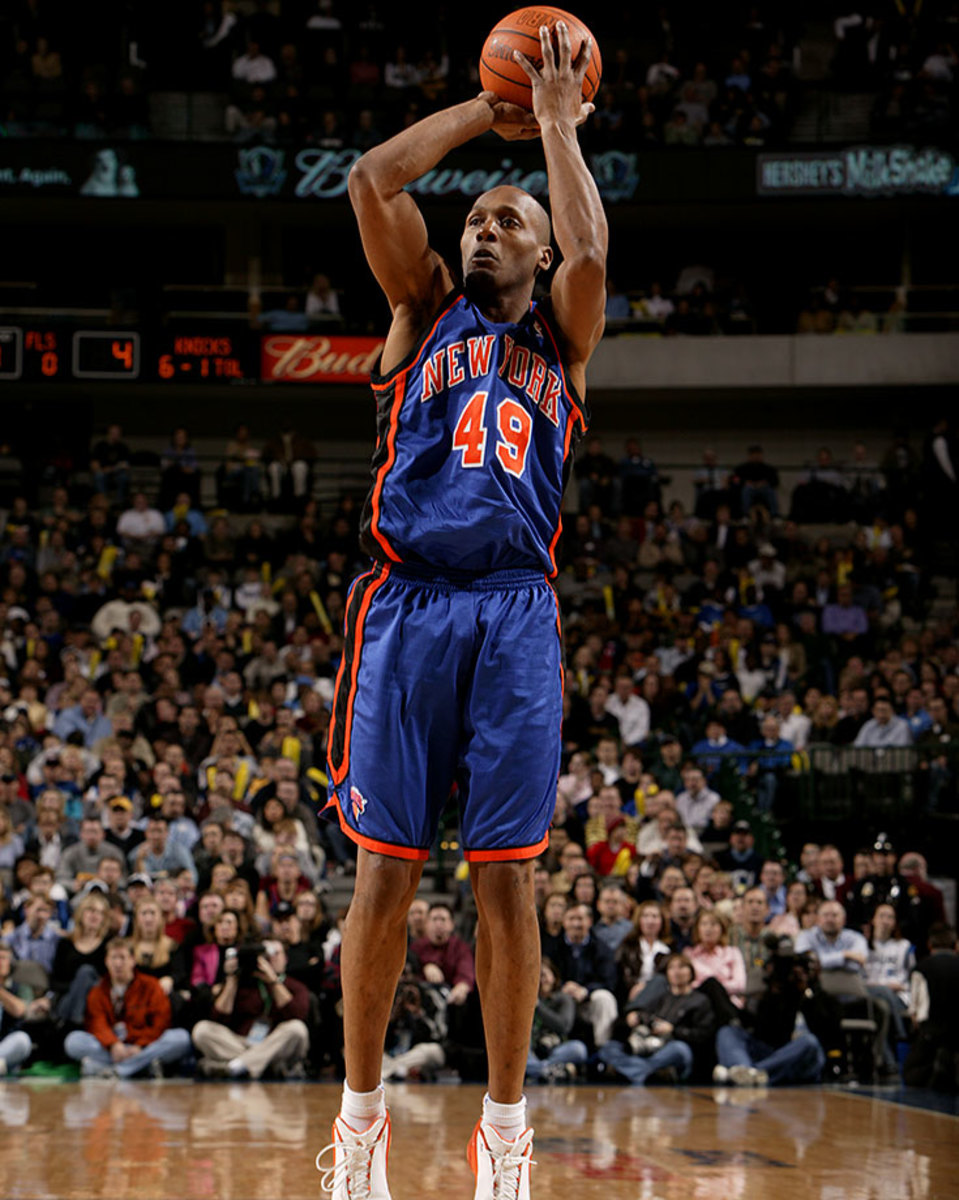
Anderson far exceeded expectations throughout his career after being drafted with the 54th pick in the 1996 NBA draft. In his 10-year career, Anderson’s best season came in 1999-2000, when he averaged 12.3 points, 4.7 rebounds and 2.9 assists per game for the Rockets. He was a reserve on the Heat’s 2006 championship team. — Runner-up: Mel McCants
50 — David Robinson

The Admiral was an incredible talent whose individual greatness occasionally gets lost because of the team-first nature of the Spurs’ dynasty and Tim Duncan’s sustained quality. Robinson was part of the Spurs’ first two championships (1999 and 2003), teaming with Tim Duncan to lay the groundwork for what was to come. But a young Robinson could carry a team, make no mistake about it: he averaged 29.8 points and 10.7 rebounds in 1994 and averaged 21.1 points for his career. — Runners-up: Steve Mix, Ralph Sampson, Zach Randolph
51 — Reggie King
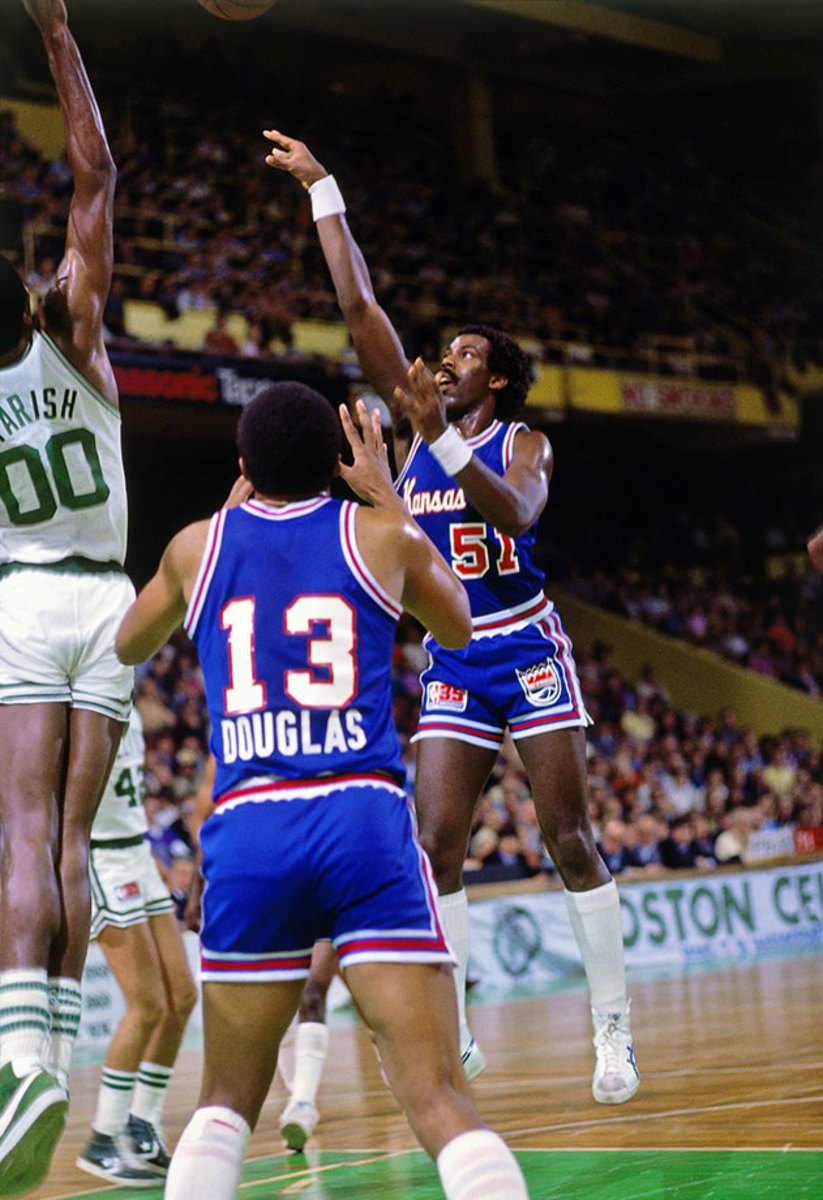
The 18th overall pick in the 1979 NBA draft, King played four seasons for Kansas City before finishing his career for two years in Seattle. During his second year with the Kings, in 1980-81, King posted his best season, averaging 14.9 points and 9.7 rebounds and shot 54.% from the field. — Runner-up: Lawrence Funderburke
52 — Jamaal Wilkes
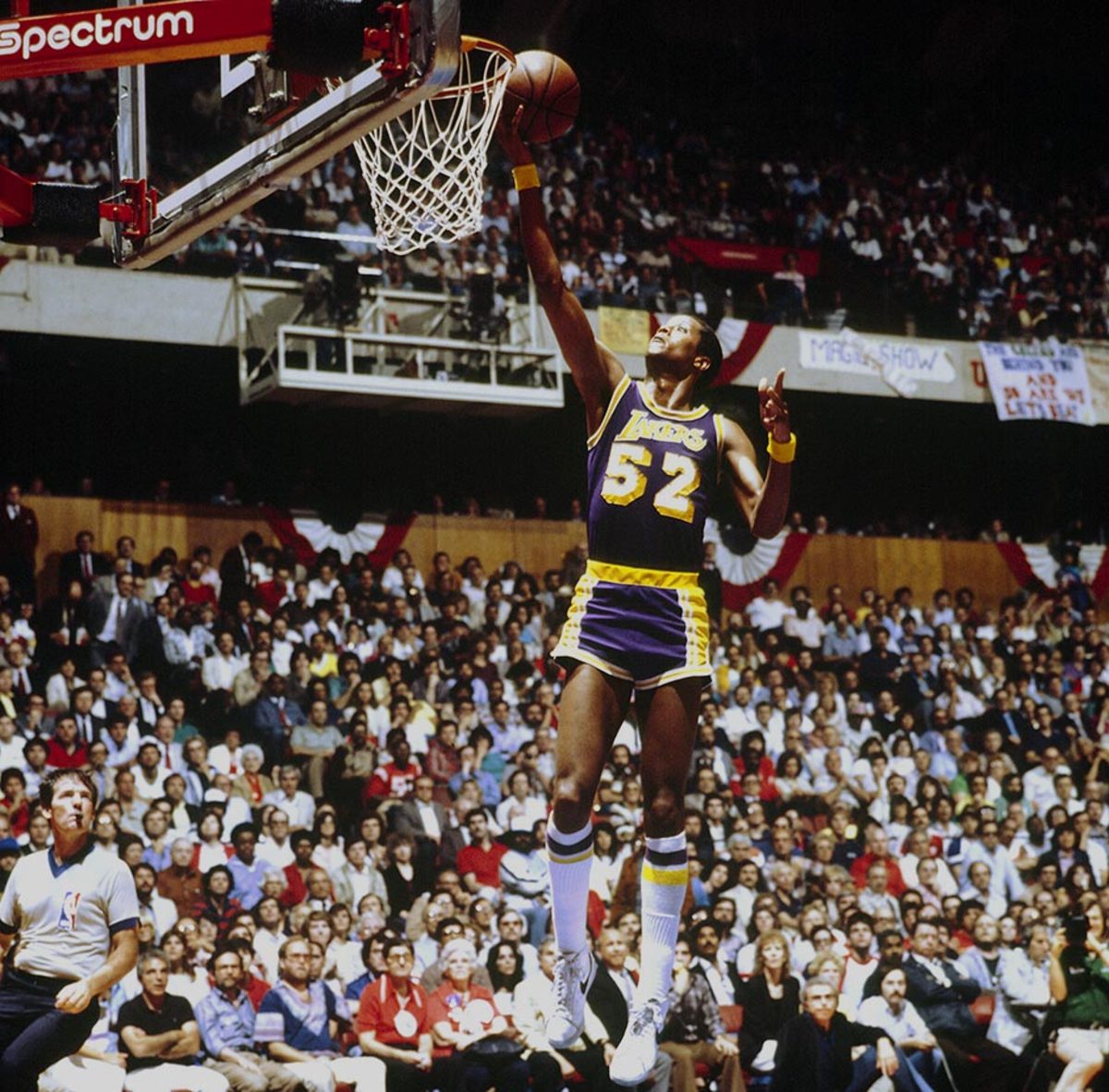
Overshadowed by star teammates but statistically impressive, Wilkes was a key player in the Lakers’ incredible run of success. He won Rookie of the Year as part of Golden State’s title team in 176, captured three titles with the “Showtime” Lakers and averaged 17.7 points and 6.2 rebounds for his career. There may not be a better metaphor for his career than this: he scored 37 points and 10 rebounds in 1980’s Game 6 to clinch the Finals, which happened to be the same game Magic famously started for Kareem at center and finished with 42 points, 15 rebounds and seven assists.
53 — Artis Gilmore
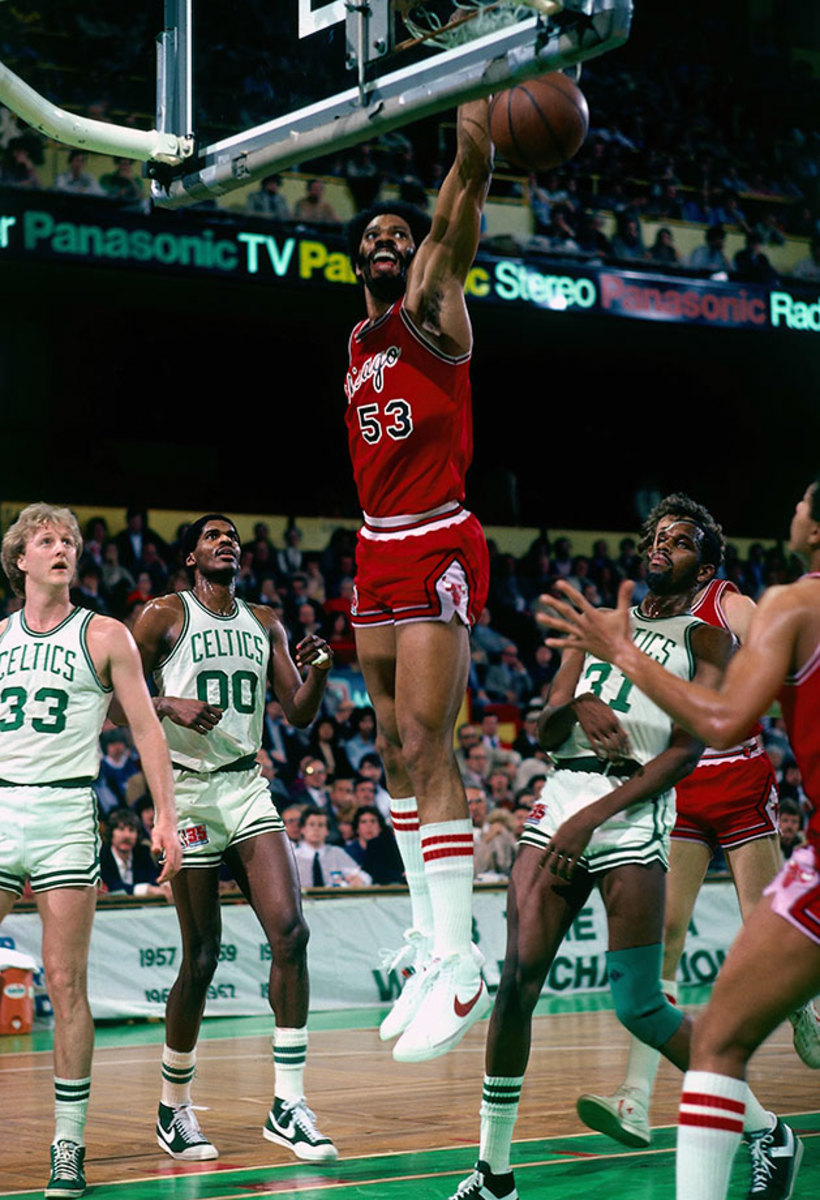
Still the NCAA’s all-time leader in rebounds per game, Gilmore made five All-Star appearances in the ABA. The Chicago Bulls made Gilmore the No. 1 overall pick in the 1976 dispersal draft as part of the NBA-ABA merger. Gilmore appeared in six NBA All-Star games. He is still the NBA’s career leader in field goal percentage at 59.9%. — Runner-up: Darryl Dawkins
54 — Horace Grant
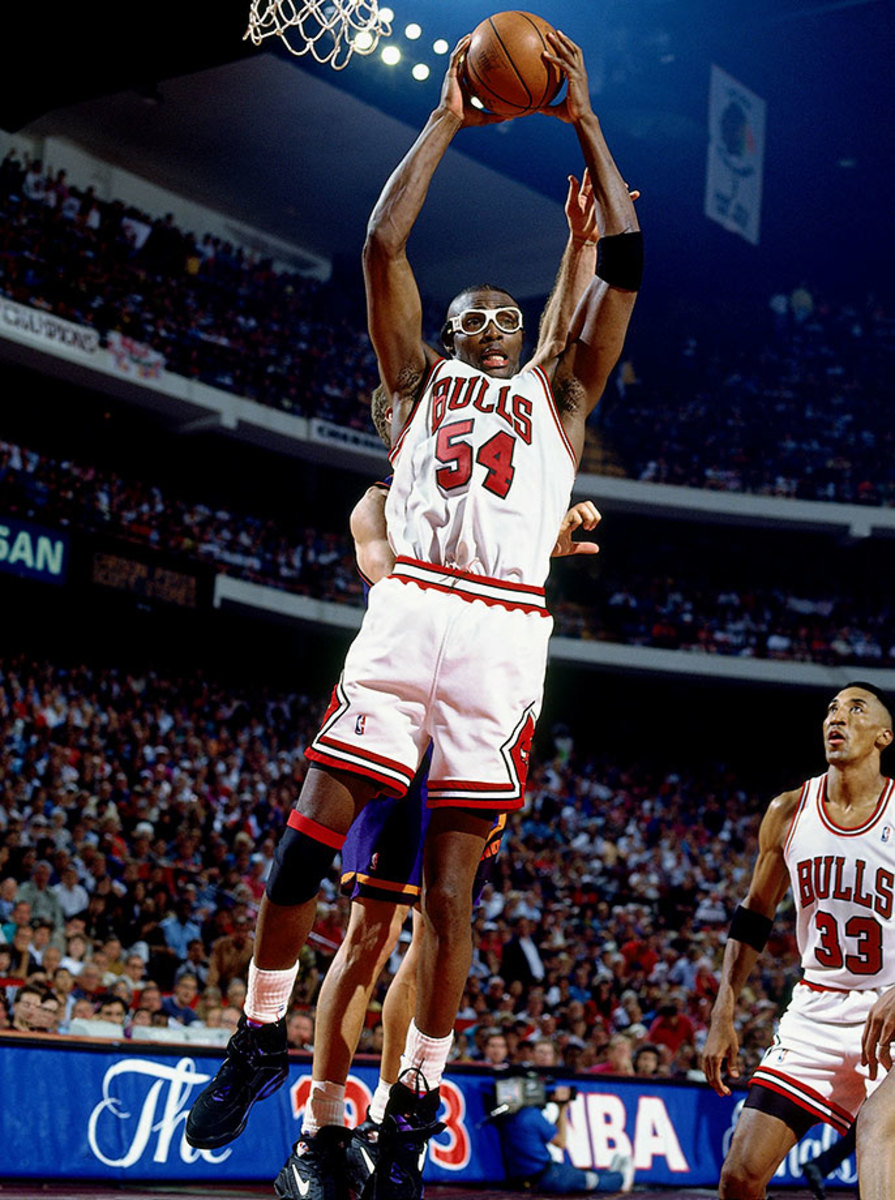
The Bulls drafted Grant five picks after Scottie Pippen in 1987, two moves that would greatly add to the cast around Michael Jordan and lead to Chicago’s first three-peat. Grant left the Bulls after an All-Star season in 1994. He never quite hit that peak again, but Grant was an effective two-way player and would earn another ring with the Lakers in 2001.
55 — Dikembe Mutombo
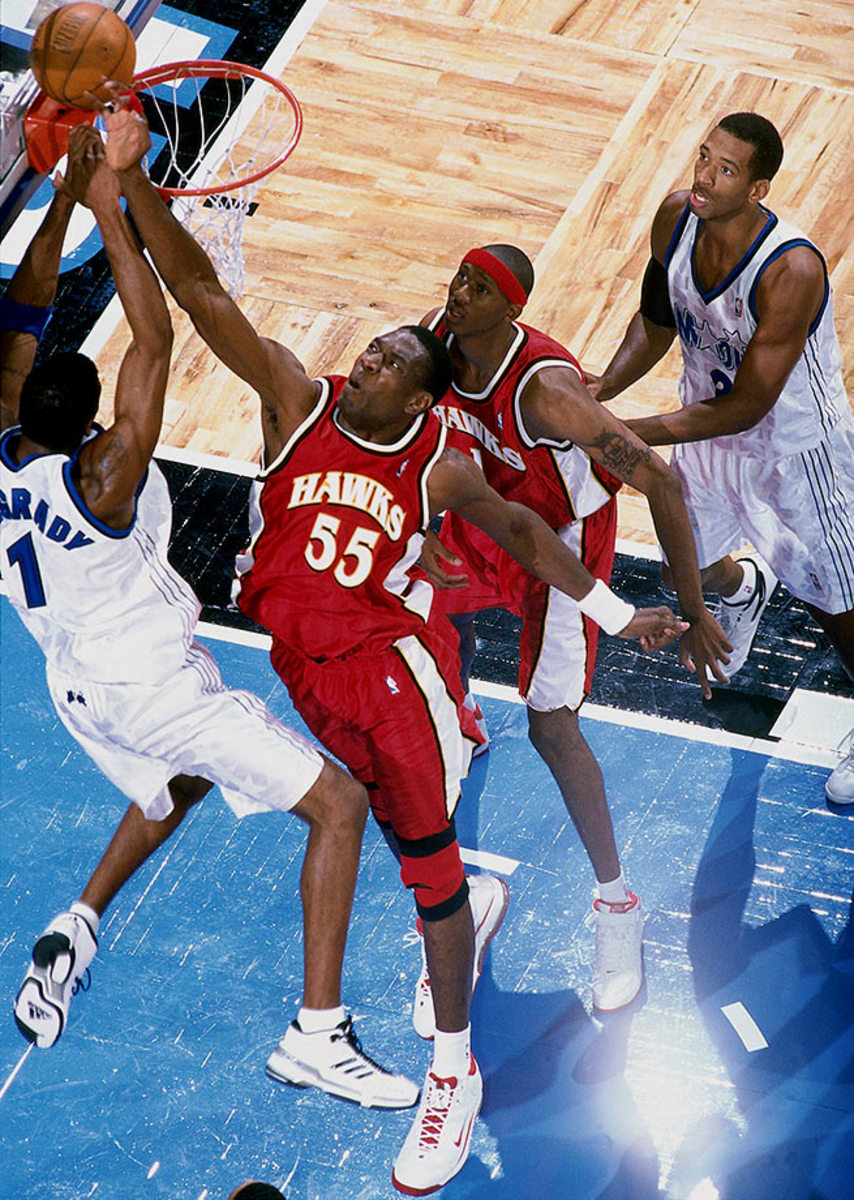
His full name, Dikembe Mutombo Mpolondo Mukamba Jean-Jacques Wamutombo, is almost as long as his stellar 18-year career. Mutombo ranks second all-time in NBA history in career blocks, was an eight-time All-Star and earned Defensive Player of the Year honors four times. He reached the playoffs in 13 seasons. — Runner-up: Kiki Vandeweghe
56 — Francisco Elson
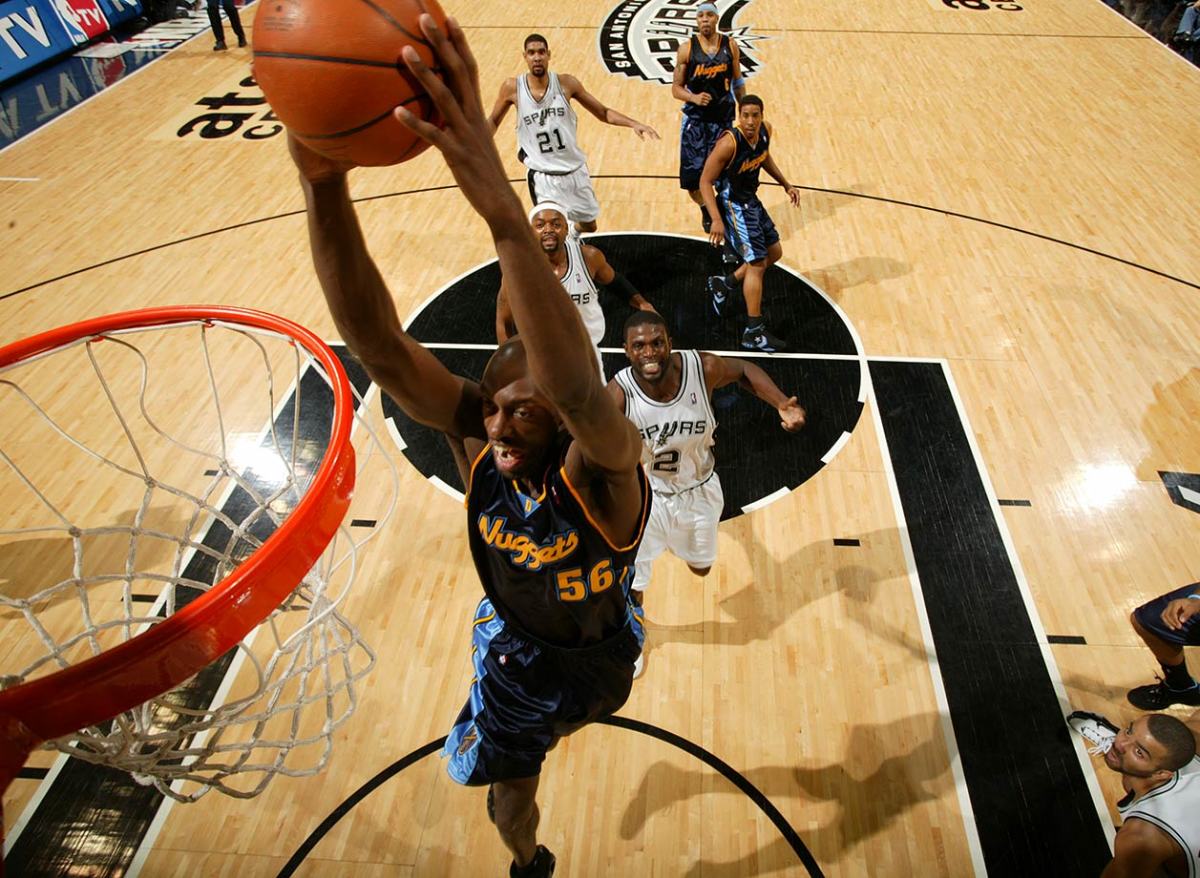
Hailing from the Netherlands, Elson was a second-round pick who would never make a major impact at the NBA level. He did start 54 games for Denver in 2006 and gain some fame for scuffling with Kevin Garnett in the playoffs that year. He won a title with San Antonio in 2007, starting 41 games that season.
57 — Hilton Armstrong
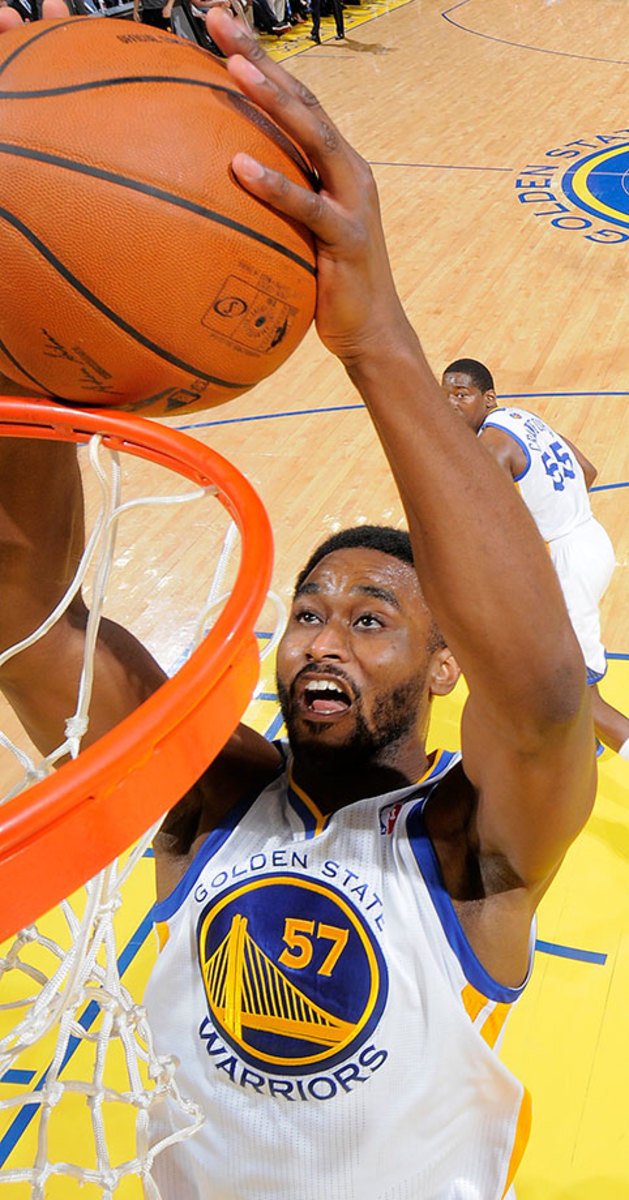
The UConn product and 12th overall pick in the 2006 NBA draft, Armstrong is the only player in NBA history to have worn #57. Armstrong donned the number in the 2013-14 season, in which he appeared in 15 games for the Golden State Warriors. Armstrong’s best year came in 2008-09, when he averaged 4.8 points and 2.8 rebounds for the New Orleans Hornets.
61 — Bevo Nordmann
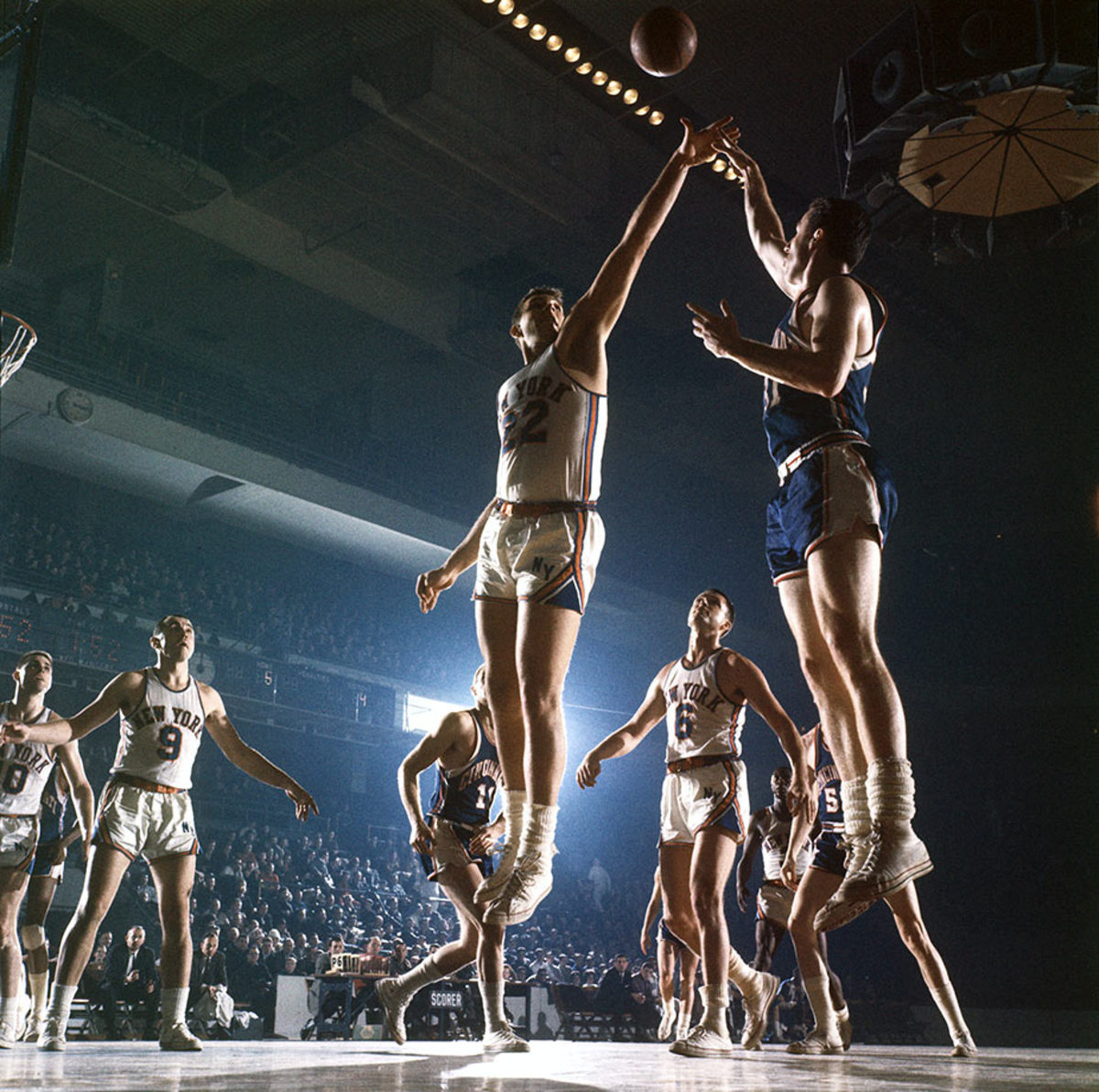
After the Cincinnati Royals selected him with the second pick in the third round of the 1961 NBA draft, Nordmann played just four seasons in the NBA. He wore No. 61 in his rookie season in 1961-62. Nordmann averaged 7 points and 6 rebounds for the St. Louis Hawks and New York Knicks (pictured here wearing No. 22) in the 1962-63 season. — Runner-up: Dave Piontek
62 — Scot Pollard
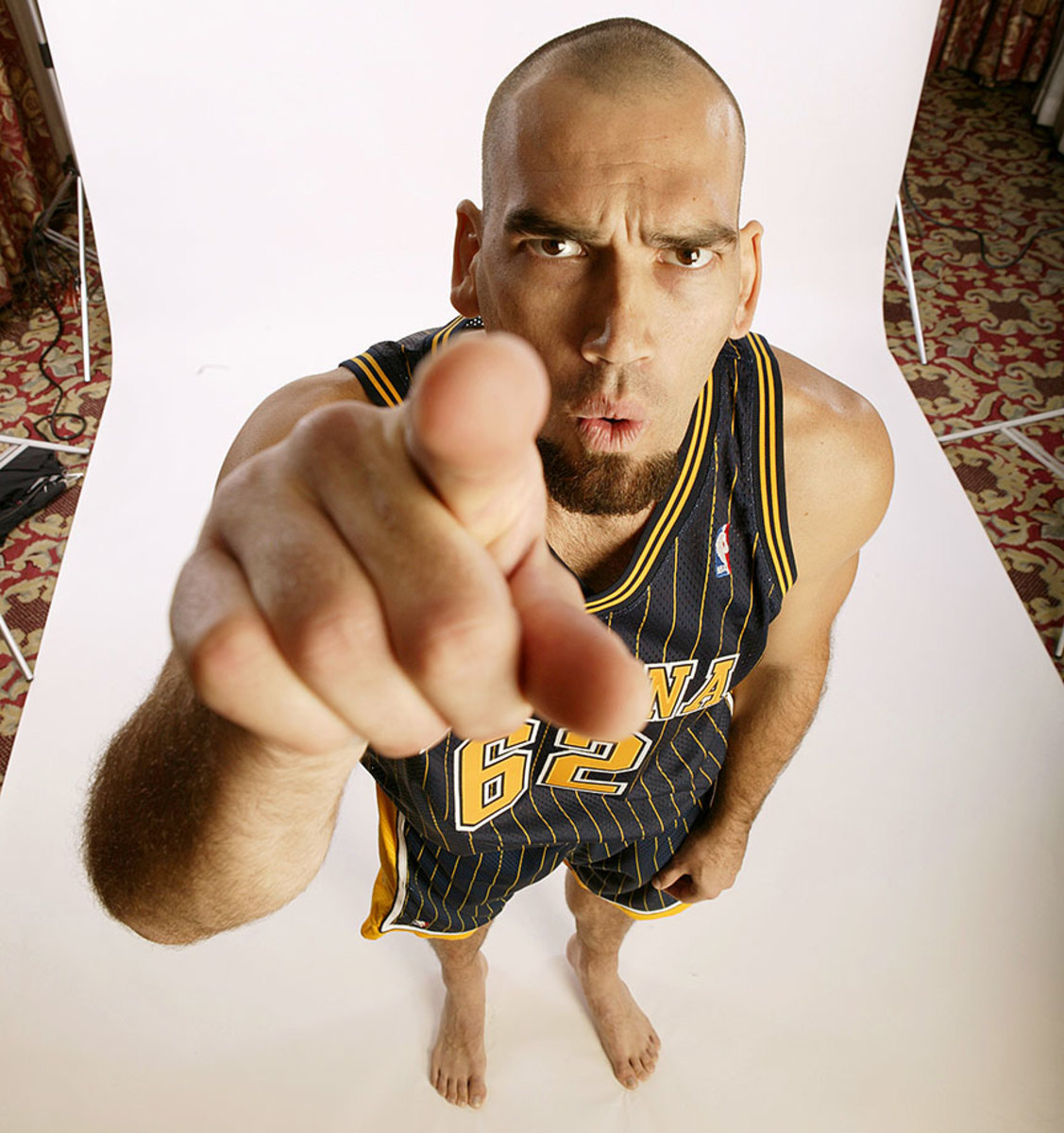
Pollard was notorious for his tough defensive play and variety of wild hairstyles, and not necessarily in that order. Still, he appeared in the playoffs in nine of his 11 seasons and made his greatest impact backing up Vlade Divac with the Kings in the early 2000s, occasionally filling in at power forward when Chris Webber was hurt.
70 — Frank Selvy
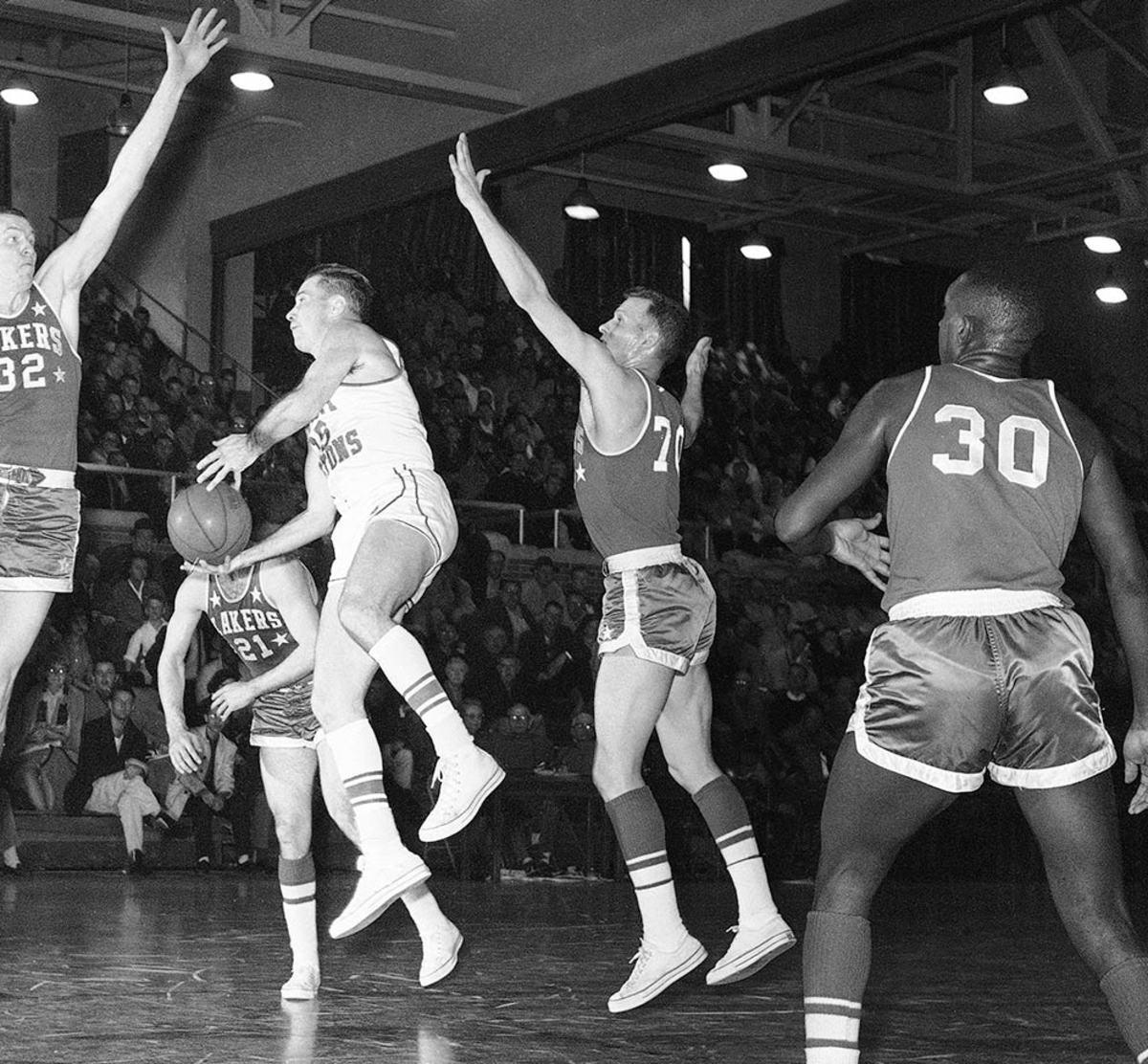
Selvy holds the NCAA Division I record for points in a game with 100 (yes, you read that right). He was the first overall pick in the 1954 NBA draft and averaged 10.8 points per game in ten seasons. Selvy was a two-time NBA All-Star and a teammate to Elgin Baylor and Jerry West with the Lakers.
71 — Willie Naulls
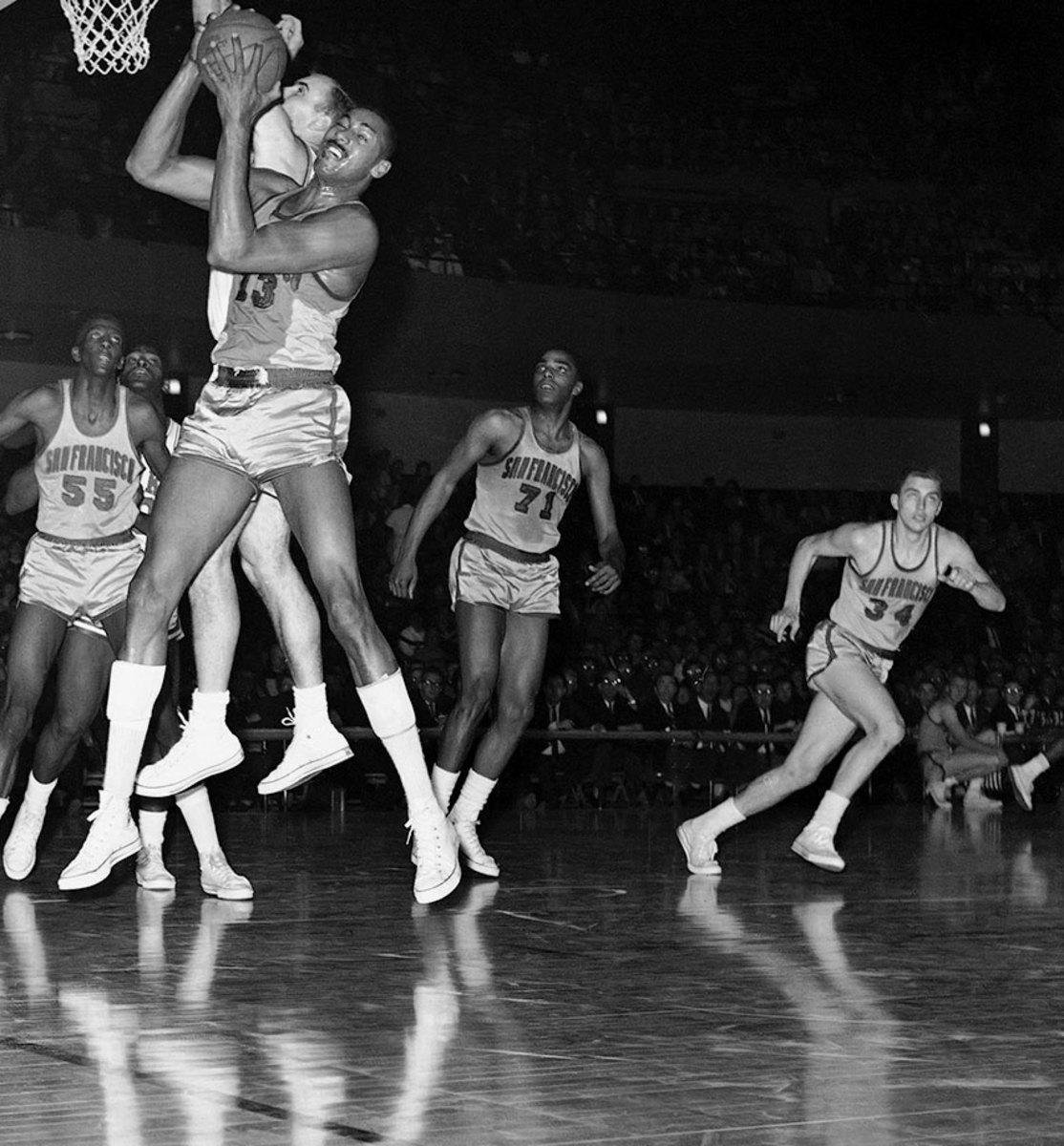
A four-time All-Star, Willie Naulls starred for the New York Knicks during the late 1950s and early 1960s. From 1959 to 1962, Naulls averaged over 20 points and 10 rebounds before game. He wore No. 71 for the Golden State Warriors for 47 games in the 1962-93 season after the Knicks traded him for Tom Gola. — Runners-up: McCoy McLemore, Bob Wiesenhahn
72 — Jason Kapono
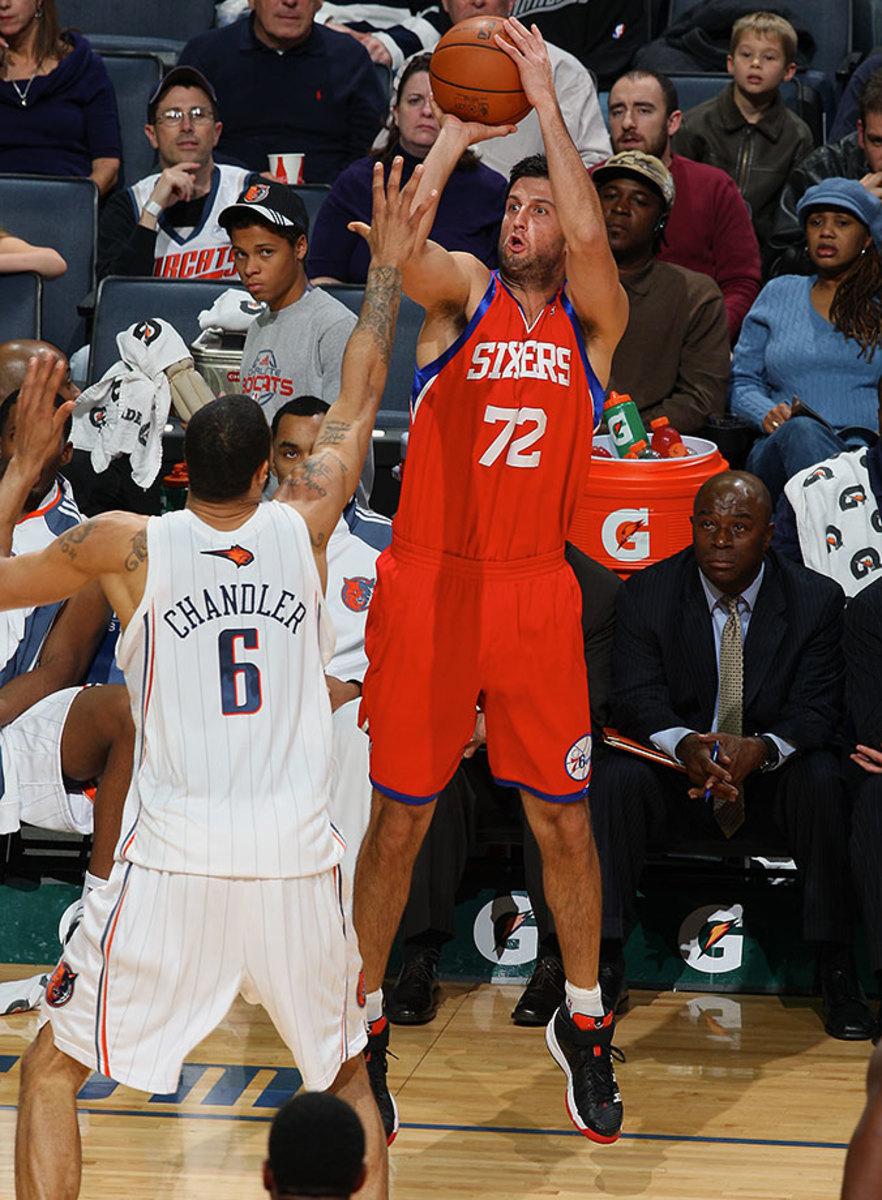
Kapono was the second-to-last pick of the 2003 NBA draft and had a relatively nice nine-year career as a role player known for his shooting ability. He led the league in three-point percentage with a 51.4% clip in 2006-07 as a member of the Heat, the year following Miami’s title win. He also outshot Dirk Nowitzki and Gilbert Arenas to win the shootout at All-Star weekend that year and would successfully defend that title in ‘08.. Kapono holds the distinction of blocking the first shot in Bobcats history as a member of Charlotte’s expansion roster.
73 — Dennis Rodman
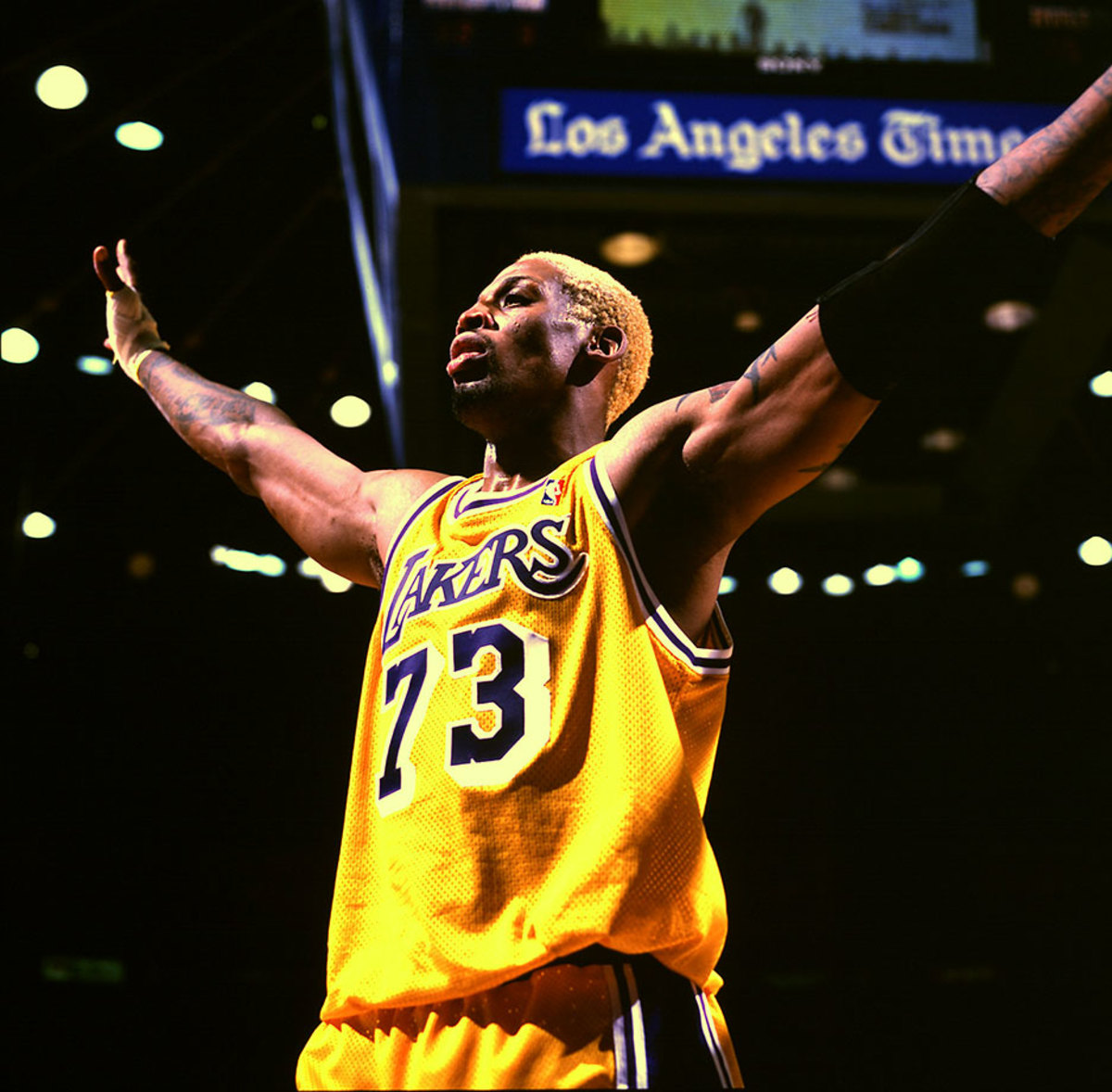
Rodman’s most famous for wearing No. 91, and is the only player to make this list twice, given he became the only player in NBA history to wear No. 73 when he suited up for the Los Angeles Lakers in the 1998-99 season. He’s a five-time NBA champion, winning two as a “Bad Boy” Piston and three with Jordan’s Bulls, and set an NBA record by leading the league in rebounding for seven straight seasons (1991-98).
76 — Shawn Bradley
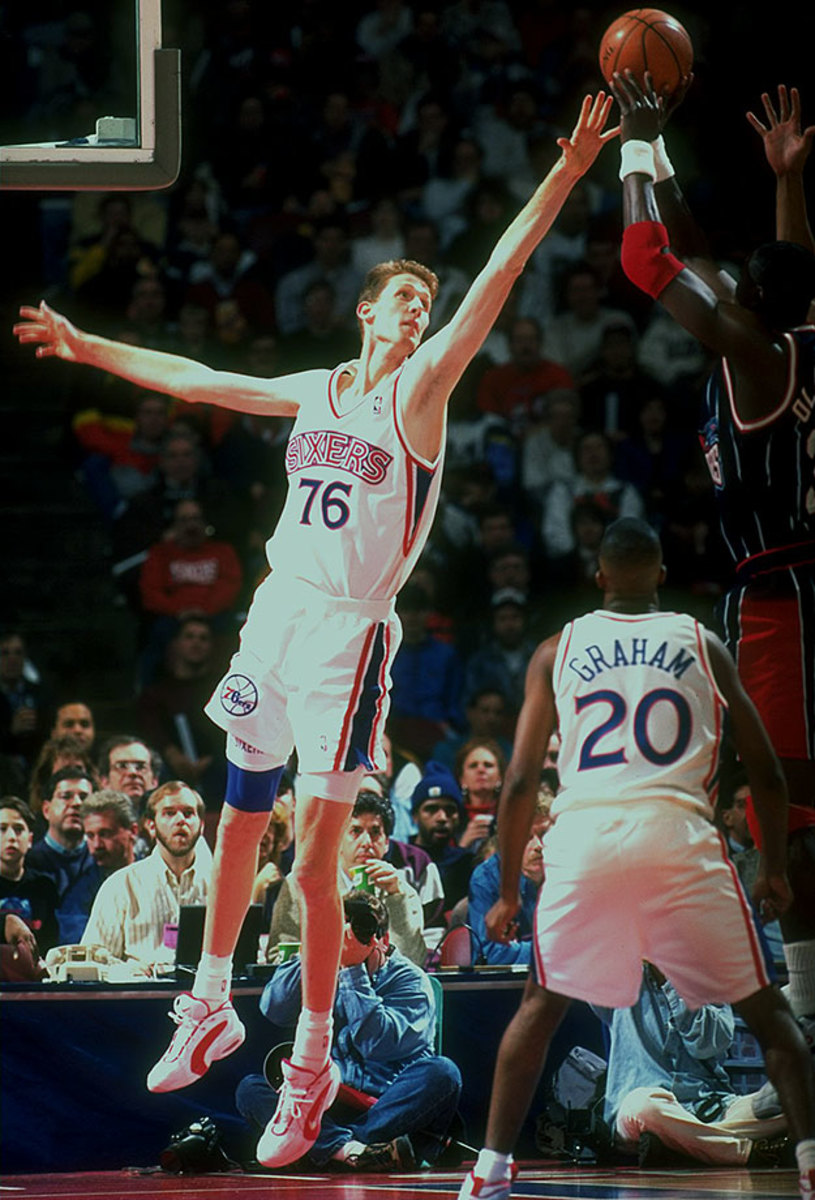
Standing 7’6”, Bradley’s height made him an NBA commodity and he enjoyed a solid career functioning primarily as one of the league’s best shot-blockers. He averaged three or more blocks per game in each of his first six seasons while also rebounding effectively and scoring when needed. Bradley also took a memorable turn as a supporting character in Space Jam.
77 — Gheorghe Muresan
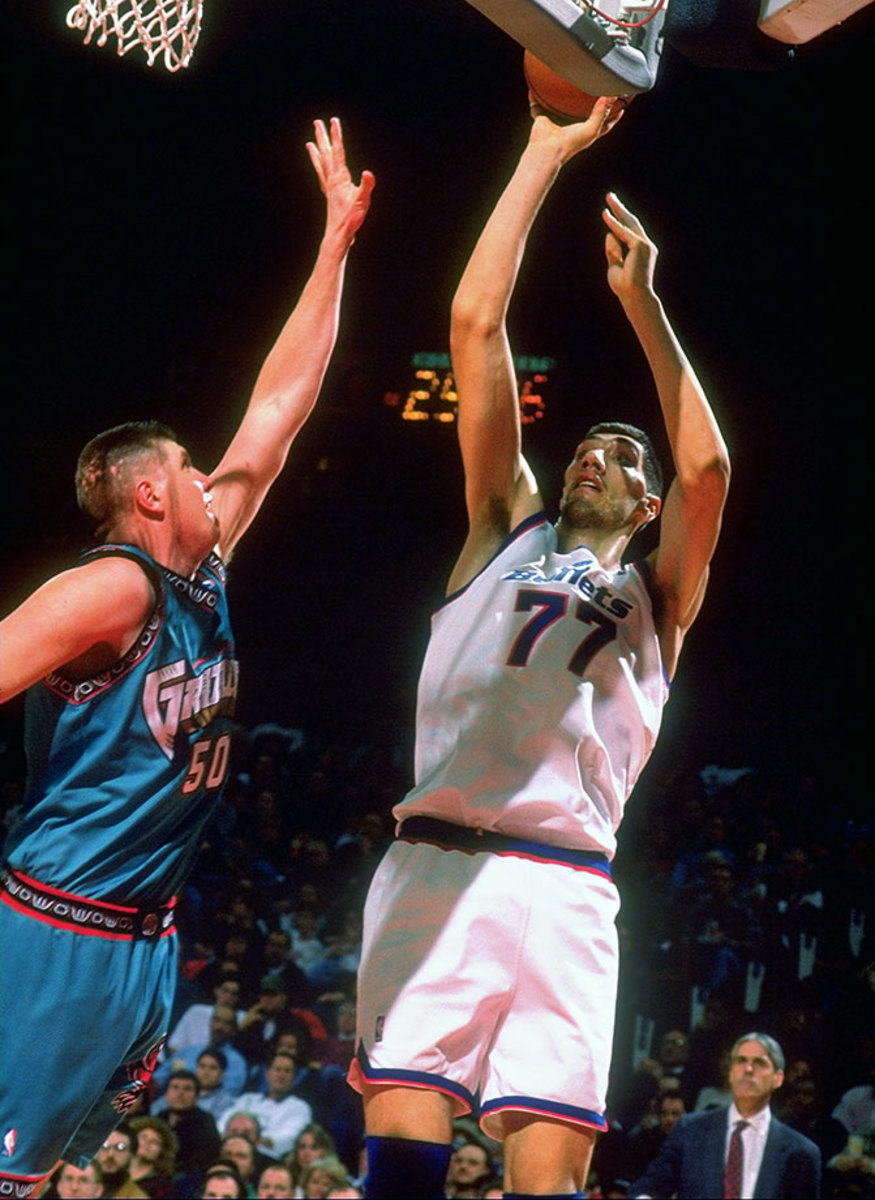
At 7’7”, Muresan is the tallest player in the NBA history, along with the late, great Manute Bol. Muresan earned the 1995-96 Most Improved Player award after averaging 14.5 points, 9.6 rebounds, 2.2 blocks per game while making a league-leading 58.4% of his field goals. — Runners-up: Vladimir Radmanovic, Jake Voskuhl
83 — Craig Smith
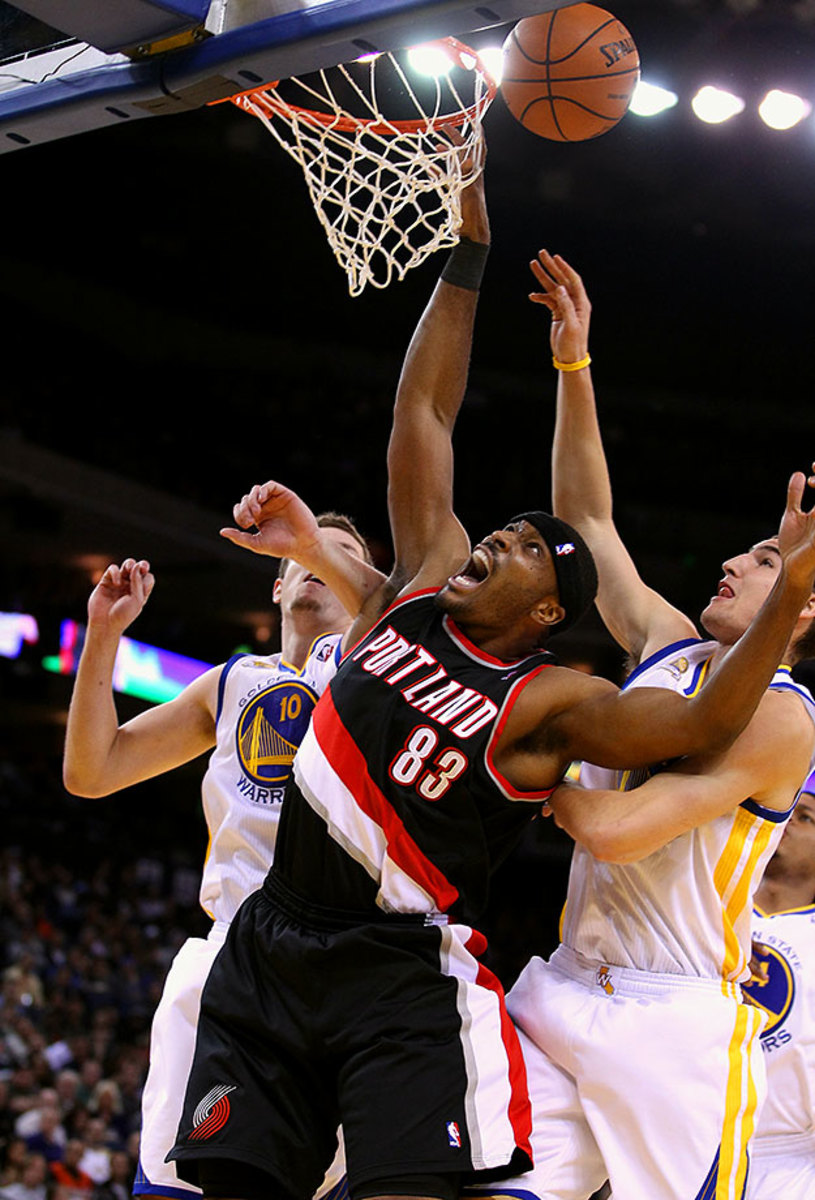
The 36th overall pick in the 2006 NBA draft, Smith is the only player to wear No. 83 in league history. Smith wore the number when he appeared in 47 games for Portland in the 2011-12 season. His best season came in 2008-09, when he averaged 10.1 points and 3.8 rebounds per game for Minnesota.
84 — Chris Webber
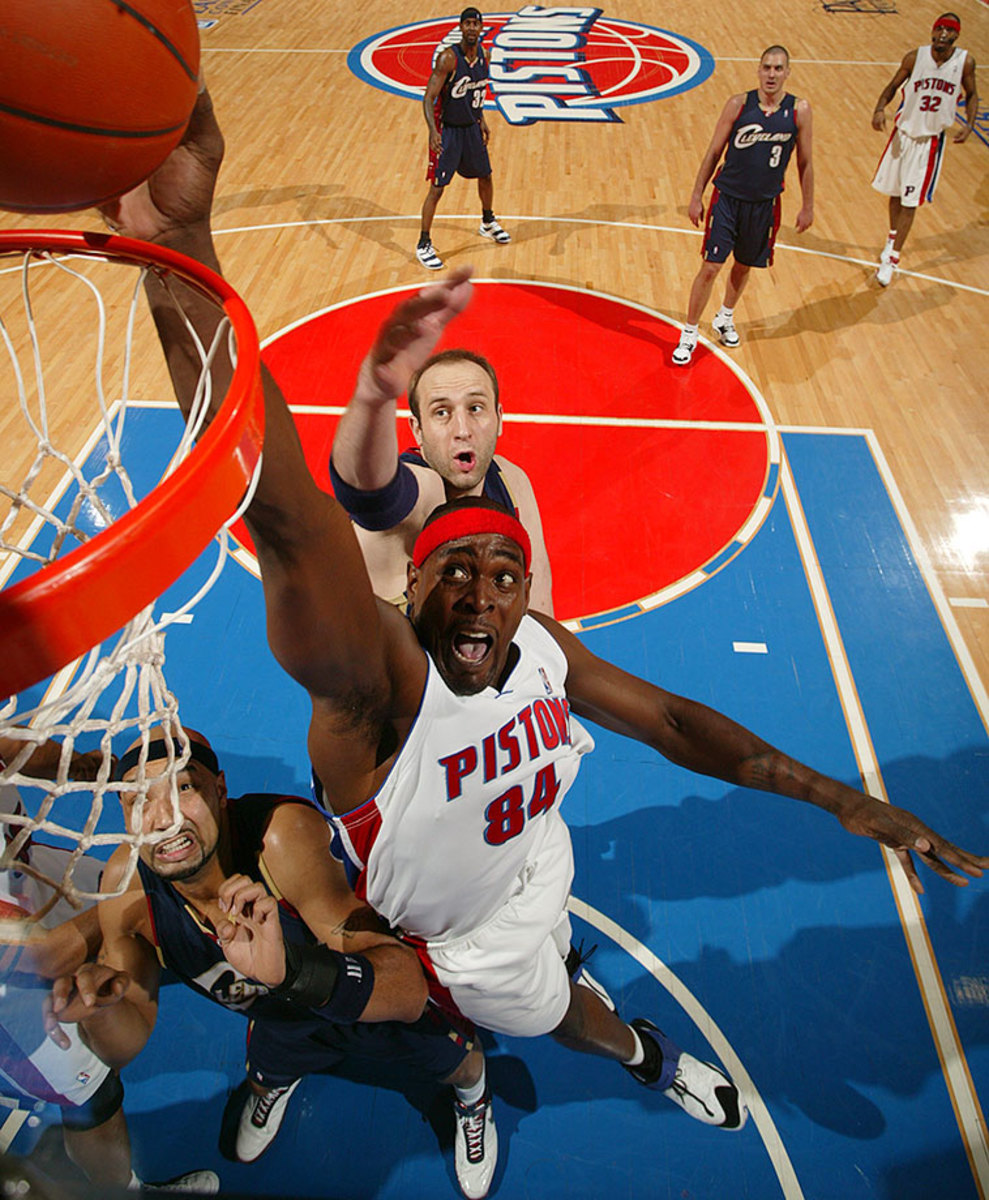
C-Webb only donned No. 84 after his prime, in his lone part of a season with Detroit after being traded in 2007. But Chris Webber was a dominant force before a serious knee injury in the 2003 playoffs, one of the NBA’s best post passers and dynamic power forwards. He was a five-time All-Star, averaging 20.7 points and 9.8 rebounds in 15 seasons. But the hopes of the entertaining Kings teams of the early 2000s went down when Webber did, and he would retire without a title to his name.
85 — Baron Davis
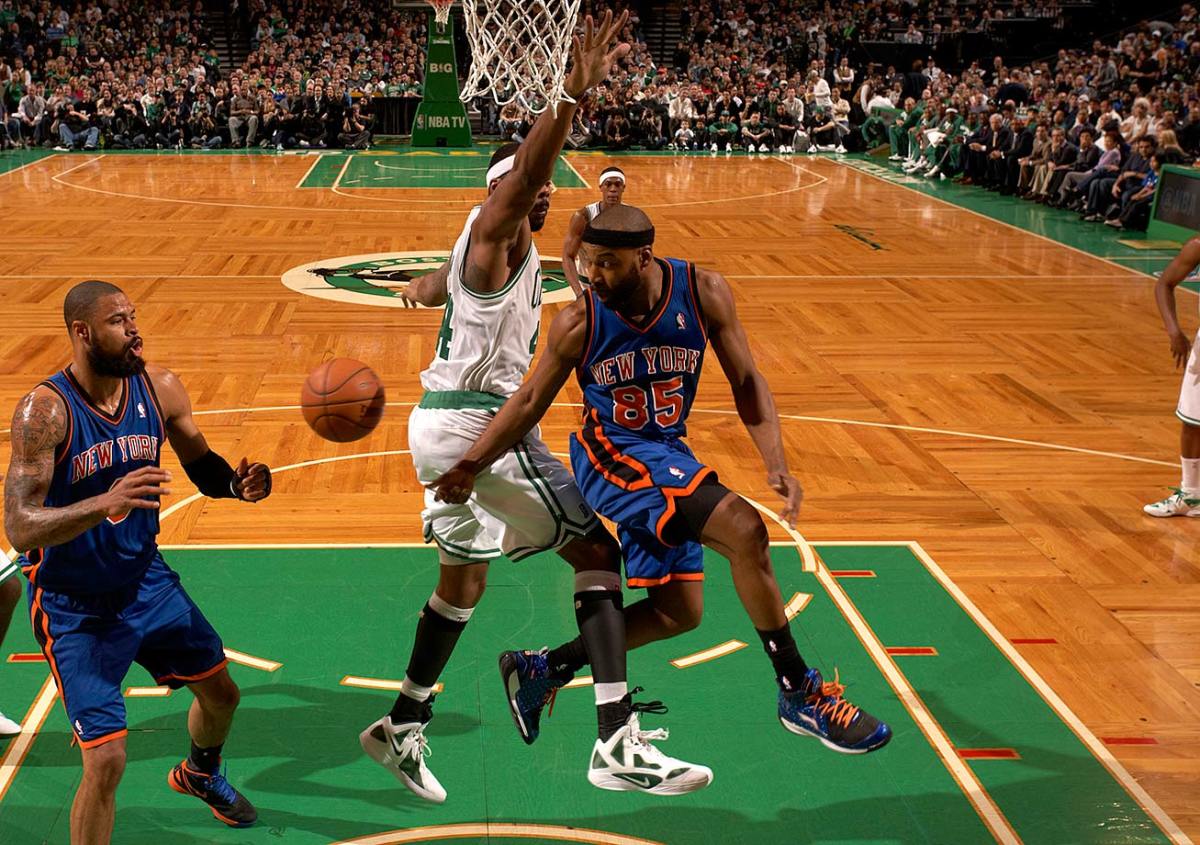
After the Hornets selected him third overall in the 1999 NBA draft, Davis became a two-time All-Star. He most notably led the eight-seeded Warriors to a 4-2 first round upset of the top-seeded Mavericks. He’s the only player in NBA history to wear No. 85, doing so for both the Cavaliers and Knicks.
86 — Semih Erden
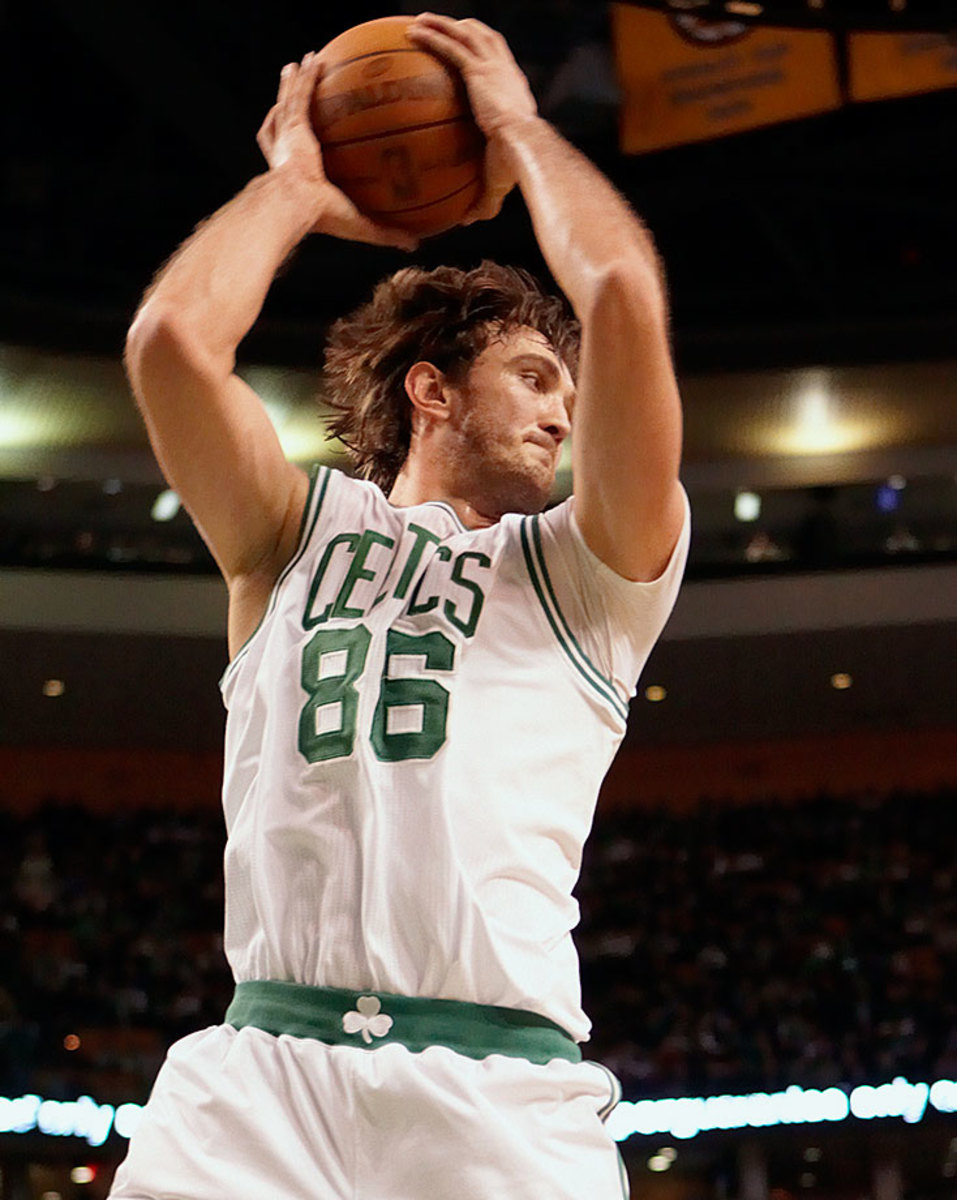
Erden, a 7-foot Turkish center, played three NBA seasons and played in just 69 games. He started nine games for the Cavaliers in 2011-12 and headed back overseas the next season, playing in his native country ever since. — Runner-up: Chris Johnson
88 — Nicolas Batum
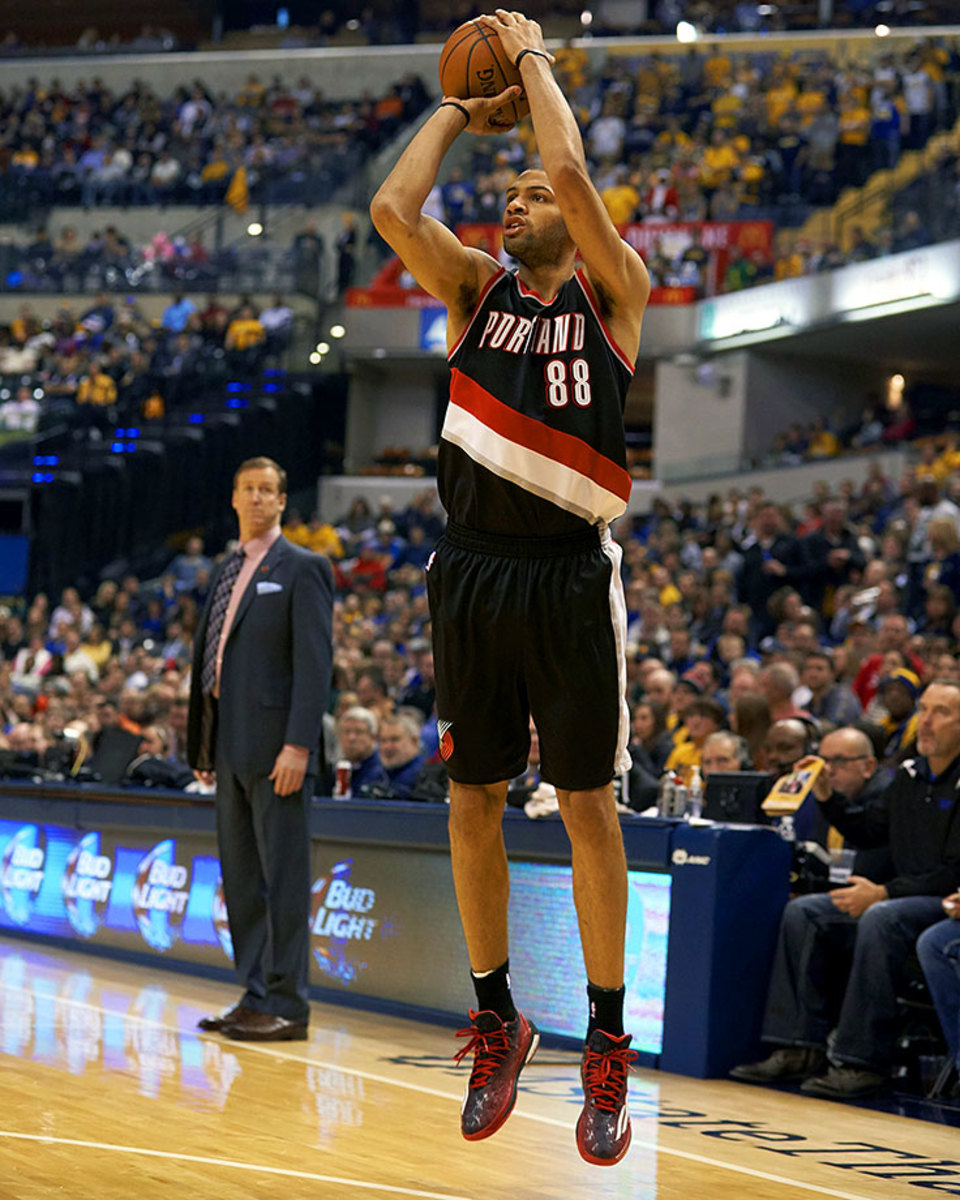
Batum, a late first-round pick, was traded to Portland from Houston for the rights to Darrell Arthur and Joey Dorsey on draft day 2008. His career’s been solid, with a well-rounded game and good size and ball skills. But 2012-13 was a highlight year for Batum, when he averaged 14.3 points, 5.6 rebounds and 4.9 assists. The Frenchman was traded to Charlotte in the off-season and will start fresh as a Hornet this fall. — Runner-up: Antoine Walker
89 — Clyde Lovellette
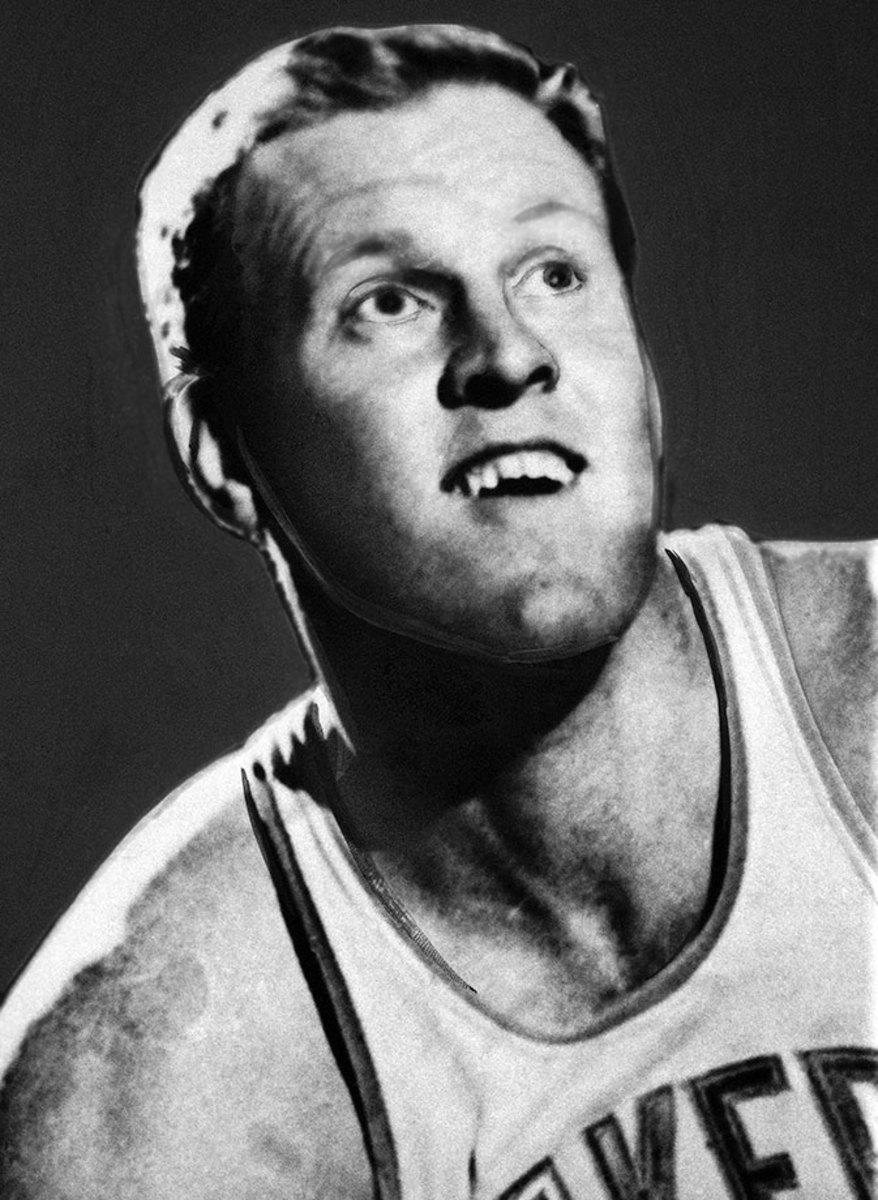
The ninth overall pick in the 1952 NBA draft, Lovellette wore No. 89 in his rookie season for the Minneapolis Lakers. A four-time All-Star, Lovellette averaged 17 points and 9.5 rebounds per game during his 11-year career. Lovellette was part of three NBA championship teams. — Runner-up: Louis Amundson
90 — Drew Gooden
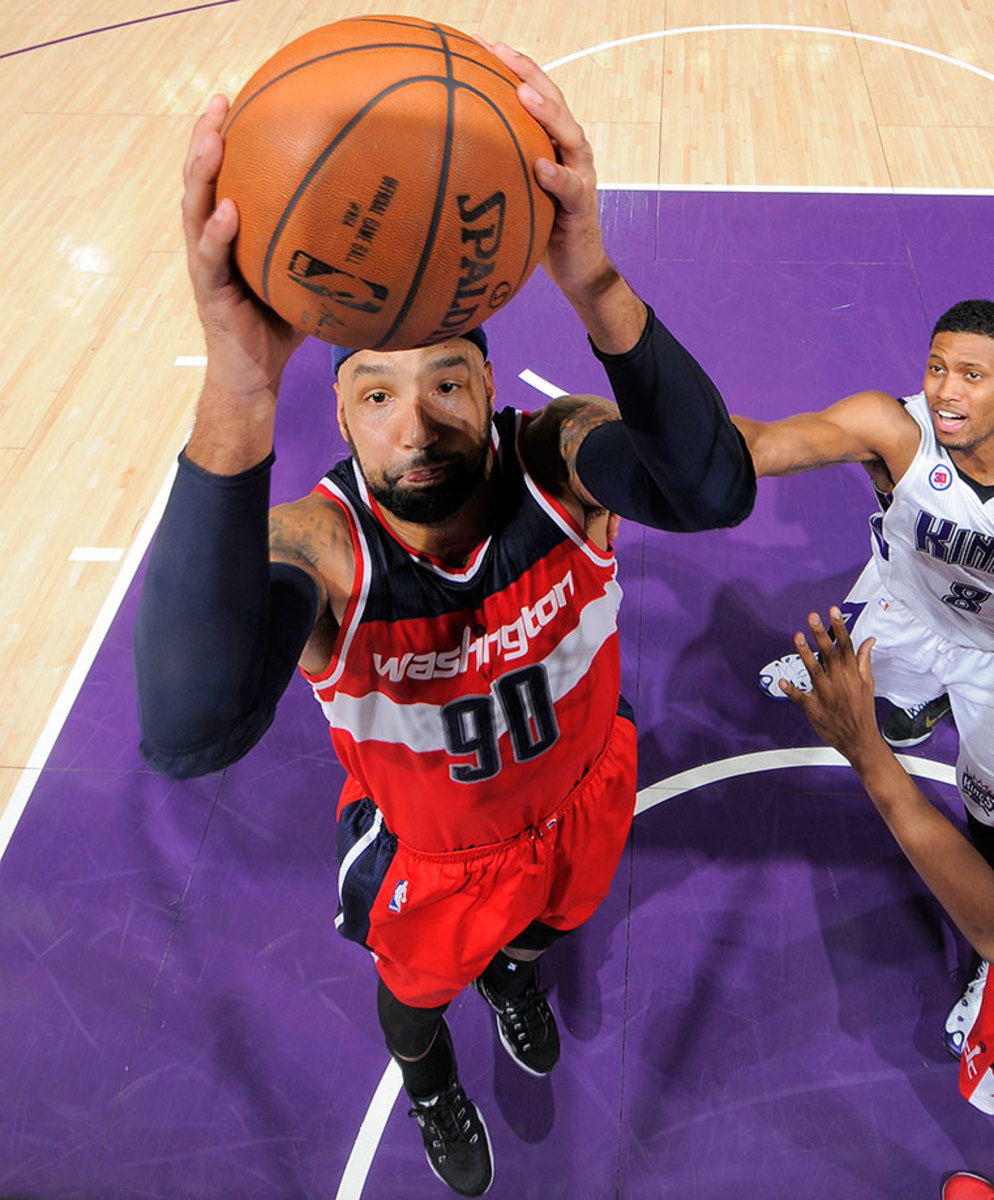
A number of NBA stops haven’t kept Gooden from posting decent production, though he has not quite justified his fourth overall selection in 2001. He came into a role with the Wizards last season and averaged double figures in scoring every season up until 2012.
91 — Dennis Rodman
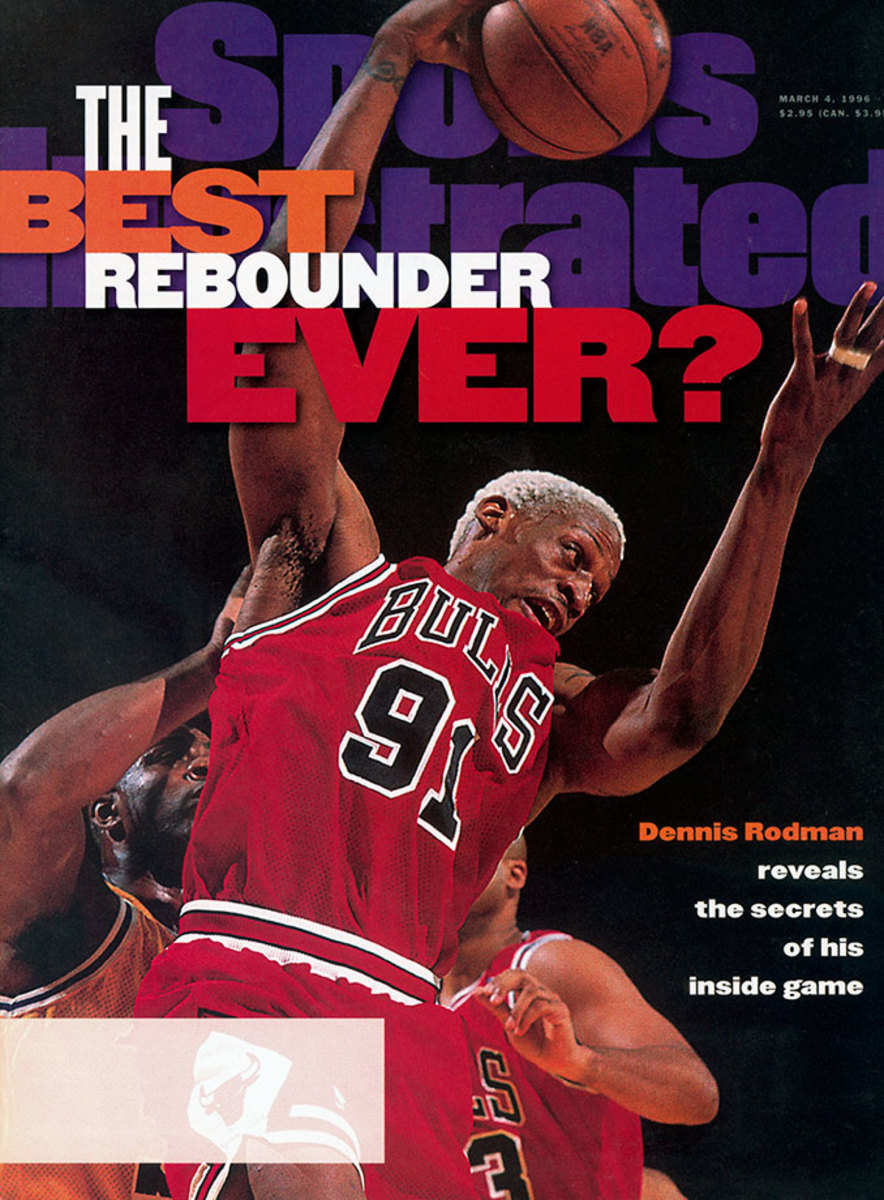
Rodman, appearing for the second time on this list, retired with a reputation as one of the NBA’s greatest rebounders ever, not to mention a strong defender and enormous off-court presence with a penchant for dying his hair on the regular. He won five titles, was Defensive Player of the Year twice, made seven All-Defensive first teams and two All-Star teams, and became one of America’s most polarizing athletes in the process.
92 — DeShawn Stevenson
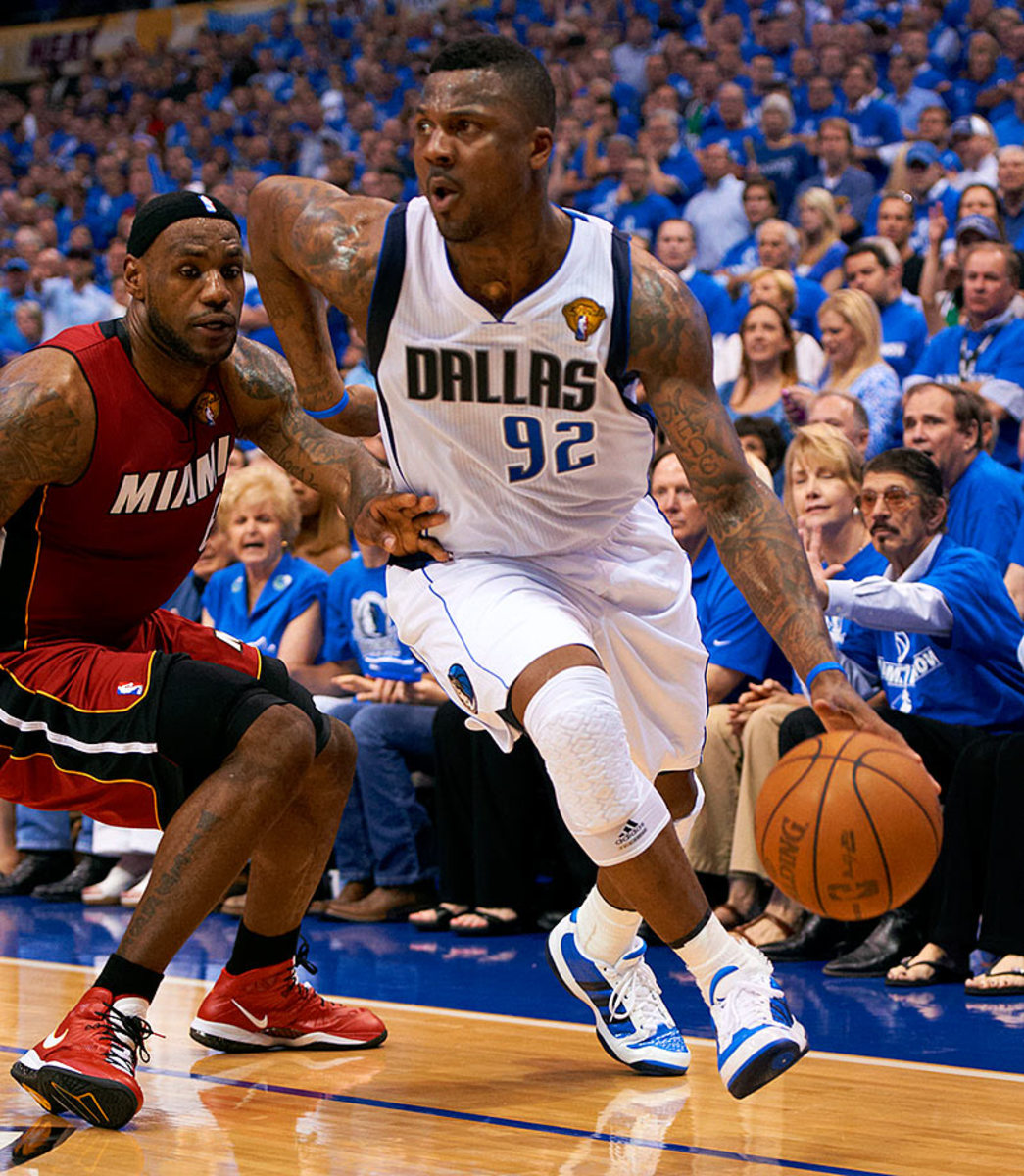
Stevenson never came close to his prep-star hype, but bounced around supplying average production much of his career. He had a moment for the Mavericks during their 2011 title run, famously proclaiming himself the “LeBron stopper.” And hey, Dallas topped Miami. For all we know, he still holds that title.
93 — Metta World Peace (Ron Artest)
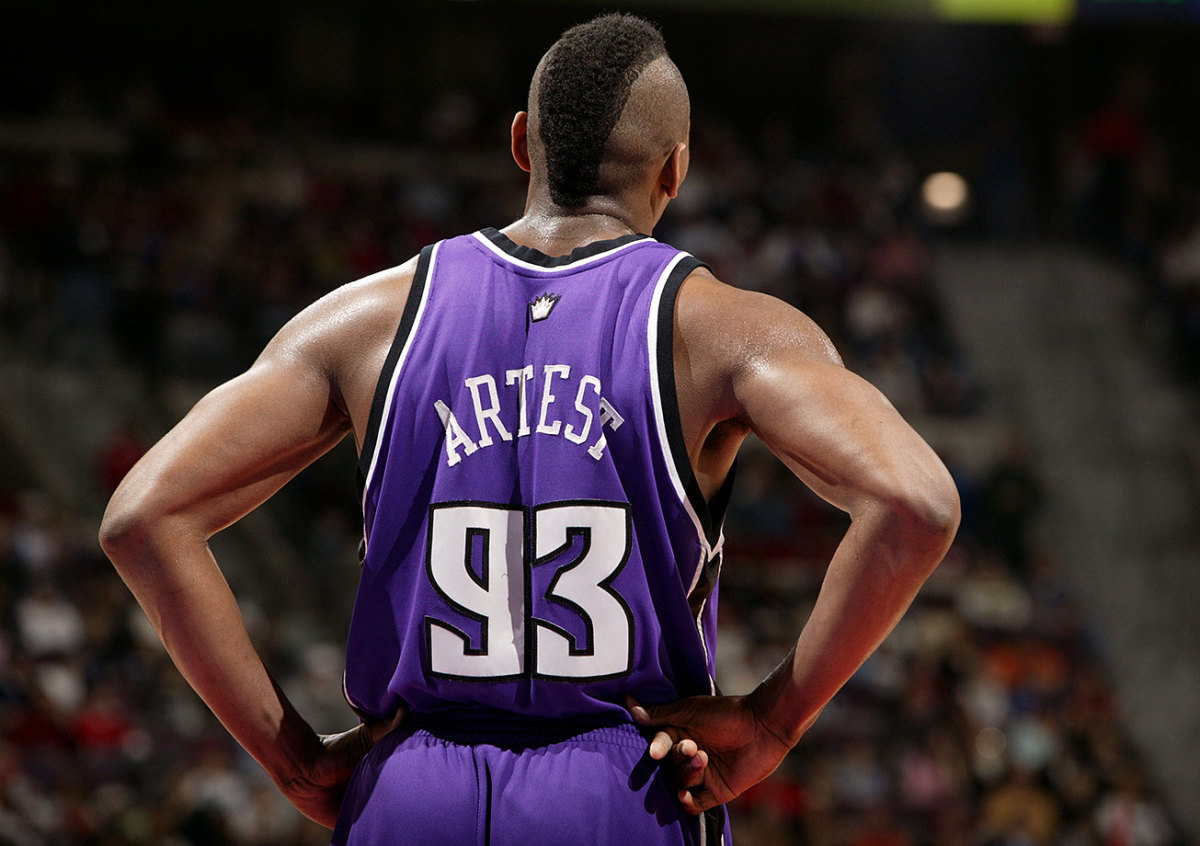
Before changing his name to Metta World Peace, Ron Artest wore No. 93 from 2006-08 with the Sacramento Kings. Artest donned seven different numbers in his career, and his personality and antics both on and off the court have overshadowed just how good he was in his prime. An elite, versatile defender for many years, Artest was averaging 24.6 points per game in 2005 before being suspended for the “Malice at the Palace” incident and missing the entire season.
94 — Evan Fournier
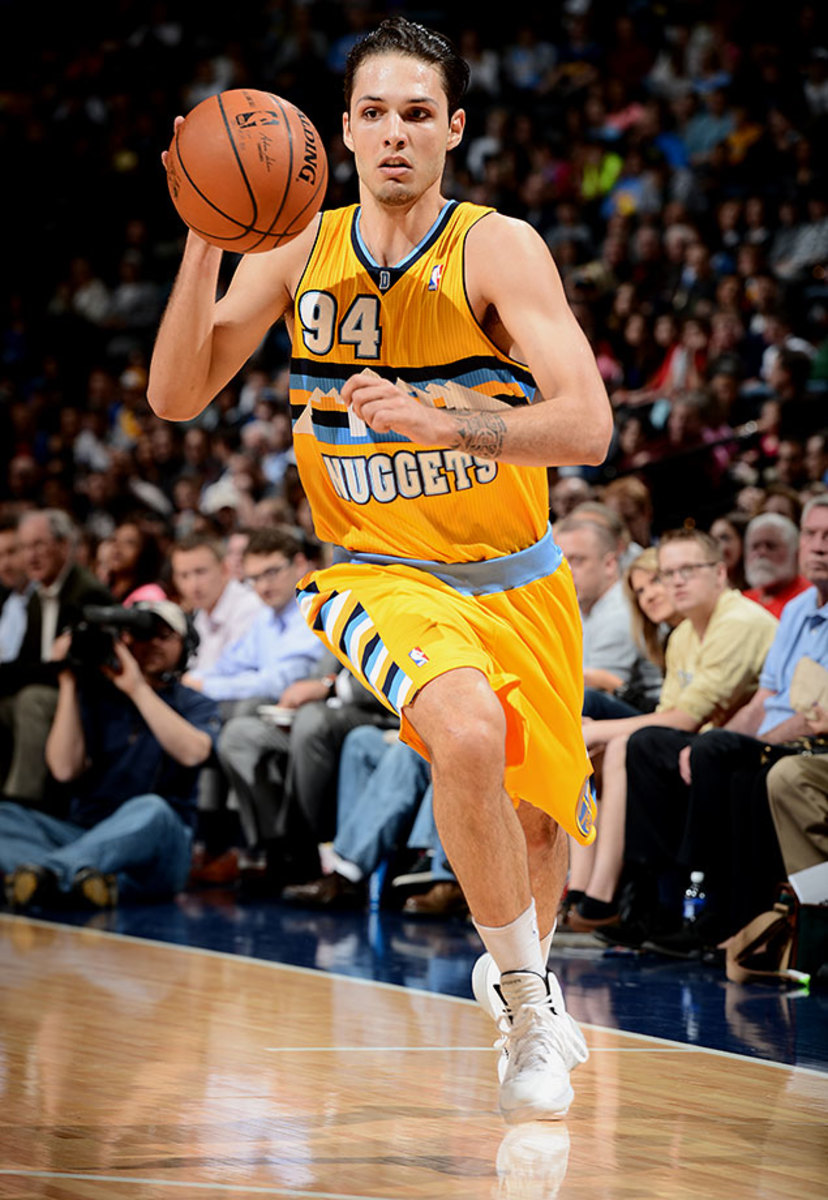
The French guard took a step forward last year at age 22, averaging 12 points per game for the Magic. He’s become a member of the French national team as well. The best may still be to come.
96 — Metta World Peace (Ron Artest)
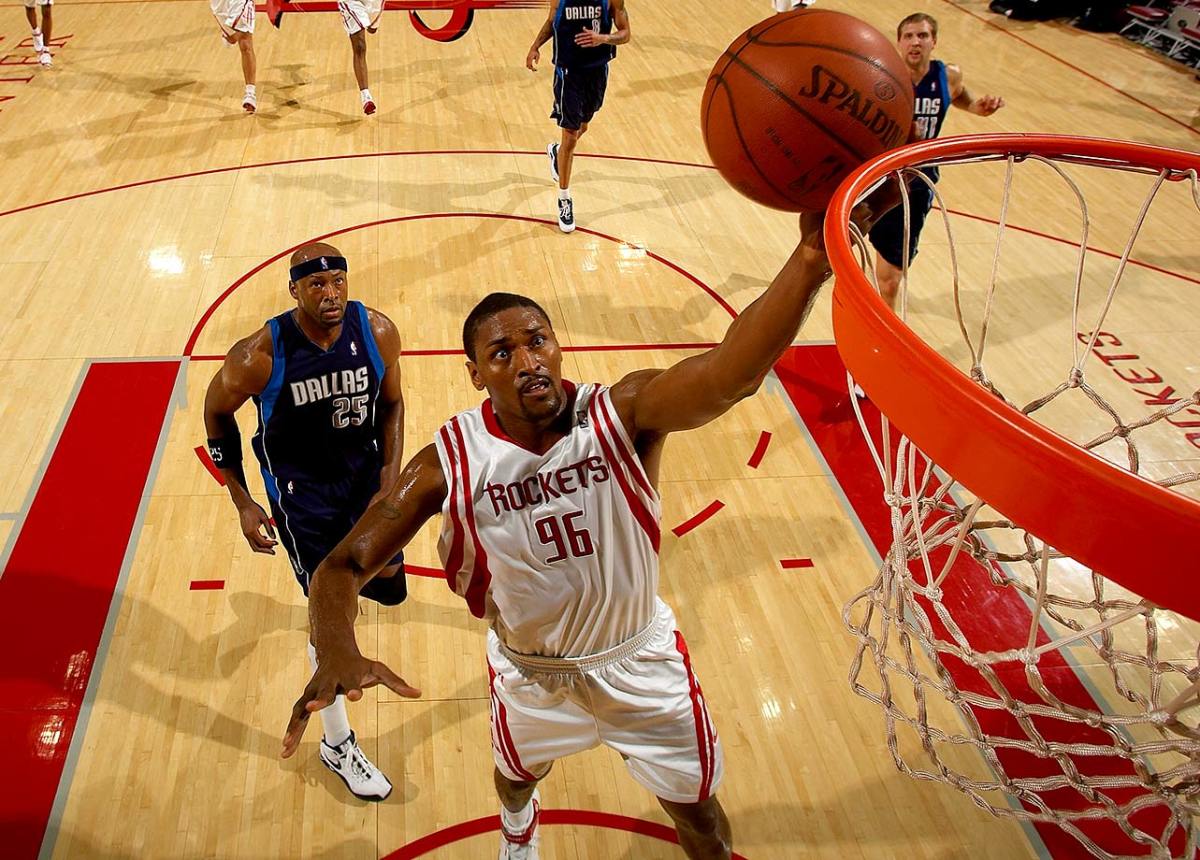
Not surpisingly, a player who donned seven different numbers in his career would appear twice on this list. Metta World Peace, then Ron Artest, wore No. 96 in the 2008-09 season with the Houston Rockets. He led the team in three-pointers and steals, finishing second in scoring behind Yao Ming. He won a title with the Los Angeles Lakers the following season.
98 — Jason Collins
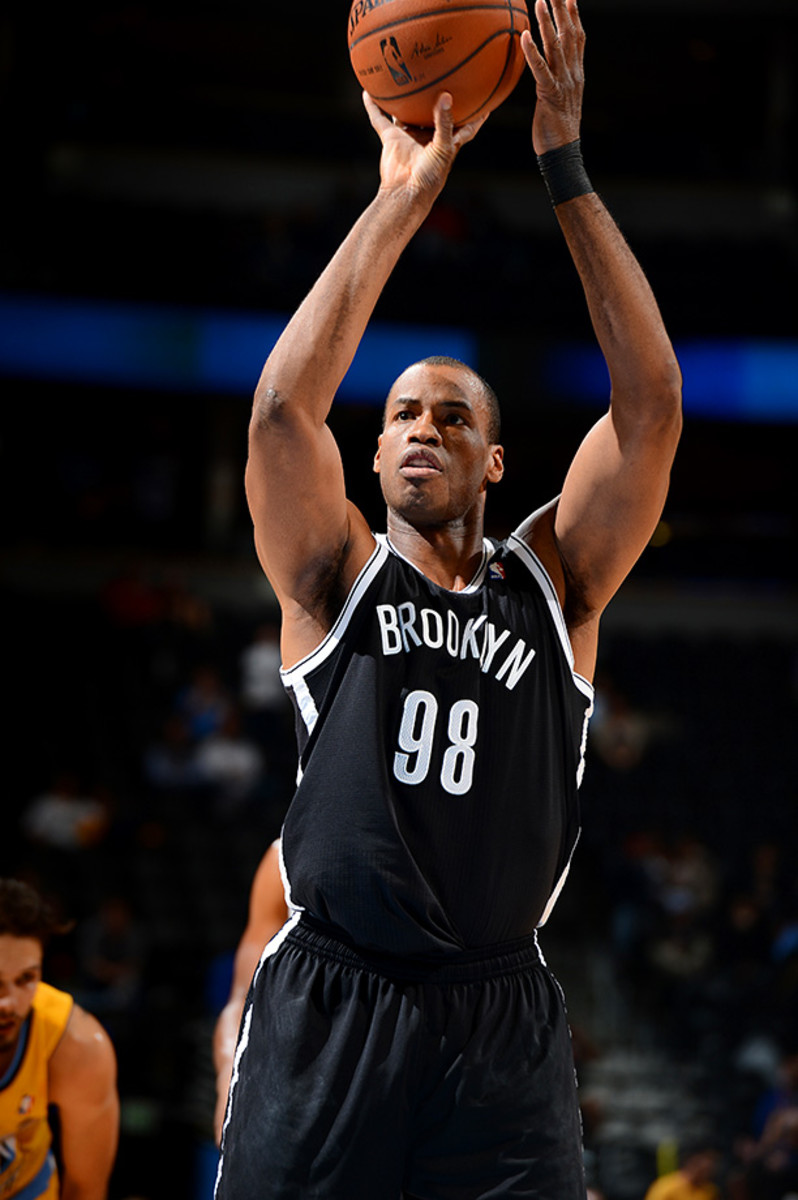
Collins never lived up to his first-round selection, but carved out a niche as a defensive-minded reserve center and hung around for 13 seasons. He averaged 3.6 points and 3.7 rebounds for his career. Collins became the first openly gay NBA player in 2014 and chose number 98 to honor Matthew Shepard, who was murdered in a 1998 hate crime.
99 — George Mikan
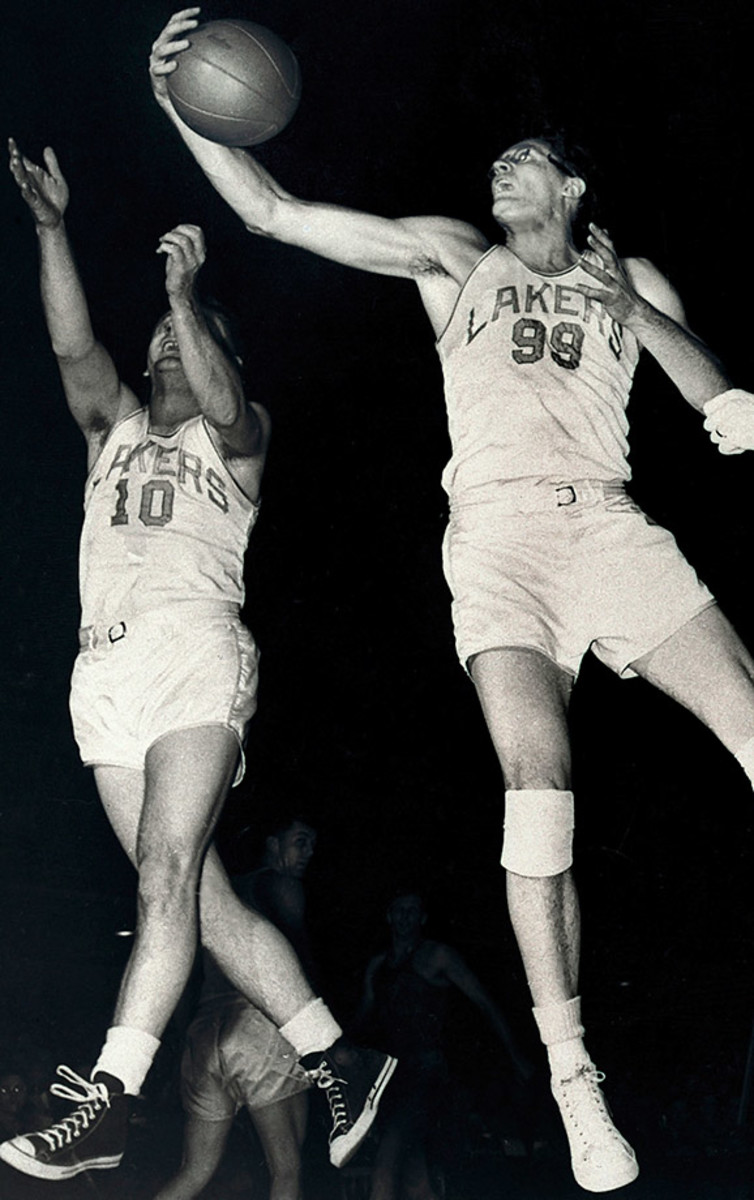
One of the game’s original superstars, Mikan was quite literally a giant among men at 6’10” in the 1940s and 1950s. He led the Lakers to four NBA championships and one BAA title before becoming an NBA franchise. Mikan was a four-time All-Star and was named one of the 50 greatest players in NBA history in 1996.
Rookie wing Mario Hezonja also seems to have all the makings of both a brilliant NBA scorer and the bee in Skiles’s bonnet. Players of flighty defensive attention and spotty offensive discipline don’t tend to be Skiles favorites. As such, it’s possible for Hezonja to be both a compelling prospect and a virtual irrelevant for the Magic should Skiles trust primarily in the same kinds of players he has previously. The same concern could be extended to Harris given that Skiles didn’t seem to be a fan when the two were both in Milwaukee, though as the coach of the Magic, Skiles now has $64 million reasons to find Harris’s game more appealing.
In all, Skiles arrival makes this a formative off-season for the Magic—even if many of their roster modifications were subtle. The one point of confusion in it all is why Orlando felt compelled go give away decent players; important as depth chart clarity may be, was it really necessary to trade away Maurice Harkless to Portland for nothing and facilitate Kyle O’Quinn’s exit to New York?
Grade: B-
